Search Result
Results for "
antiangiogenic
" in MedChemExpress (MCE) Product Catalog:
1
Biochemical Assay Reagents
13
Isotope-Labeled Compounds
| Cat. No. |
Product Name |
Target |
Research Areas |
Chemical Structure |
-
- HY-N4094
-
-
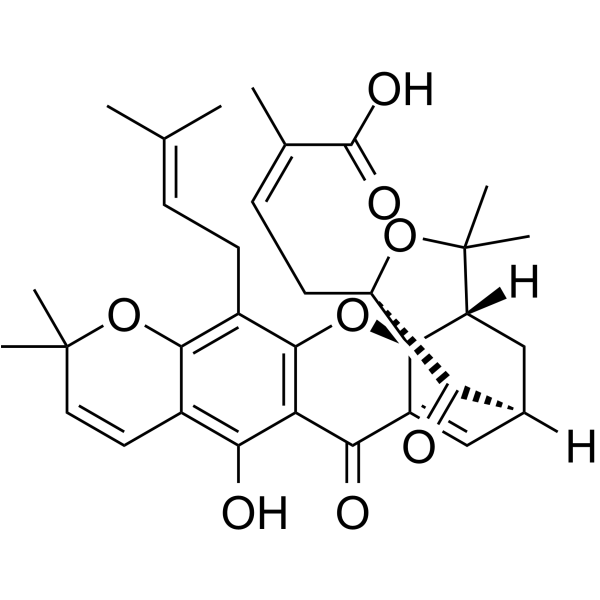
-
- HY-155174
-
|
|
Akt
|
Cancer
|
|
Antiangiogenic agent 4 (Compound 3b) inhibits Akt phosphorylation in HFF and HUVEC cells. Antiangiogenic agent 4 can be used for cancer research .
|
-
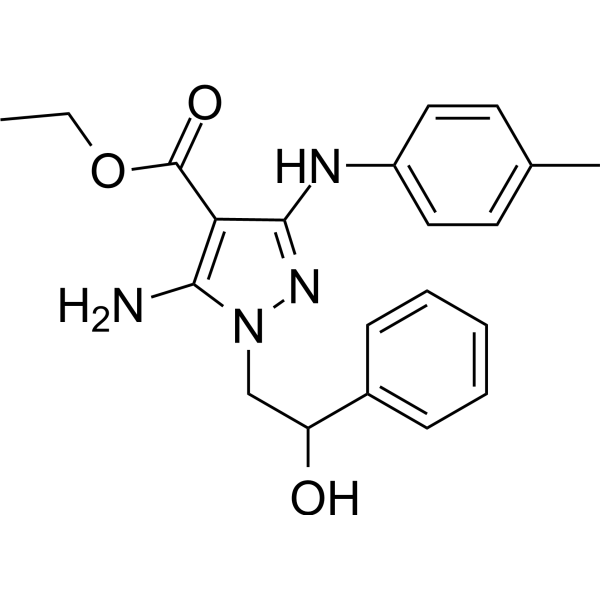
-
- HY-147969
-
|
|
Nucleoside Antimetabolite/Analog
|
Cancer
|
|
Antiangiogenic agent 2 (compound 3b) is a potent thymidine phosphorylase inhibitor, with an IC50 of 39.71 μM. Antiangiogenic agent 2 shows anti-angiogenic activity .
|
-

-
- HY-149921
-
|
|
Others
|
Cancer
|
|
Antiangiogenic agent 3 (compound 3) is a potent antiangiogenic agent. Antiangiogenic agent 3 is an inhibitor of human umbilical vein endothelial cells (HUVEC). Antiangiogenic agent 3 inhibits HUVEC migration and chemotactic motilities. Antiangiogenic agent 3 also decreases the gene expression of Src, cdc42, and MAPK .
|
-

-
- HY-160587
-
|
|
SRPK
|
Cardiovascular Disease
|
|
Antiangiogenic agent 5 (compound 17) has anti-angiogenic activity. Antiangiogenic agent 5 show inhibition to SRPK1, with IC50 of 1.3 nM .
|
-

-
- HY-13705
-
-
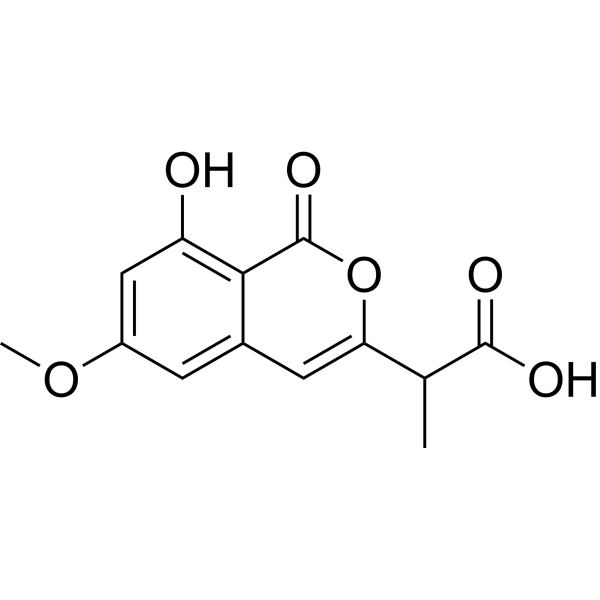
-
- HY-133571
-
|
AHGDM
|
HSP
ADC Cytotoxin
|
Cancer
|
|
Aminohexylgeldanamycin (AHGDM), a Geldanamycin derivative, is a potent HSP90 inhibitor. Aminohexylgeldanamycin shows antiangiogenic and antitumor activities .
|
-
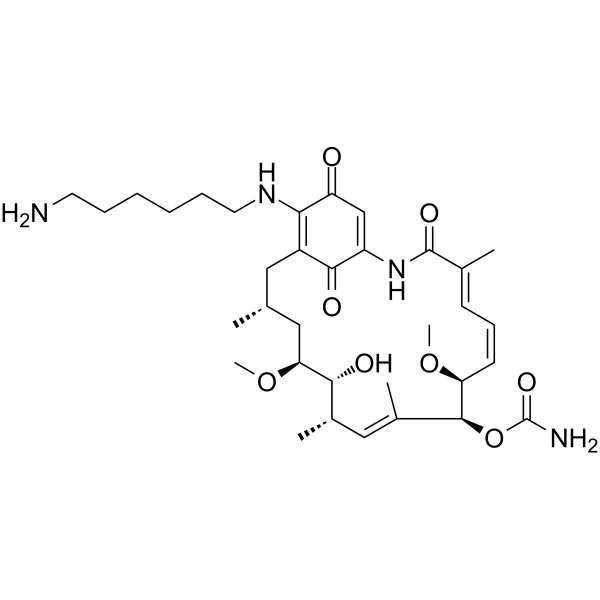
-
- HY-133571A
-
|
AHGDM hydrochloride
|
HSP
ADC Cytotoxin
|
Cancer
|
|
Aminohexylgeldanamycin (AHGDM) hydrochloride, a Geldanamycin derivative, is a potent HSP90 inhibitor. Aminohexylgeldanamycin hydrochloride shows antiangiogenic and antitumor activities .
|
-
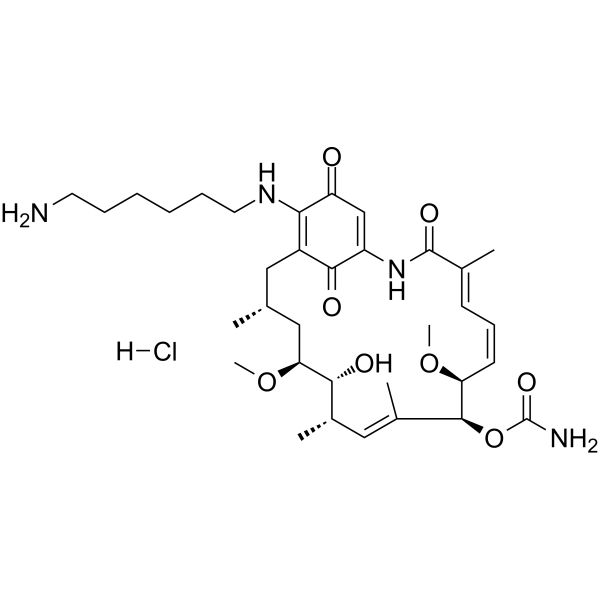
-
- HY-12289S
-
|
VS-6063-d6; PF-04554878-d6
|
FAK
Isotope-Labeled Compounds
|
Cancer
|
|
Defactinib-d6 is a deuterium labeled Defactinib (HY-12289). Defactinib is a novel FAK inhibitor with potential antiangiogenic and antineoplastic activities .
|
-
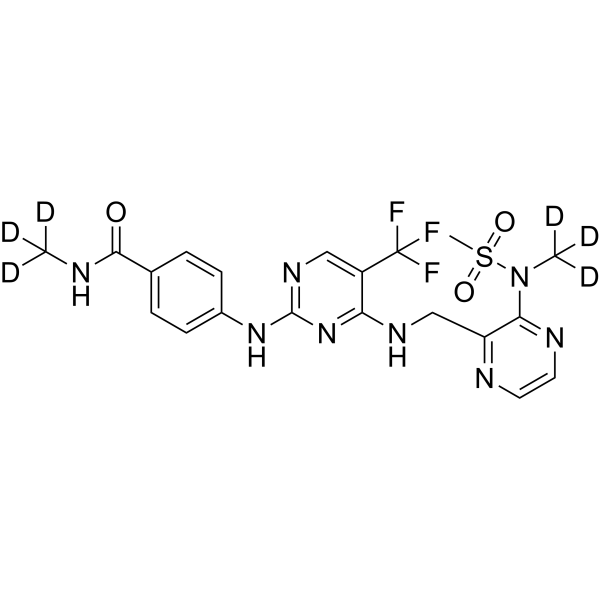
-
- HY-P1415
-
-
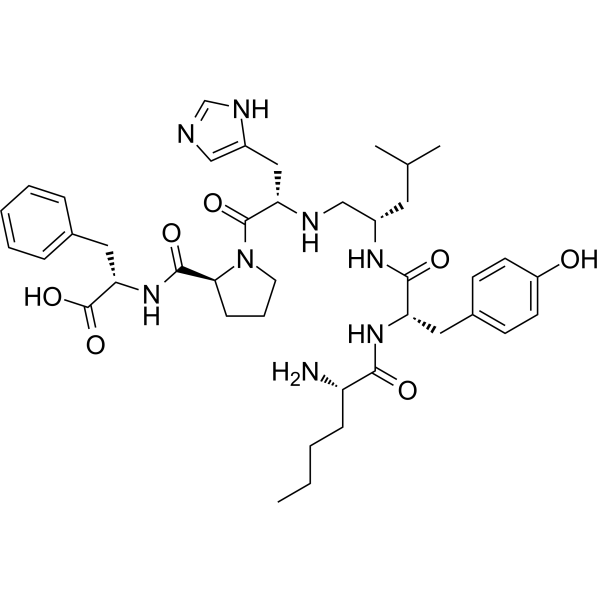
-
- HY-P1415A
-
-
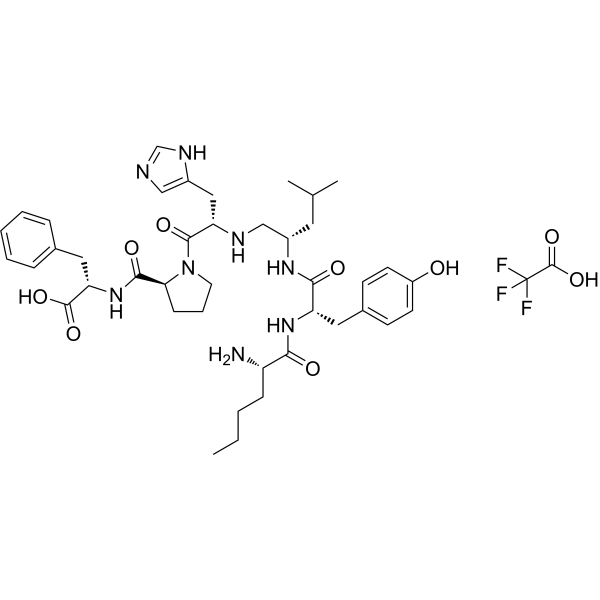
-
- HY-N7830
-
|
|
ERK
|
Cancer
|
|
7α,15-Dihydroxydehydroabietic acid is a natural abietane-type diterpenoid with antiangiogenic effects .
|
-
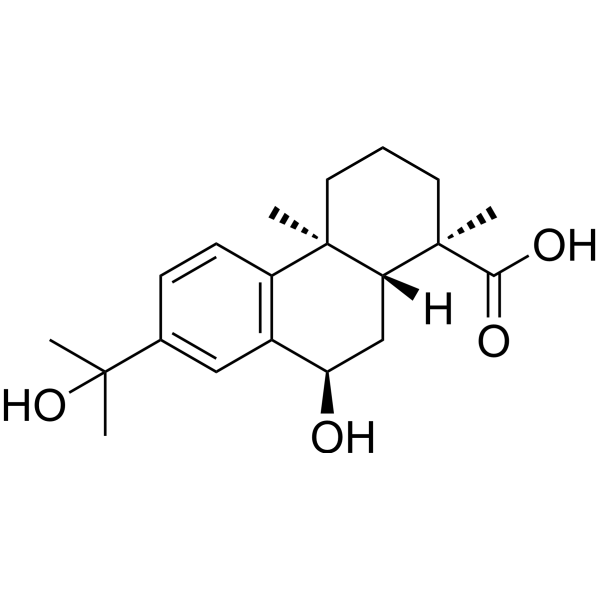
-
- HY-10454
-
|
CEP-18770
|
Proteasome
NF-κB
Apoptosis
|
Cancer
|
|
Delanzomib (CEP-18770) is a potent and orally active chymotrypsin-like activity of the proteasome inhibitor with an IC50 of 3.8 nM. Delanzomib inhibits NF-κB activity, induces cancer cell apoptotic, and has strong antiangiogenic and anti-cancer activities .
|
-
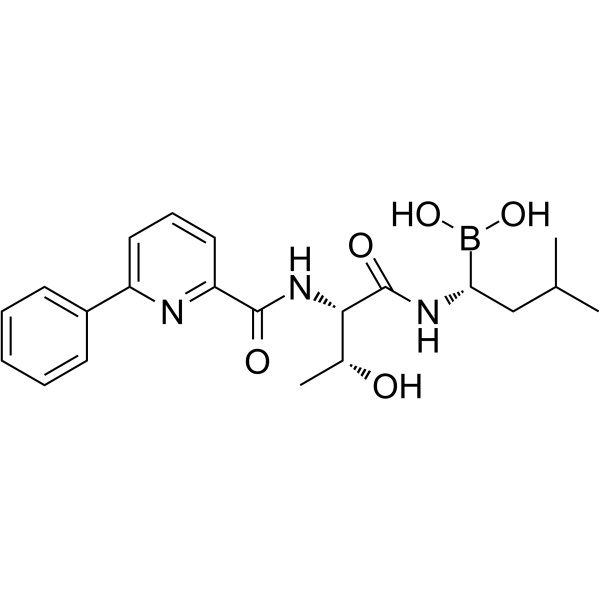
-
- HY-114653
-
|
|
Casein Kinase
SRPK
|
Cancer
|
|
SRPIN803 is a potent CK2 and SRPK1 dual inhibitor, with IC50s of 203 nM and 2.4 μM, respectively. SRPIN803 exhibits antiangiogenic activity. SRPIN803 can be used for the research of age-related macular degeneration .
|
-
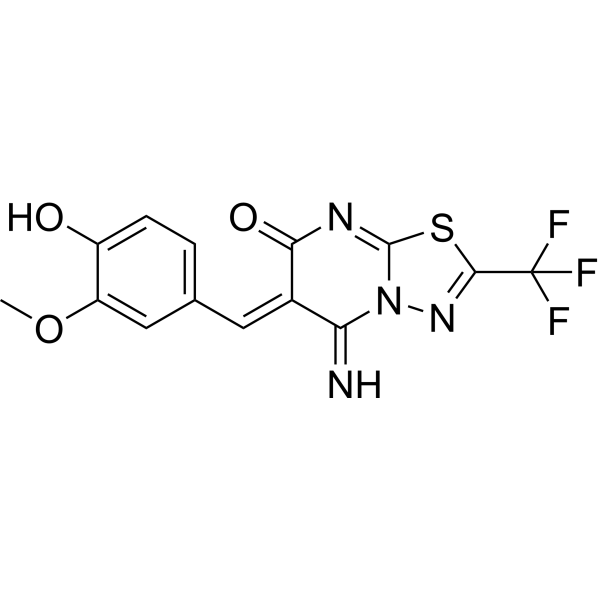
-
- HY-113649
-
|
|
HIF/HIF Prolyl-Hydroxylase
|
Cancer
|
|
AKB-6899, a prolyl hydroxylase domain 3 (PHD3) inhibitor, is a selective HIF-2α stabilizer. AKB-6899 also increases soluble form of the VEGF receptor (sVEGFR-1) production from GM-CSF-treated macrophages, and has antitumor and antiangiogenic effects .
|
-
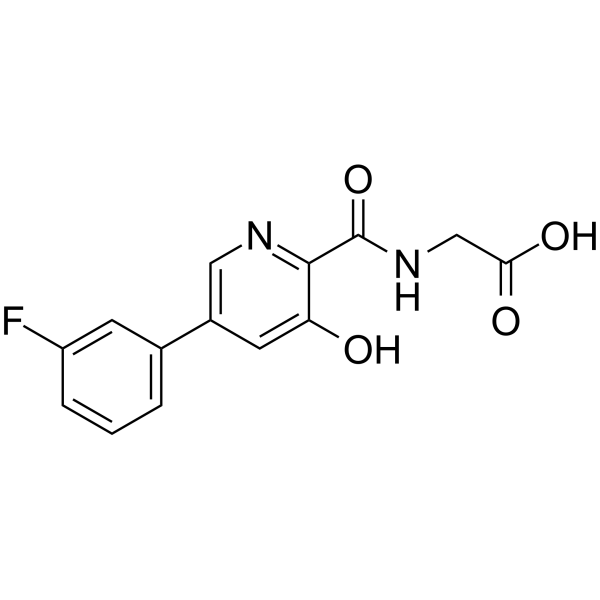
-
- HY-146420
-
|
|
HSP
|
Cardiovascular Disease
Cancer
|
|
GRP78-IN-2 (Compound FL5) is a GRP78 (Glucose Regulated Protein 78 kDa) inhibitor. GRP78-IN-2 preferentially targeting cell surface GRP78 and shows potent antiangiogenic and anticancer activities without affecting other normal cells .
|
-
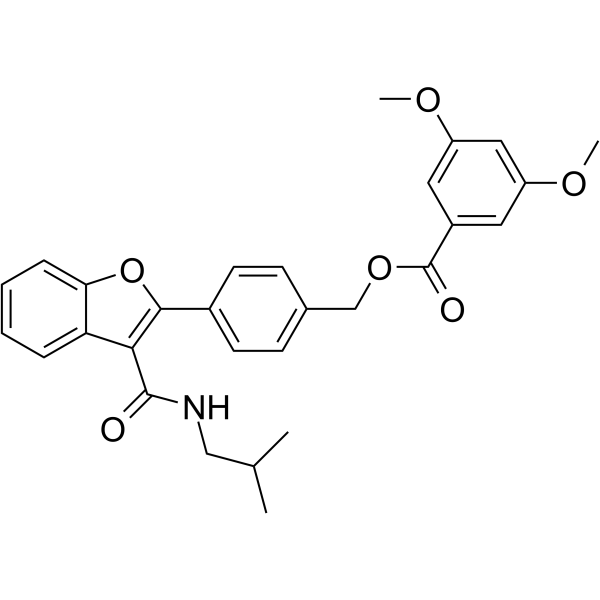
-
- HY-P99768
-
|
TTAC-0001
|
VEGFR
|
Cancer
|
|
Olinvacimab (TTAC-0001) is a fully human anti-VEGFR2 monoclonal antibody. Olinvacimab inhibits VEGF binds to KDR with a Kd value of 0.23 nM. Olinvacimab has antiangiogenic activity. Olinvacimab can be used for the research of recurrent glioblastoma and breast cancer .
|
-
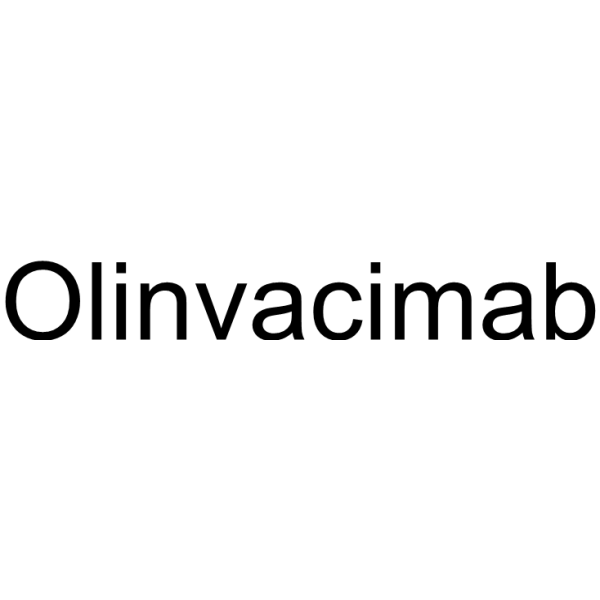
-
- HY-P99330
-
|
Anti-Human VEGFA Recombinant Antibody; RO5520985
|
VEGFR
Tie
|
Cancer
|
|
Vanucizumab is a first-in-class, bispecific IgG1-like monoclonal antibody that simultaneously blocks VEGF-A and angiopoietin-2 (Ang-2) from interacting with their receptors. Vanucizumab has antiangiogenic and anticancer effects .
|
-

-
- HY-N0005S
-
-
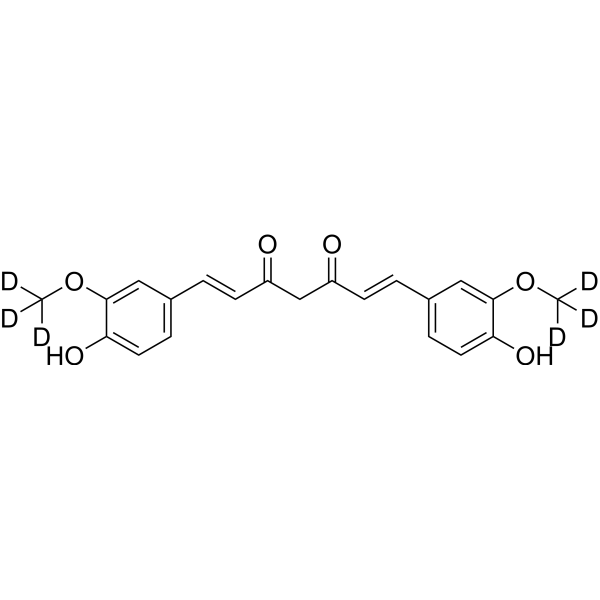
-
- HY-108553
-
|
|
Proteasome
Apoptosis
|
Cancer
|
|
Dihydroeponemycin, an analogue of the antitumor and antiangiogenic natural product eponemycin, selectively targets the 20S proteasome. Dihydroeponemycin covalently modifies a subset of catalytic proteasomal subunits, binding preferentially to the IFN-gamma-inducible subunits LMP2 and LMP7. Dihydroeponemycin-mediated proteasome inhibition induces a spindle-like cellular morphological change and apoptosis .
|
-

-
- HY-B1074
-
|
Etamsylate
|
Prostaglandin Receptor
|
Cardiovascular Disease
Endocrinology
|
|
Ethamsylate (Etamsylate) is an orally active anti-hemorrhagic compound. Ethamsylate inhibits biosynthesis and action of prostaglandins. Ethamsylate has the potential to maintain early hemostasis as well as restores capillary resistance. Ethamsylate acts as an antiangiogenic factor, inhibiting wound healing and matrigel tubulogenesis. .
|
-
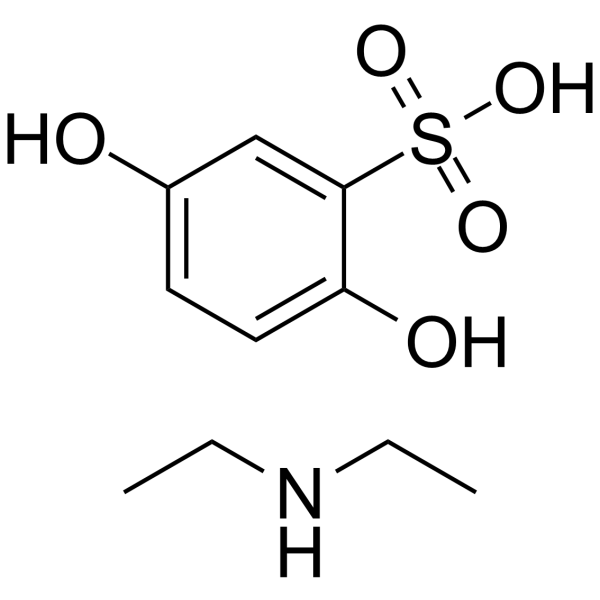
-
- HY-15198
-
|
|
Raf
PDGFR
FLT3
c-Kit
|
Cancer
|
|
KG5 is an orally active dual PDGFRβ and B-Raf allosteric inhibitor. KG5 also inhibits Flt3, KIT and c-Raf. KG5 has anticancer, antiangiogenic activities .
|
-
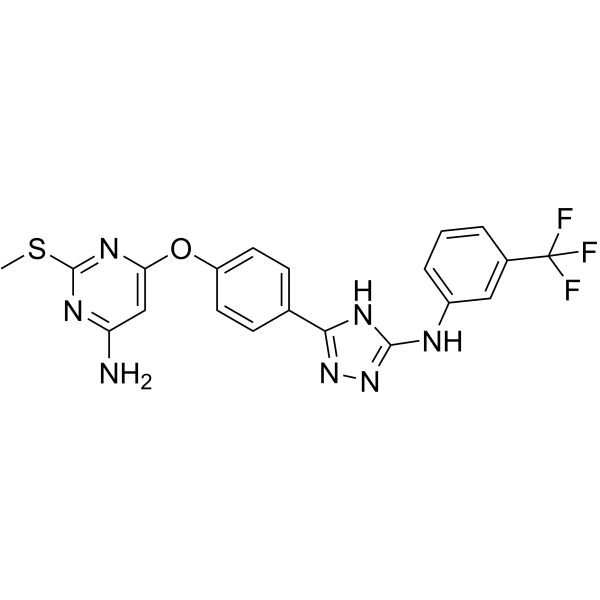
-
- HY-10517A
-
|
(Z)-SU6668; (Z)-TSU-68
|
VEGFR
PDGFR
FGFR
|
Cancer
|
|
(Z)-Orantinib ((Z)-SU6668) is a potent, selective, orally active and ATP competitive inhibitor of Flk‐1/KDR, PDGFRβ, and FGFR1, with IC50s of 2.1, 0.008, and 1.2 µM, respectively. (Z)-Orantinib is a potent antiangiogenic and antitumor agent that induces regression of established tumors .
|
-
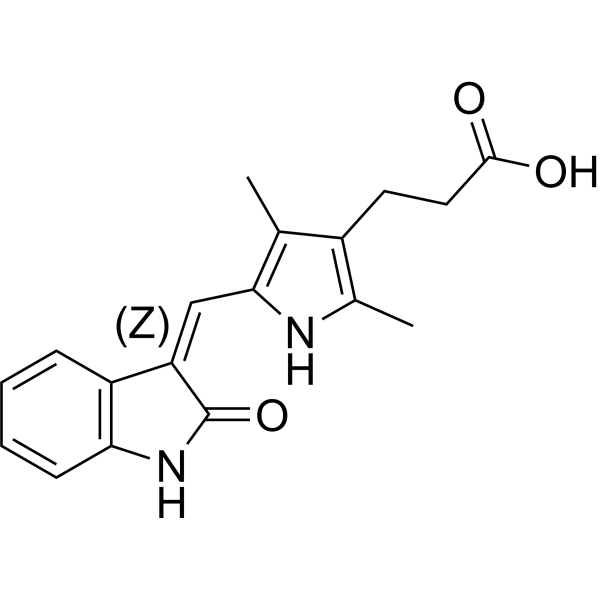
-
- HY-112151
-
|
|
Complement System
|
Cancer
|
|
EG01377 is a potent, bioavailable and selective inhibitor of neuropilin-1 (NRP1), with a Kd of 1.32 μM, and IC50s of both 609 nM for NRP1-a1 and NRP1-b1. EG01377 has antiangiogenic, antimigratory, and antitumor effects .
|
-
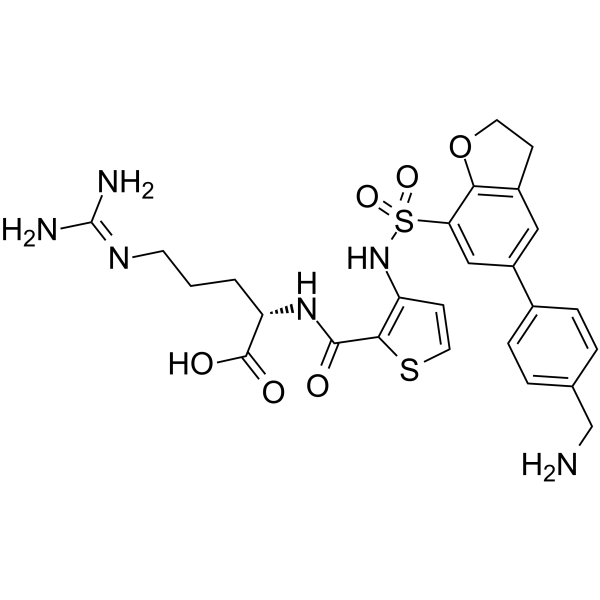
-
- HY-112151A
-
|
|
Complement System
|
Cancer
|
|
EG01377 dihydrochloride is a potent, bioavailable and selective inhibitor of neuropilin-1 (NRP1), with a Kd of 1.32 μM, and IC50s of 609 nM for both NRP1-a1 and NRP1-b1. EG01377 dihydrochloride has antiangiogenic, antimigratory, and antitumor effects .
|
-

-
- HY-108486
-
|
|
Bacterial
Antibiotic
|
Infection
|
|
Herbimycin A, an ansamycin antibiotic, acts as a Src family kinase inhibitor. Herbimycin A binds to the SH domain and inhibits the activity of p60 v-src and p210 BCR-ABL Herbimycin A inhibits Hsp90 and impairs recovery from heat shock. Herbimycin A exhibits antiangiogenic activity in endothelial cells in vitro.
|
-
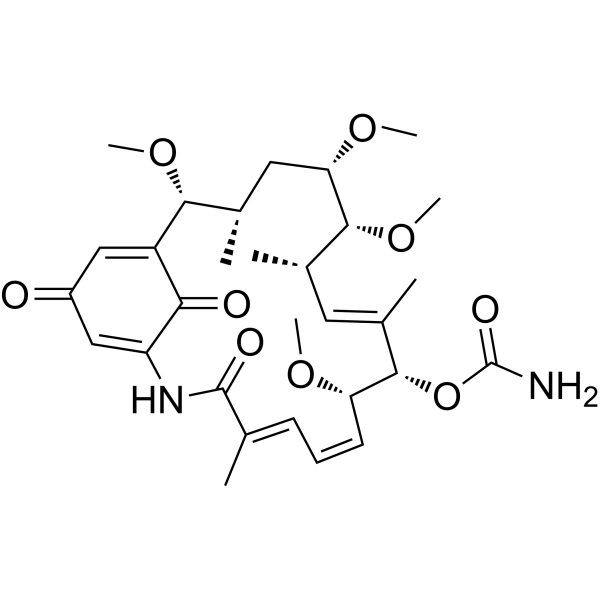
-
- HY-19986
-
|
|
VEGFR
|
Cardiovascular Disease
Cancer
|
|
IC50s of 130 nM, 23 nM, and 18 nM for VEGFR1, VEGFR2, and VEGFR3, respectively. AAL993 shows less potently inhibits other tyrosine kinases. AAL993 possesses potent antiangiogenic and antitumor properties .
|
-
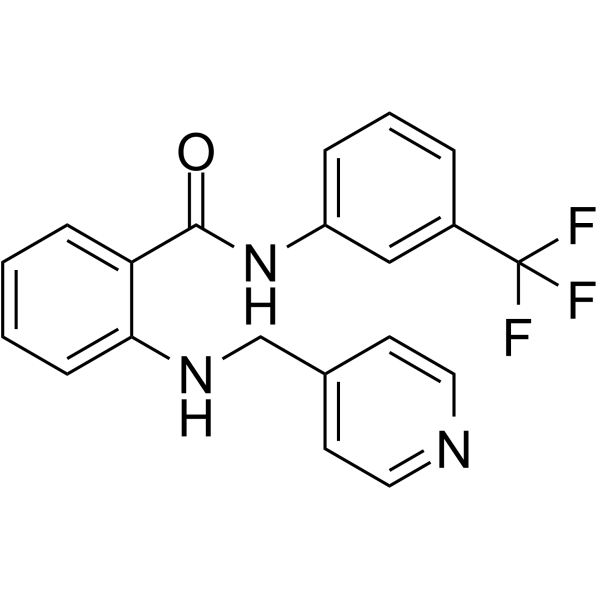
-
- HY-118530
-
|
SA96; Thiobutarit
|
VEGFR
|
Cardiovascular Disease
Inflammation/Immunology
|
|
Bucillamine (SA96) is an orally active and potent sulfhydryl donor and antioxidant. Bucillamine is also an antirheumatic agent with antiangiogenic properties. Bucillamine can protect against Ischemia/reperfusion (I/R) injury in high-risk organ transplants. Bucillamine inhibits the production of VEGF. Bucillamine can be used for the research of choroidal neovascularization (CNV) and rheumatoid arthritis (RA) .
|
-
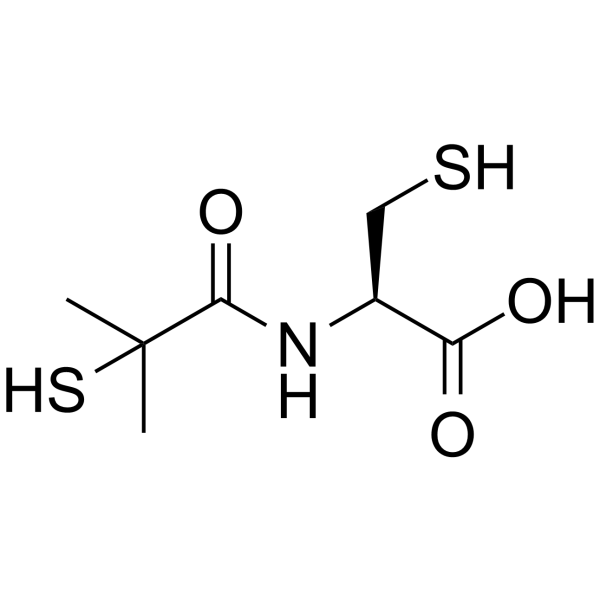
-
- HY-B0421
-
-
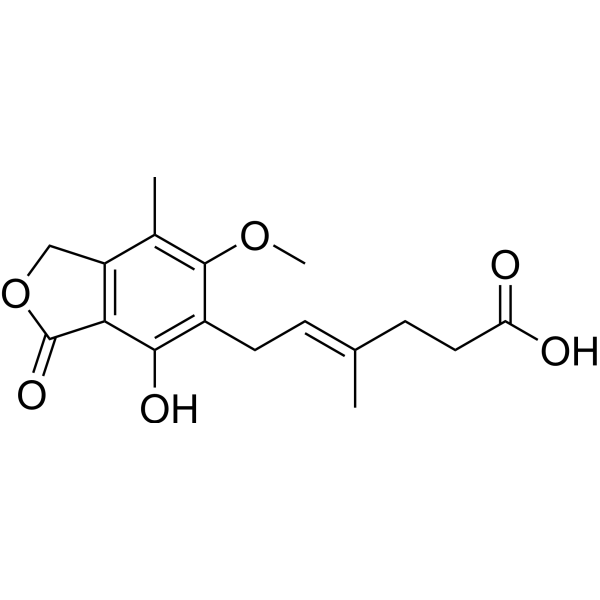
-
- HY-B0421A
-
-
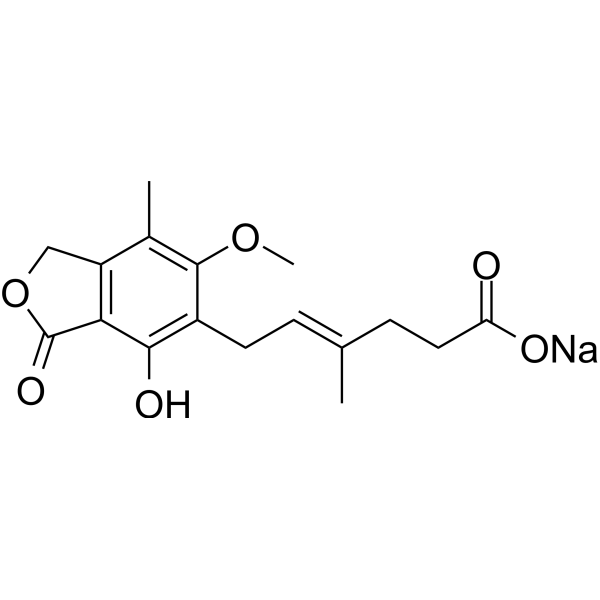
-
- HY-115941
-
|
|
HDAC
Microtubule/Tubulin
Apoptosis
|
Cancer
|
|
HDAC-IN-9 is a potent and selective tubulin and HDAC dual inhibitor. HDAC-IN-9 inhibits the invasion and migration of A549 cells. HDAC-IN-9 shows potent antitumor and antiangiogenic effect in vitro and in vivo .
|
-
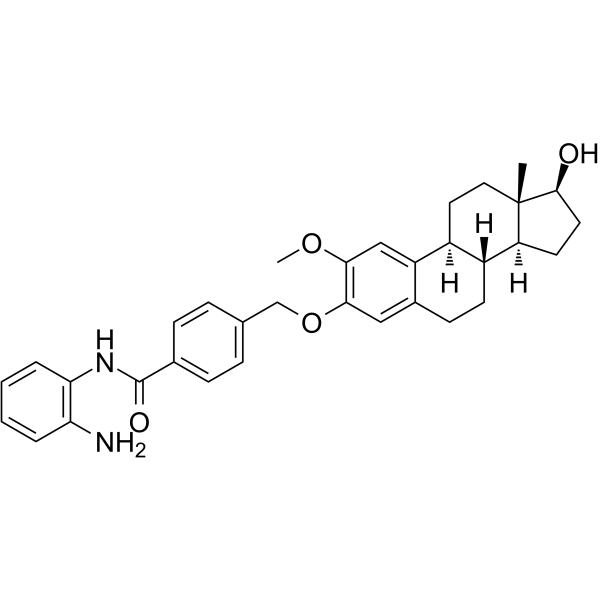
-
- HY-114785
-
|
|
MMP
|
Cancer
|
|
BPHA is a potent and orally active MMP-2, MMP-9 and MMP-14 inhibitor with IC50s of 12 nM, 16 nM and 17 nM, respectively. BPHA does not inhibit MMP-1, -3, and -7 (the IC50s are 974, >1000, and 795 nM, respectively). BPHA has antiangiogenic and antitumor effects .
|
-
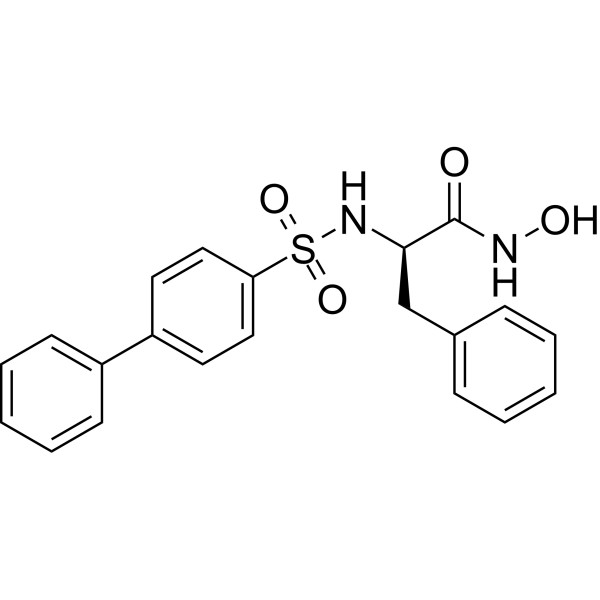
-
- HY-W592871
-
|
10-HDA
|
mTOR
|
Cardiovascular Disease
Inflammation/Immunology
Cancer
|
|
10-Hydroxy-2-decenoic acid (10-HDA) is the major lipid component of royal jelly produced by honeybees. 10-Hydroxy-2-decenoic acid has several health-beneficial effects in mammals, such as antitumor activity, anti-inflammatory activity, and antiangiogenic activity. 10-Hydroxy-2-decenoic acid also extends the lifespan of C. elegans .
|
-
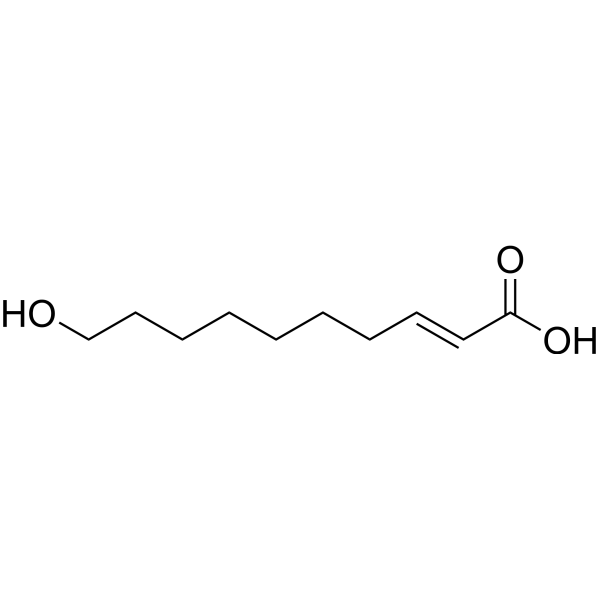
-
- HY-13016A
-
|
XL184 hydrochloride; BMS-907351 hydrochloride
|
VEGFR
c-Met/HGFR
c-Kit
TAM Receptor
FLT3
Apoptosis
|
Cancer
|
|
Cabozantinib hydrochloride is a potent and orally active inhibitor of VEGFR2 and MET, with IC50 values of 0.035 and 1.3 nM, respectively. Cabozantinib hydrochloride displays strong inhibition of KIT, RET, AXL, TIE2, and FLT3 (IC50=4.6, 5.2, 7, 14.3, and 11.3 nM, respectively). Cabozantinib hydrochloride shows antiangiogenic activity. Cabozantinib hydrochloride disrupts tumor vasculature and promotes tumor and endothelial cell apoptosis .
|
-
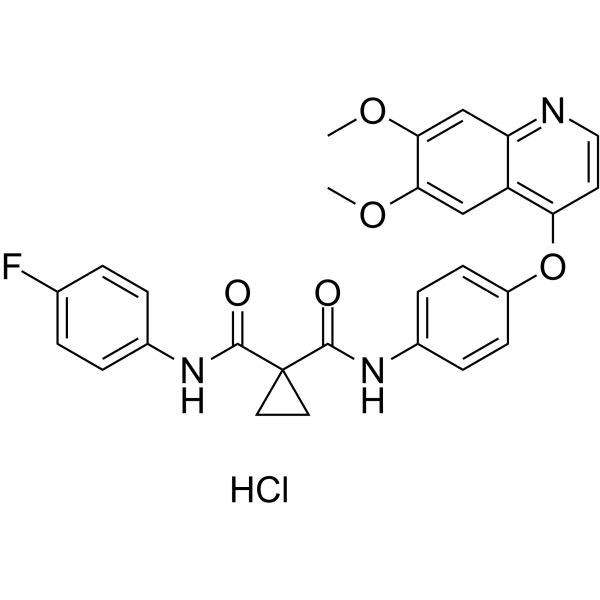
-
- HY-115452
-
|
|
JAK
Apoptosis
|
Cancer
|
|
G5-7, an orally active and allosteric JAK2 inhibitor, selectively inhibits JAK2 mediated phosphorylation and activation of EGFR (Tyr 1068) and STAT3 by binding to JAK2. G5-7 induces cell cycle arrest, apoptosis and possesses antiangiogenic effect. G5-7 has the potential for glioma study .
|
-

-
- HY-P5910
-
|
|
MDM-2/p53
Apoptosis
|
Cancer
|
|
Azurin p28 peptide is a tumor-penetrated antitumor peptide. Azurin p28 peptide redues proteasomal degradation of p53 through formation of a p28: p53 complex. Azurin p28 peptide induces apoptosis or cell cycle arrest. Azurin p28 peptide inhibits p53-positive tumor growths. Azurin p28 peptide shows antiangiogenic effect by inhibiting phosphorylation of VEGFR-2, FAK and Akt .
|
-
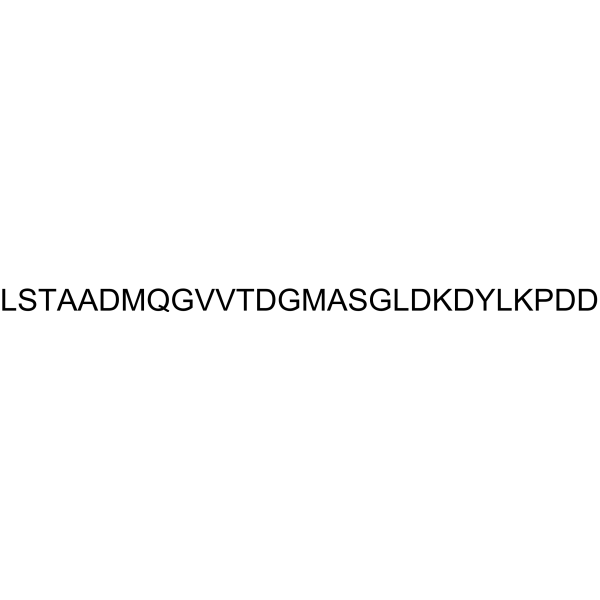
-
- HY-13016
-
|
XL184; BMS-907351
|
VEGFR
c-Met/HGFR
c-Kit
TAM Receptor
FLT3
Apoptosis
|
Cancer
|
|
Cabozantinib is a potent and orally active inhibitor of VEGFR2 and MET, with IC50 values of 0.035, and 1.3 nM, respectively. Cabozantinib displays strong inhibition of KIT, RET, AXL, TIE2, and FLT3 (IC50=4.6, 5.2, 7, 14.3, and 11.3 nM, respectively). Cabozantinib shows antiangiogenic activity. Cabozantinib disrupts tumor vasculature and promotes tumor and endothelial cell apoptosis .
|
-
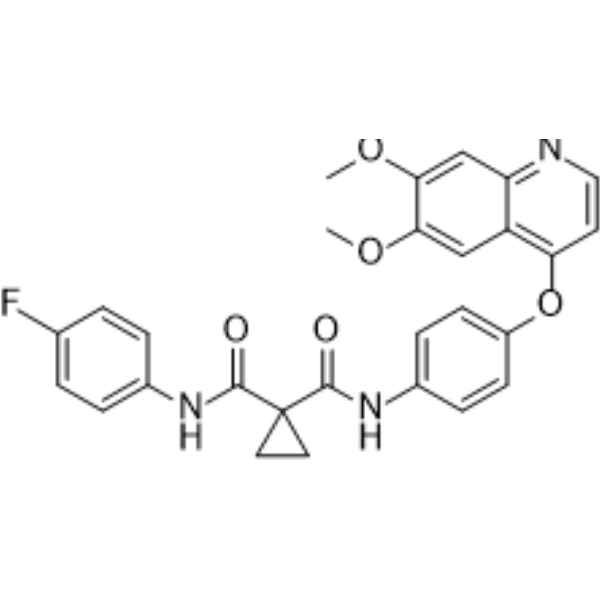
-
- HY-17514
-
|
R51211
|
Fungal
Hedgehog
Cytochrome P450
Autophagy
Antibiotic
Bacterial
|
Infection
Cancer
|
|
Itraconazole (R51211) is a triazole antifungal agent and a potent and orally active Hedgehog (Hh) signaling pathway antagonist with an IC50 of ~800 nM. Itraconazole potently inhibits lanosterol 14α-demethylase (cytochrome P450 enzyme), thereby inhibits the oxidative conversion of lanosterol to ergosterol. Itraconazole has anticancer and antiangiogenic effects. Itraconazole is a oxysterol-binding protein (OSBP) inhibitor .
|
-
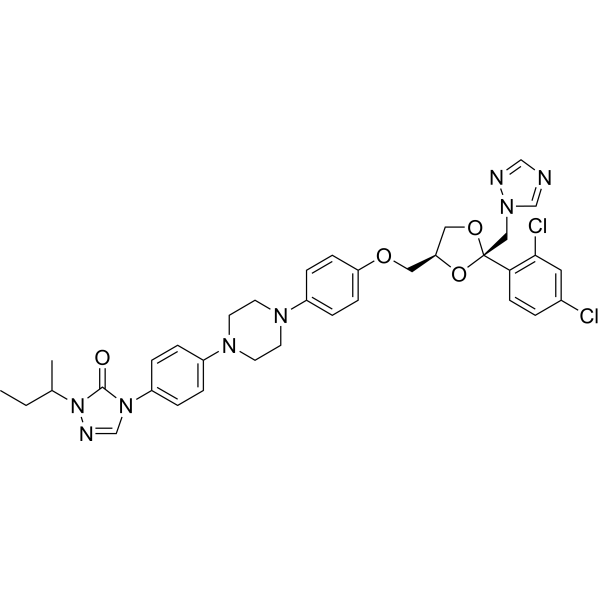
-
- HY-B0639
-
|
WR2721
|
MDM-2/p53
HIF/HIF Prolyl-Hydroxylase
|
Cancer
|
|
Amifostine (WR2721) is a broad-spectrum cytoprotective agent and a radioprotector. Amifostine selectively protects normal tissues from damage caused by radiation and chemotherapy. Amifostine is potent hypoxia-inducible factor-α1 (HIF-α1) and p53 inducer. Amifostine protects cells from damage by scavenging oxygen-derived free radicals. Amifostine reduces renal toxicity and has antiangiogenic action .
|
-
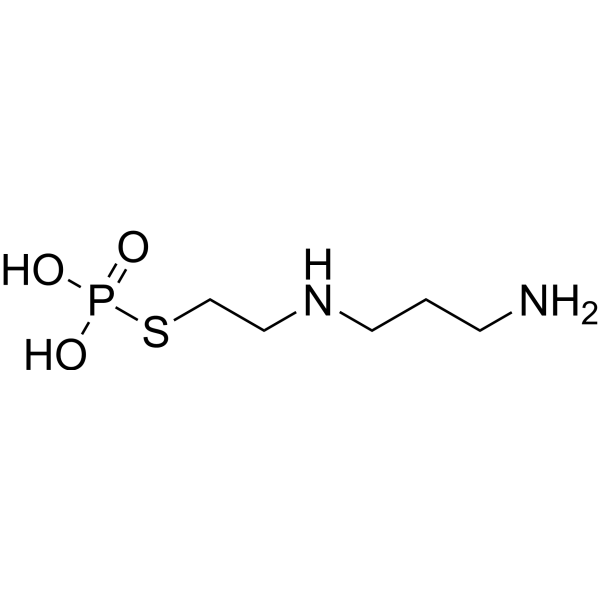
-
- HY-145820
-
|
|
Apoptosis
Microtubule/Tubulin
|
Cancer
|
|
Tubulin inhibitor 14 is a potent NQO2 (quinone oxidoreductase 2) inhibitor with an IC50 of 1.0 μM. Tubulin inhibitor 14 also inhibits tubulin polymerization and the formation of endothelial cell capillary-like tubes. Tubulin inhibitor 14 is a microtubule-destabilizing agent with potential tumor-selectivity and antiangiogenic and vascular disrupting features .
|
-
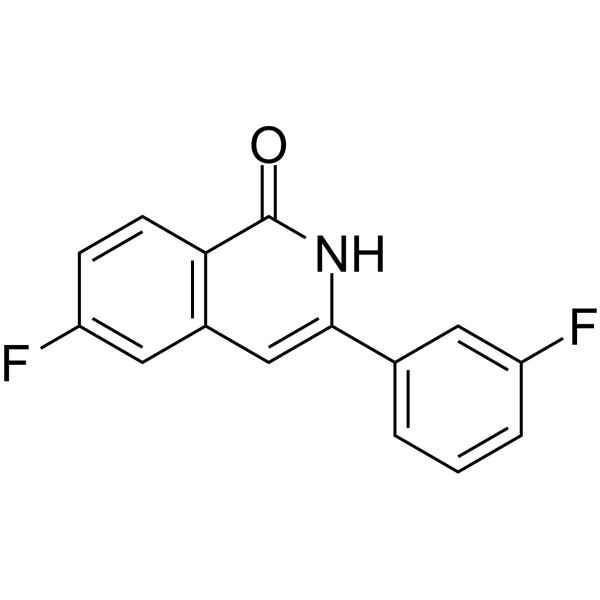
-
- HY-133016
-
|
|
MetAP
|
Cardiovascular Disease
Cancer
|
|
M8891 is an orally active, reversible and brain penetrant Methionine Aminopeptidase-2 (MetAP-2) inhibitor with an IC50 of 54 nM and a Ki of 4.33 nM. M8891 does not inhibit MetAP-1 (IC50>10 µM) . M8891 inhibits growth of primary endothelial cells as well as tumor cells and demonstrates antiangiogenic and antitumoral activity .
|
-
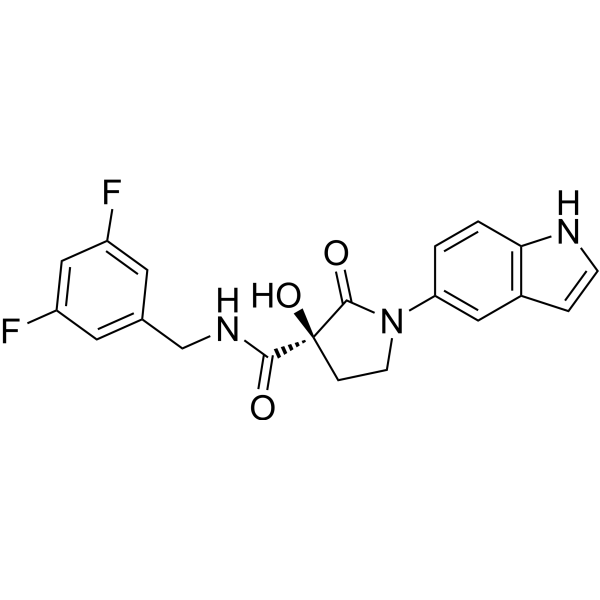
-
- HY-110161
-
|
|
Somatostatin Receptor
|
Cardiovascular Disease
Endocrinology
|
|
sst2 Receptor agonist-1 is a potent somatostatin receptor subtype 2 (sst2) agonist with a Ki value of 0.025 nM and a cAMP IC50 value of 4.8 nM. sst2 Receptor agonist-1 can inhibit rat growth hormone (GH) secretion and ocular neovascular lesion formation. Antiangiogenic effect .
|
-

-
- HY-B0639A
-
|
WR2721 trihydrate
|
MDM-2/p53
HIF/HIF Prolyl-Hydroxylase
|
Cancer
|
|
Amifostine trihydrate (WR2721 trihydrate) is a broad-spectrum cytoprotective agent and a radioprotector. Amifostine trihydrate selectively protects normal tissues from damage caused by radiation and chemotherapy. Amifostine trihydrate is potent hypoxia-inducible factor-α1 (HIF-α1) and p53 inducer. Amifostine trihydrate protects cells from damage by scavenging oxygen-derived free radicals. Amifostine trihydrate reduces renal toxicity and has antiangiogenic action .
|
-

-
- HY-10331
-
|
BAY 73-4506
|
VEGFR
Autophagy
PDGFR
Raf
RET
c-Kit
FGFR
Tie
|
Cancer
|
|
Regorafenib (BAY 73-4506) is an orally active and potent multi-targeted receptor tyrosine kinase inhibitor, with IC50 values of 13/4.2/46, 22, 7, 1.5 and 2.5 nM for VEGFR1/2/3, PDGFRβ, Kit, RET and Raf-1, respectively. Regorafenib shows very robust antitumor and antiangiogenic activity .
|
-
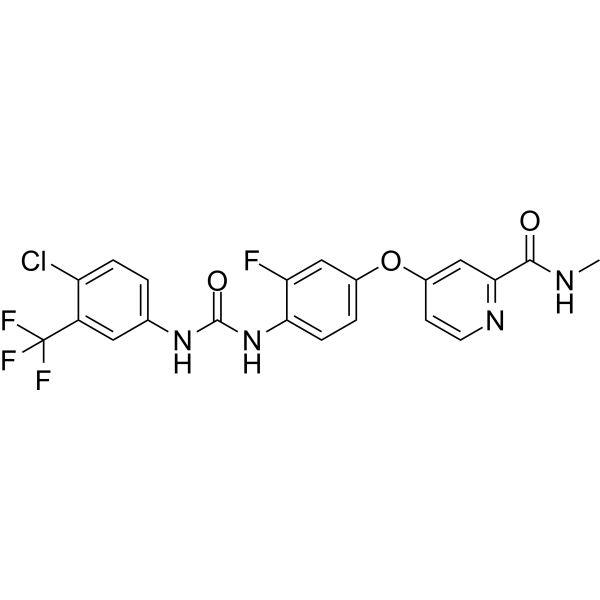
-
- HY-10331A
-
|
BAY 73-4506 monohydrate
|
VEGFR
Autophagy
PDGFR
Raf
RET
FGFR
c-Kit
Tie
|
Cancer
|
|
Regorafenib (BAY 73-4506) monohydrate is an orally active and potent multi-targeted receptor tyrosine kinase inhibitor, with IC50 values of 13/4.2/46, 22, 7, 1.5 and 2.5 nM for VEGFR1/2/3, PDGFRβ, Kit, RET and Raf-1, respectively. Regorafenib monohydrate shows very robust antitumor and antiangiogenic activity .
|
-
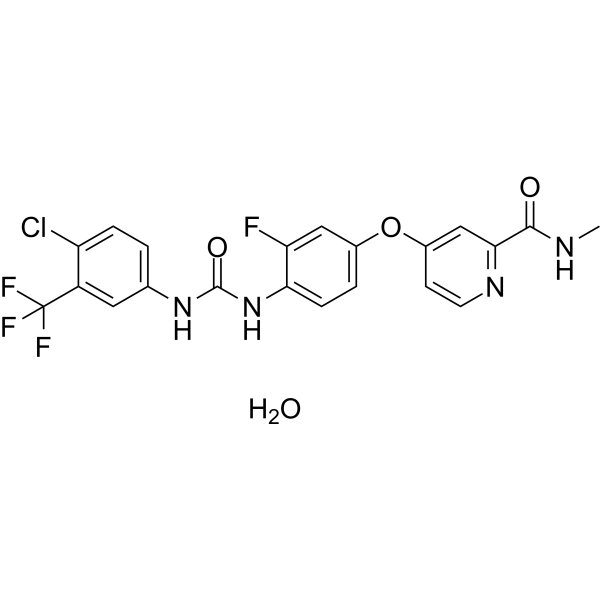
-
- HY-10331B
-
|
BAY 73-4506 mesylate
|
VEGFR
PDGFR
RET
Raf
c-Kit
FGFR
Autophagy
Tie
|
Cancer
|
|
Regorafenib (BAY 73-4506) mesylate is an orally active and potent multi-targeted receptor tyrosine kinase inhibitor, with IC50 values of 13/4.2/46, 22, 7, 1.5 and 2.5 nM for VEGFR1/2/3, PDGFRβ, Kit, RET and Raf-1, respectively. Regorafenib mesylate shows very robust antitumor and antiangiogenic activity .
|
-
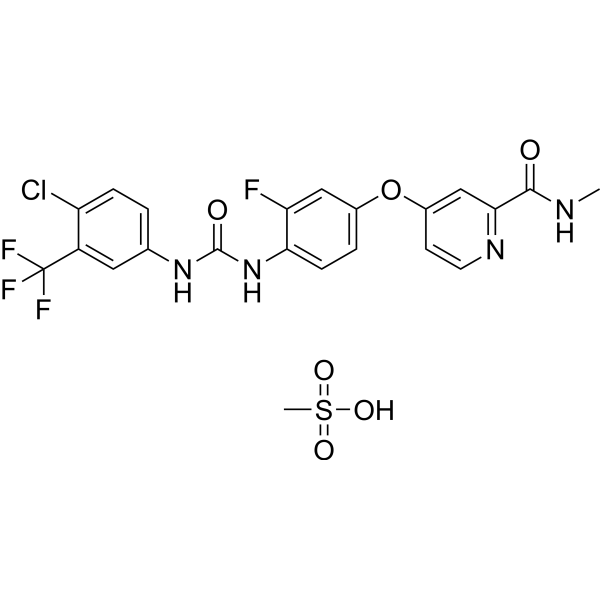
-
- HY-P4001
-
|
|
ADAMTS
|
Cardiovascular Disease
|
|
Adamtsostatin 4 is an anti-angiogenic peptide. Adamtsostatin 4 can be used for the research of anti-angiogenic .
|
-
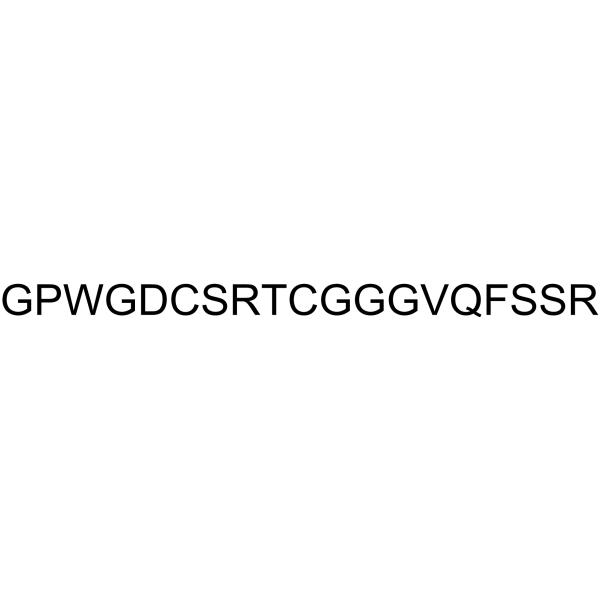
-
- HY-B0421S2
-
|
Mycophenolate-13C17
|
Isotope-Labeled Compounds
Flavivirus
|
Cancer
|
|
Mycophenolic acid-13C17 (Mycophenolate-13C17) is the 13C labeled Mycophenolic acid (HY-B0421). Mycophenolic acid is a potent uncompetitive inosine monophosphate dehydrogenase (IMPDH) inhibitor with an EC50 of 0.24 μM. Mycophenolic acid demonstrates antiviral effects against a wide range of RNA viruses including influenza. Mycophenolic acid is an immunosuppressive agent. Antiangiogenic and antitumor effects.
|
-

-
- HY-19754A
-
|
|
HDAC
Apoptosis
|
Cancer
|
|
CRA-026440 hydrochloride is a potent, broad-spectrum HDAC (HDAC) inhibitor. The Ki values against recombinant HDAC isoenzymes HDAC1, HDAC2, HDAC3, HDAC6, HDAC8, and HDAC10 are 4 nM, 14 nM, 11 nM, 15 nM, 7 nM, and 20 nM respectively. CRA-026440 hydrochloride shows antitumor and antiangiogenic activities . CRA-026440 (hydrochloride) is a click chemistry reagent, it contains an Alkyne group and can undergo copper-catalyzed azide-alkyne cycloaddition (CuAAc) with molecules containing Azide groups.
|
-
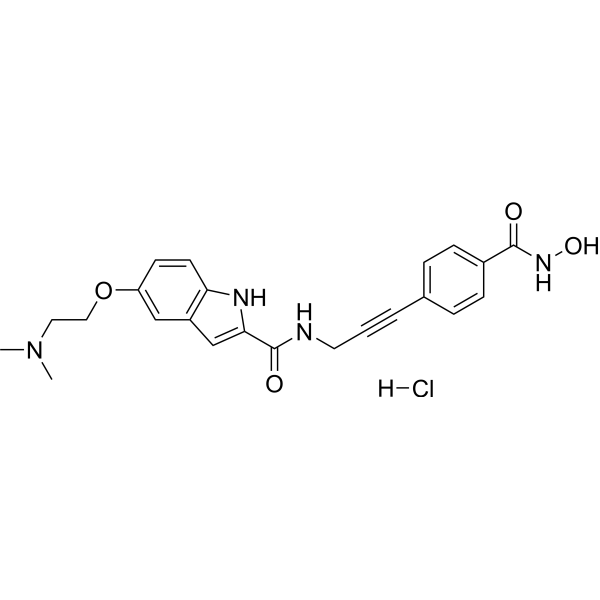
-
- HY-103387
-
|
|
COX
Apoptosis
|
Inflammation/Immunology
Cancer
|
|
DuP-697 is a member of the vicinal diaryl heterocycles and a potent, irreversible, selective and orally active COX-2 inhibitor (IC50 of 10 nM and 800 nM for human COX-2 and COX-1, respectively). DuP-697 exerts antiproliferative (IC50 of 42.8 nM), antiangiogenic and apoptotic effects on HT29 colorectal cancer cells. DuP-697 inhibits prostaglandin synthesis and has anti-inflammatory, anticancer and antipyretic effects .
|
-

- HY-120200
-
|
|
VEGFR
|
Cardiovascular Disease
Cancer
|
|
YF-452 is a potent inhibitor of vascular endothelial growth factor receptor 2 (VEGFR2). YF-452 remarkably inhibits the migration, invasion and tube-like structure formation of human umbilical vein endothelial cells (HUVECs) with little toxicity. YF-452 inhibits VEGF-induced phosphorylation of VEGFR2 kinase and the downstream protein kinases including extracellular signal regulated kinase (ERK), focal adhesion kinase (FAK) and Src. YF-452 is a potential antiangiogenic agent candidate for cancer research .
|
-

- HY-N9396
-
-
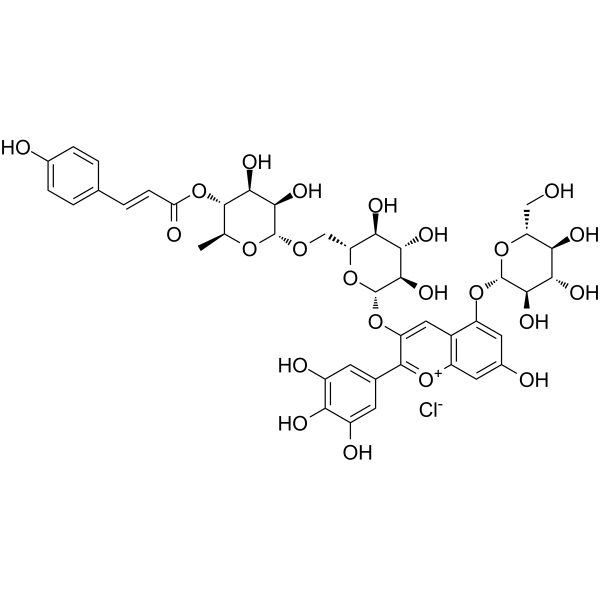
- HY-118239
-
-
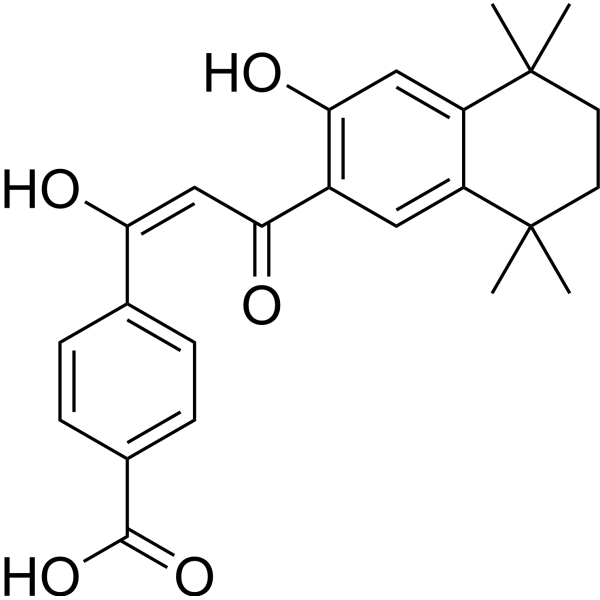
- HY-121382
-
-
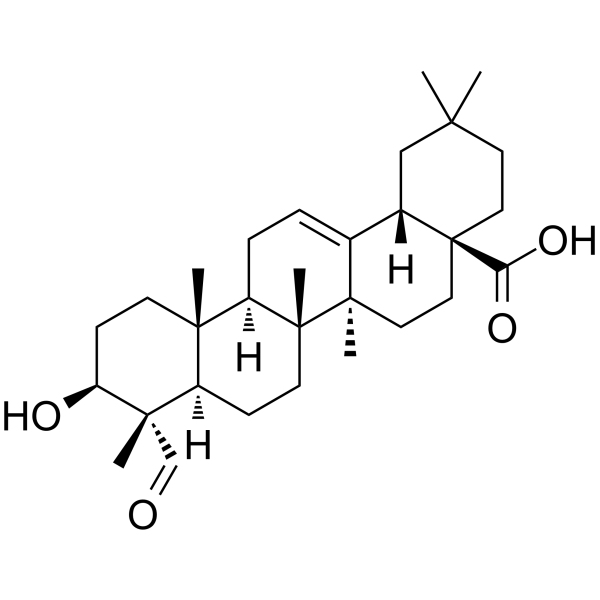
- HY-W013478
-
|
|
Phosphatase
|
Cancer
|
|
PTP inhibitor 1 is a protein tyrosine phosphatase (PTP) inhibitor, with anti-angiogenic effect .
|
-

- HY-12289
-
|
VS-6063; PF-04554878
|
FAK
|
Cancer
|
|
Defactinib (VS-6063; PF-04554878) is a novel FAK inhibitor with potential antiangiogenic and antineoplastic activities.
|
-
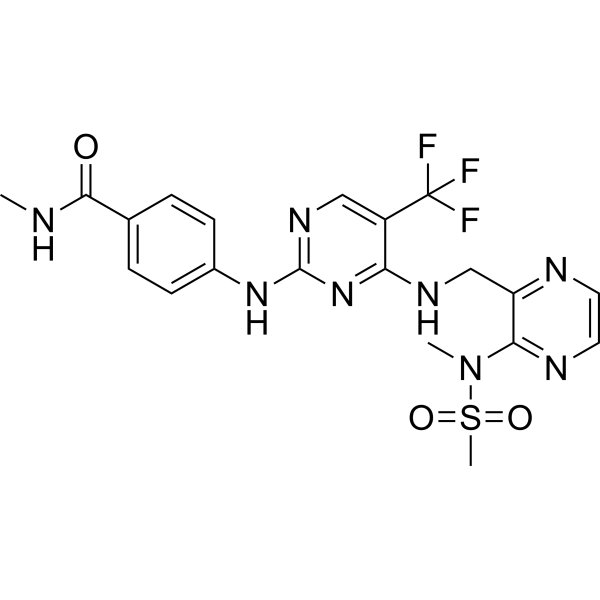
- HY-P4003
-
-
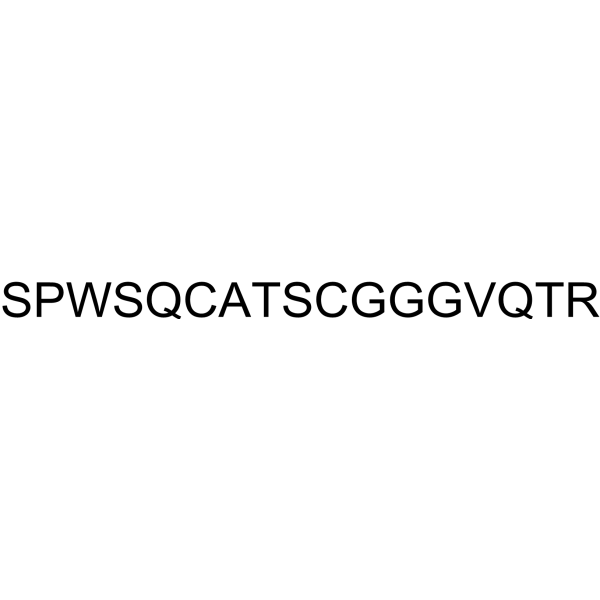
- HY-119425
-
|
ICRF 159
|
Topoisomerase
|
Cancer
|
|
Razoxane (ICRF 159) is an antiangiogenic topoisomerase II inhibitor, can be used for the research of renal cell carcinoma (RCC) .
|
-
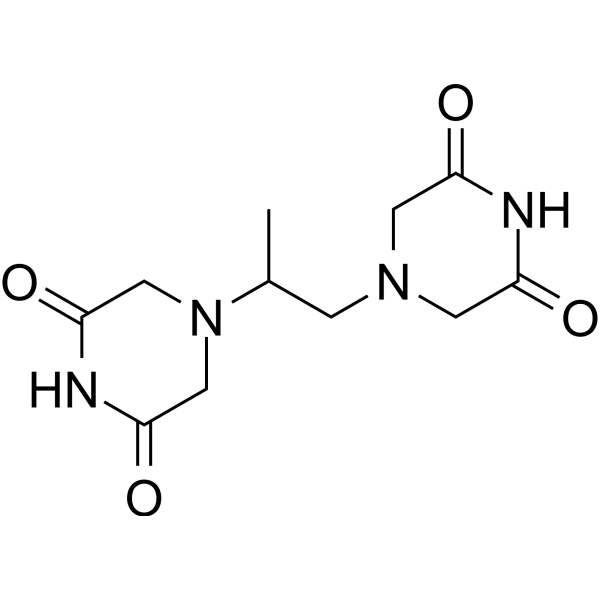
- HY-N1408
-
|
trans-trismethoxy Resveratrol; E-Resveratrol Trimethyl Ether; Tri-O-methylresveratrol
|
Reactive Oxygen Species
|
Inflammation/Immunology
Cancer
|
|
Trans-Trimethoxyresveratrol is a derivative of Resveratrol (RSV),and it may be a more potent anti-inflammatory, antiangiogenic and vascular-disrupting agent when compared with resveratrol.
|
-
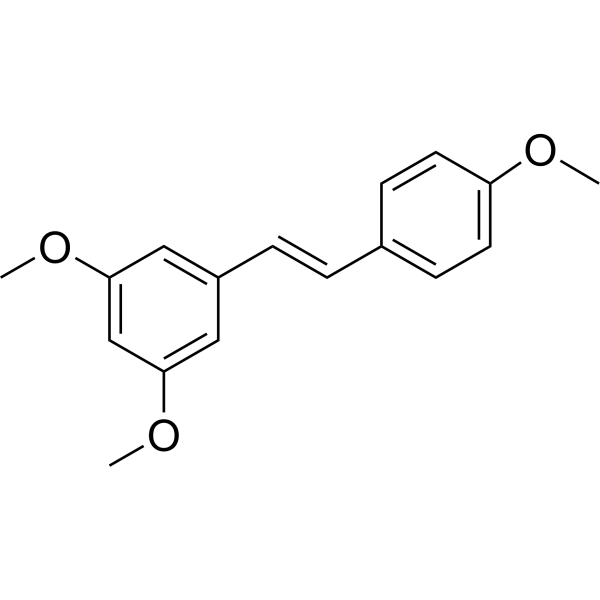
- HY-N1983
-
|
|
Apoptosis
|
Cancer
|
|
Caudatin is a steroidal cmpound found in Cynanchum auriculatum, causes cell cycle arrest and induces apoptosis, with anti-cancer and antiangiogenic properties .
|
-

- HY-120267
-
-

- HY-146375
-
|
|
Ephrin Receptor
|
Cancer
|
|
UniPR505 (Compound 14) is an EphA2 antagonist with an IC50 of 0.95 µM. UniPR505 displays anti-angiogenic properties .
|
-
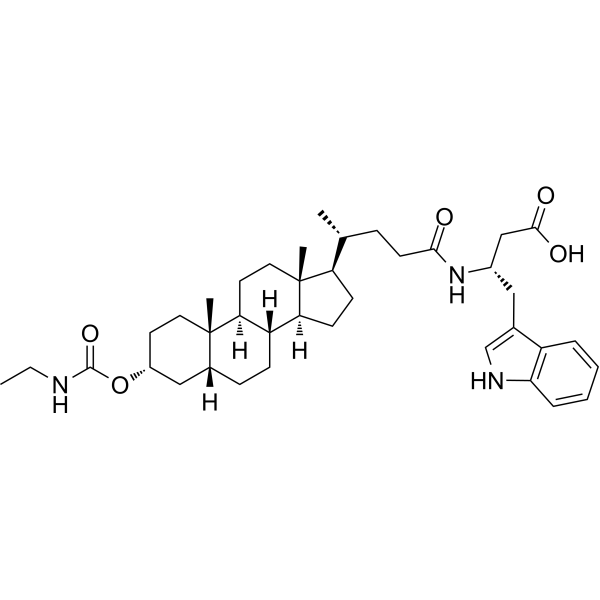
- HY-17601
-
|
RPT835
|
FGFR
Apoptosis
|
Cardiovascular Disease
Cancer
|
|
Alofanib (RPT835) is a potent and selective allosteric inhibitor of fibroblast growth factor receptor 2 (FGFR2). Anticancer and antiangiogenic activity .
|
-
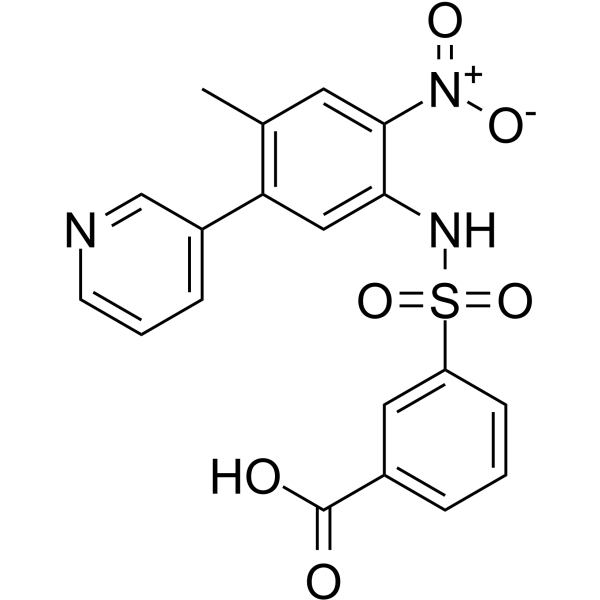
- HY-142085
-
|
|
Others
|
Cancer
|
|
Antiproliferative agent-20 is a potent and orally active anticancer agent. Antiproliferative agent-20 exhibits antiproliferative and anti-angiogenic activities .
|
-
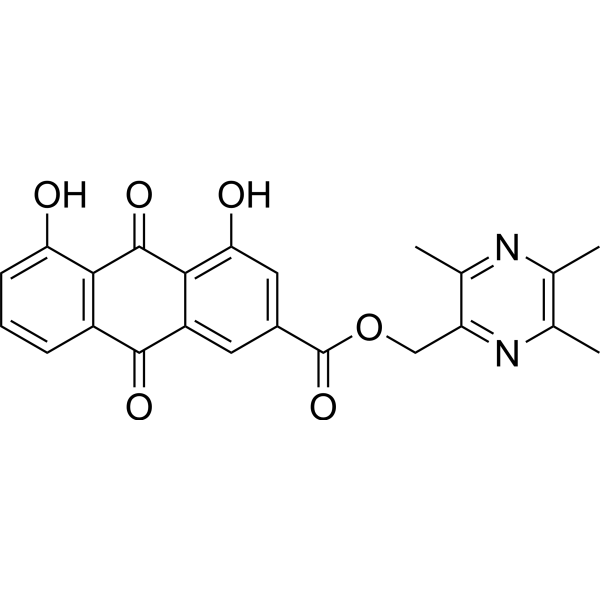
- HY-N5074
-
|
|
Apoptosis
|
Cancer
|
|
Terrestrosin D, a steroidal saponin from Tribulus terrestris L., induces cell cycle arrest and cancer cells apoptosis. Terrestrosin D has antiangiogenic activities .
|
-
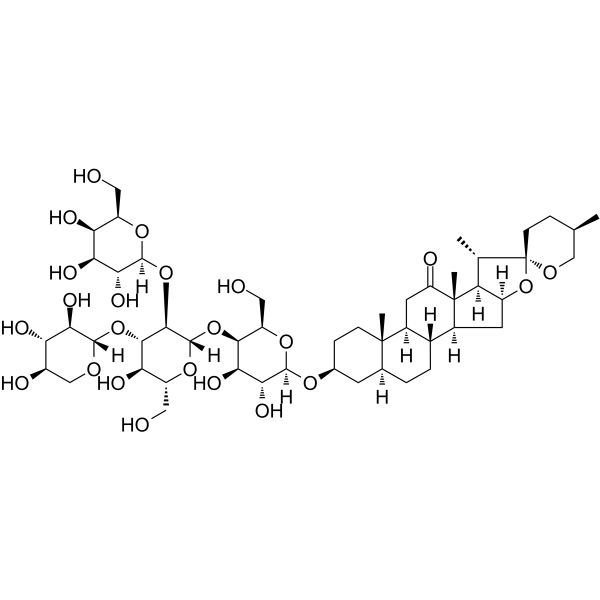
- HY-P4002
-
|
|
ADAMTS
|
Cancer
|
|
Adamtsostatin 18 is an anti-angiogenic peptide derived from proteins containing type I thrombospondin motifs. Adamtsostatin 18 inhibits cell migration and proliferation .
|
-

- HY-N0793A
-
-
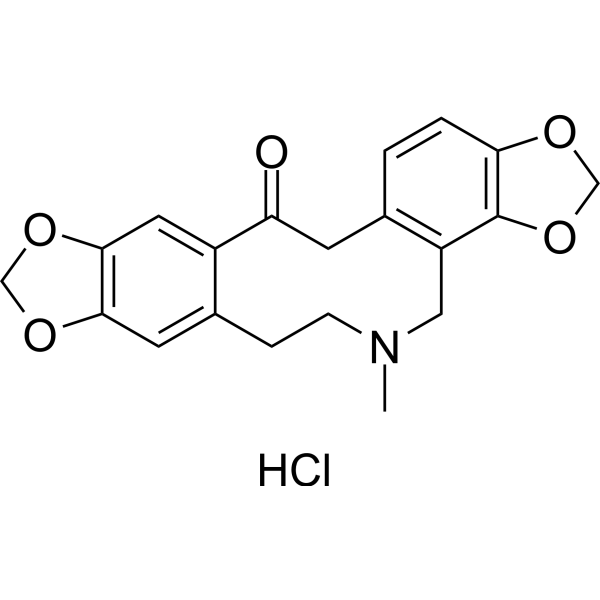
- HY-P5840
-
|
|
Biochemical Assay Reagents
Liposome
|
Cancer
|
|
Cyclo(RGDyC) is a cyclic pentapeptide with anti-angiogenic abilities. Cyclo(RGDyC) can be combined with liposome delivery systems for research on ocular neovascular diseases and cancer .
|
-
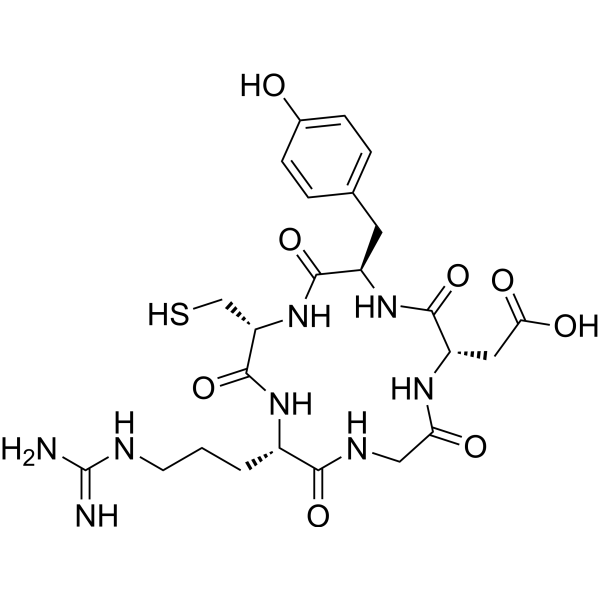
- HY-N0793
-
-
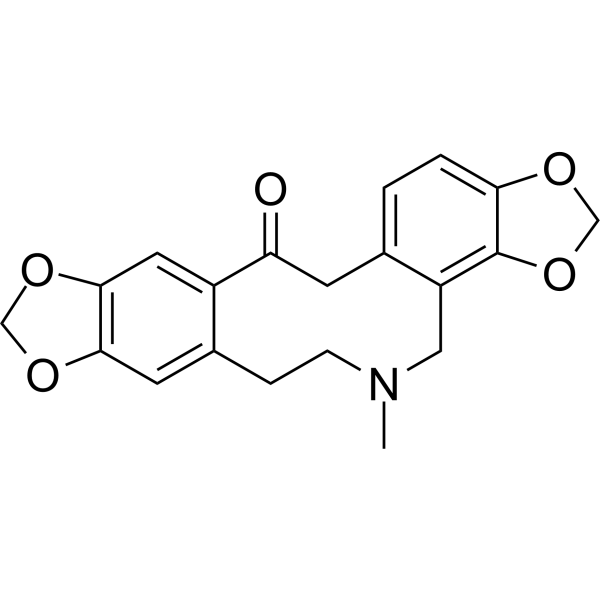
- HY-117737A
-
|
|
Raf
Apoptosis
|
Cancer
|
|
RRD-251 is an inhibitor of retinoblastoma tumor suppressor protein (Rb)-Raf-1 interaction, with potent anti-proliferative, anti-angiogenic and anti-tumor activities .
|
-

- HY-139822
-
|
|
VEGFR
|
Cancer
|
|
VEGFR-2-IN-10 exhibits increased antiangiogenic potency (IC50 = 0.7 μM) against VEGF-induced VEGFR2 phosphorylation without cytotoxic effects.
|
-

- HY-17503
-
-

- HY-N0205
-
|
Anemoside B4
|
Others
|
Cancer
|
|
Pulchinenoside C (Anemoside B4) is Pulsatilla koreana Nakai that have many numerous biological effects in vitro, including enhancing hypoglycemic, anti-tumor, neuroprotective and anti-angiogenic activity.
|
-
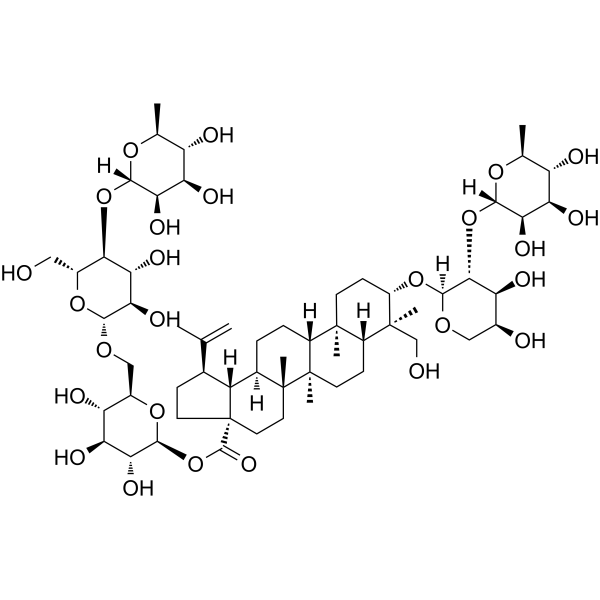
- HY-16958
-
|
|
|
|
|
PD 404182 is a potent and competitive inhibitor of human dimethylarginine dimethylaminohydrolase 1 (DDAH1), with an IC50 of 9 μM. PD 404182 exhibits antiangiogenic and antiviral activity in vitro .
|
-
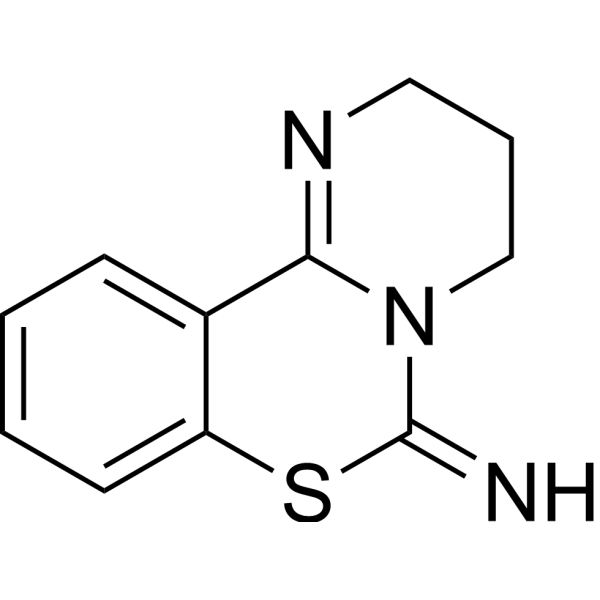
- HY-120508
-
|
AN-9; Pivalyloxymethyl butyrate
|
HDAC
Bcr-Abl
Apoptosis
|
Inflammation/Immunology
Cancer
|
|
Pivanex (AN-9), a derivative of Butyric acid, is an orally active HDAC inhibitor. Pivanex down-regulates bcr-abl protein and enhances apoptosis. Pivanex has antimetastic and antiangiogenic properties .
|
-
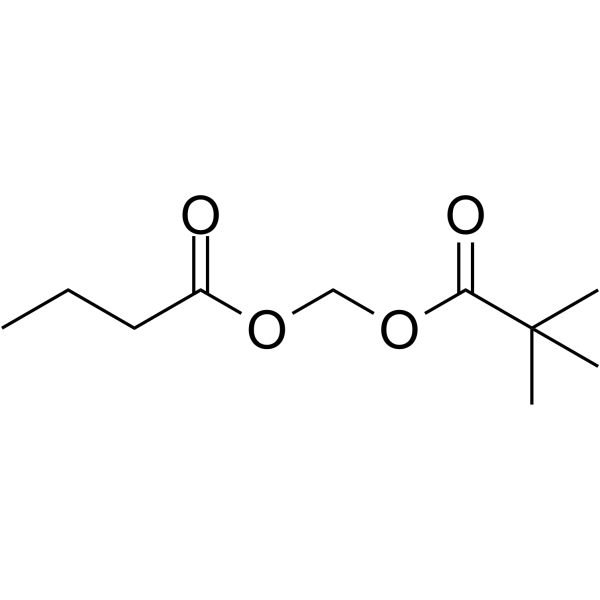
- HY-136901
-
|
FC-101
|
Reactive Oxygen Species
|
Cardiovascular Disease
Cancer
|
|
Fusarochromanone (FC-101) is a fungal metabolite with potent anti-angiogenic and anti-cancer activity . Fusarochromanone-activated JNK pathway is attributed to induction of reactive oxygen species (ROS) .
|
-

- HY-N2732
-
|
6-Prenyl-4',5,7-trihydroxyflavone; 6-C-Prenylapigenin
|
Others
|
Cancer
|
|
6-Prenylapigenin is a biologically active flavonoid with anti-tumor activity and antiangiogenic properties. 6-Prenylapigenin exerts cytotoxicity against cancer cells, such as leukemia and solid cancer cells .
|
-
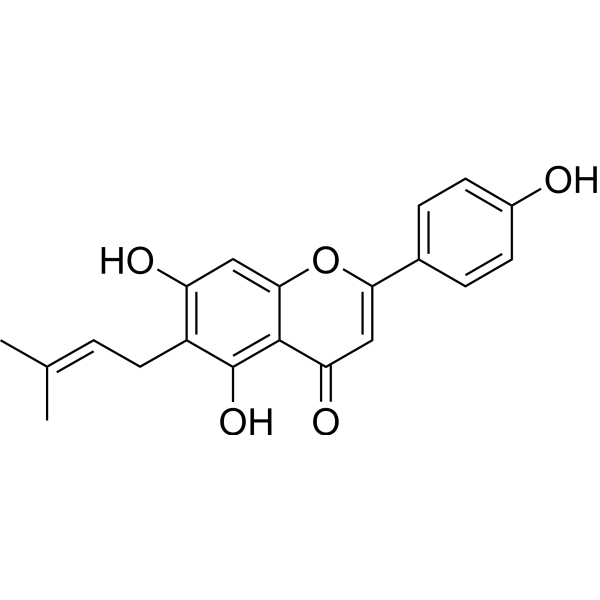
- HY-17503B
-
-

- HY-17503A
-
-
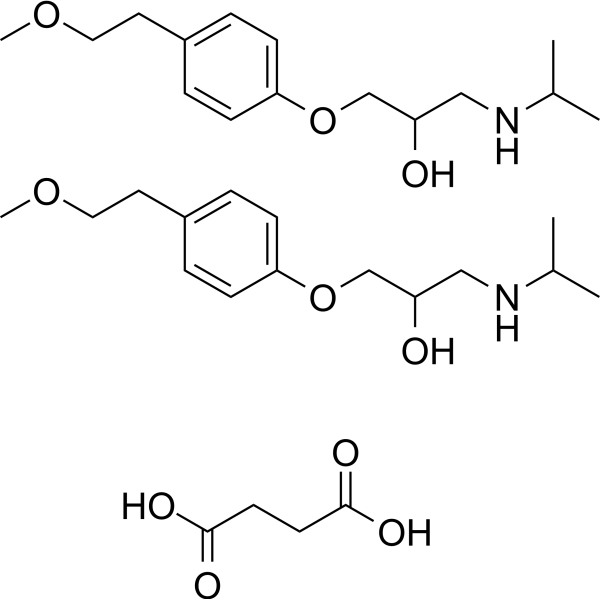
- HY-16126
-
|
L-651582; CAI
|
Calcium Channel
|
Inflammation/Immunology
Cancer
|
|
Carboxyamidotriazole (L-651582) is a cytostatic inhibitor of nonvoltage-operated calcium channels and calcium channel-mediated signaling pathways. Carboxyamidotriazole shows anti-tumor, anti-inflammatory and antiangiogenic effects .
|
-
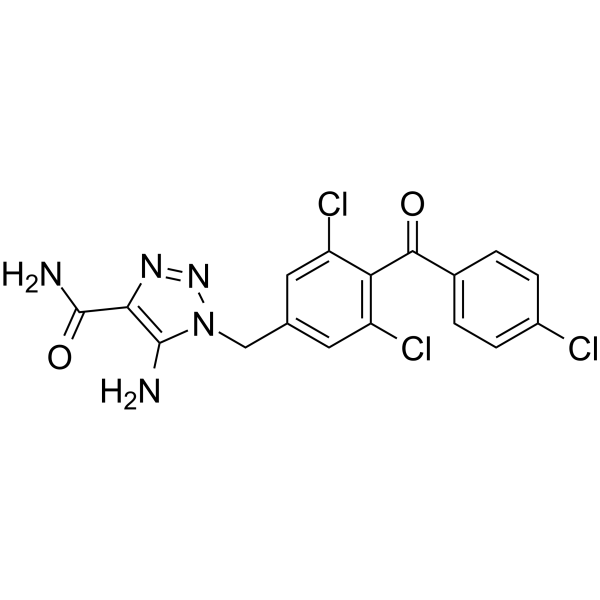
- HY-N8178
-
|
|
Others
|
Cardiovascular Disease
|
|
(R)-(4′-Hydroxy)-5,7-dihydroxy-4-chromanone, a homoisoflavonoid, has antiangiogenic activity against human retinal microvascular endothelial cells .
|
-
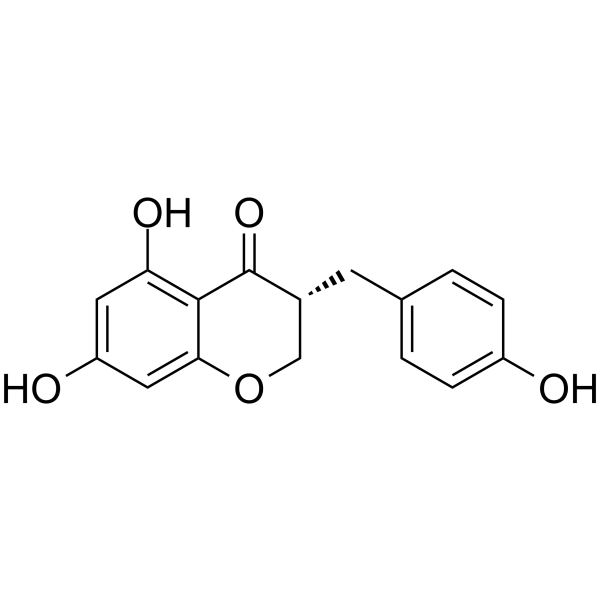
- HY-151241
-
|
(+)-Sinomenine N-oxide
|
Others
|
Inflammation/Immunology
|
|
Sinomenine N-oxide has anti-angiogenic, anti-inflammatory and anti-rheumatic effects. Sinomenine N-oxide is also a NO production inhibitor, with an IC50 value of 23.04 μM .
|
-
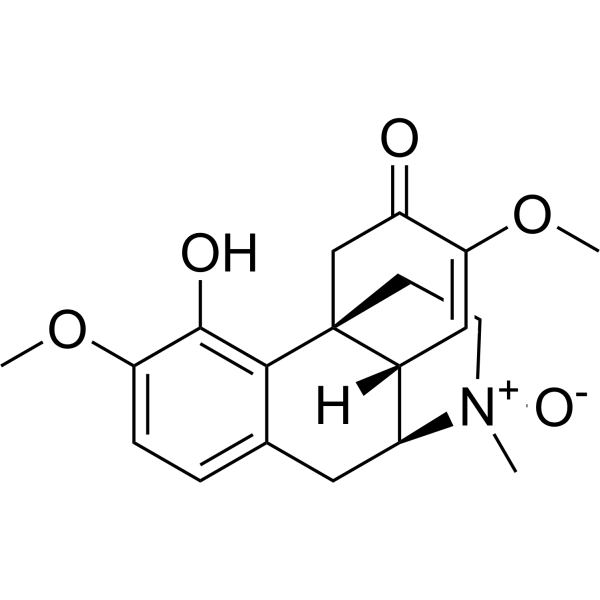
- HY-17503C
-
-
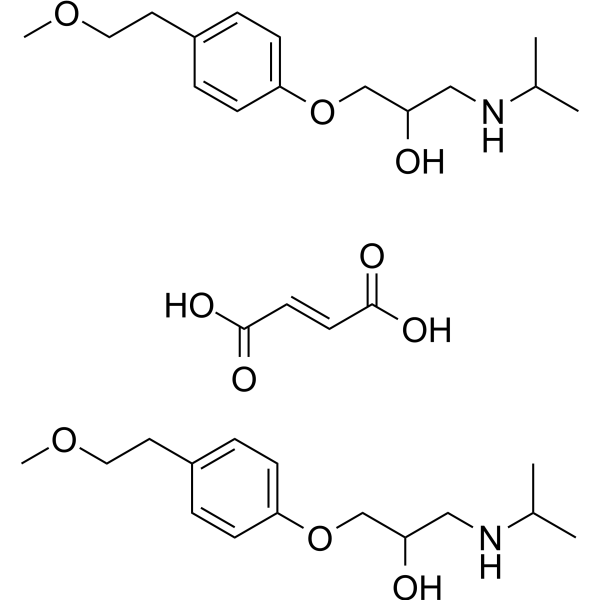
- HY-18185
-
|
|
VEGFR
|
Cancer
|
|
JNJ 17029259 is an orally active and selective VEGF-R2 kinase inhibitor. JNJ 17029259 inhibits VEGF-mediated signal transduction. JNJ 17029259 has anti-angiogenic activity .
|
-

- HY-14658A
-
|
(S)-(-)-Thalidomide
|
Apoptosis
Molecular Glues
|
Metabolic Disease
Inflammation/Immunology
|
|
(S)-Thalidomide ((S)-(-)-Thalidomide) is the S-enantiomer of Thalidomide. (S)-Thalidomide has immunomodulatory, anti-inflammatory, antiangiogenic and pro-apoptotic effects . (S)-Thalidomide induces teratogenic effects by binding to cereblon (CRBN) .
|
-
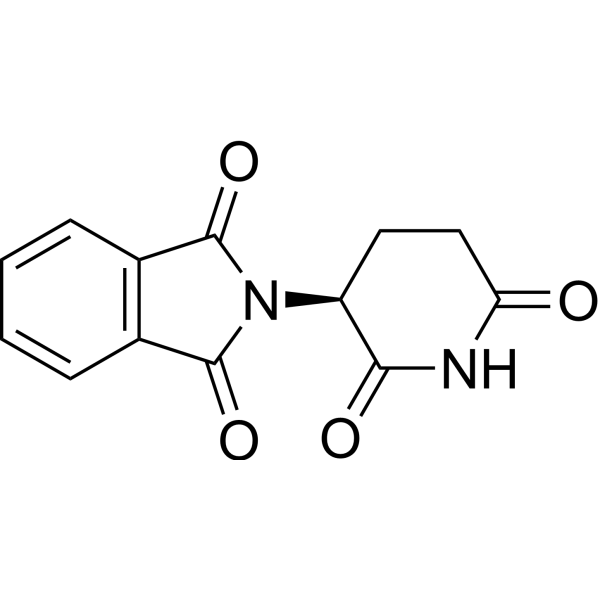
- HY-125741
-
|
|
Tie
VEGFR
|
Cancer
|
|
GW768505A free base is a potent dual inhibitor of VEGFR2 (KDR) and Tie-2, with a pIC50 of 7.81 for VEGFR2. GW768505A free base has anti-angiogenic activity 。
|
-
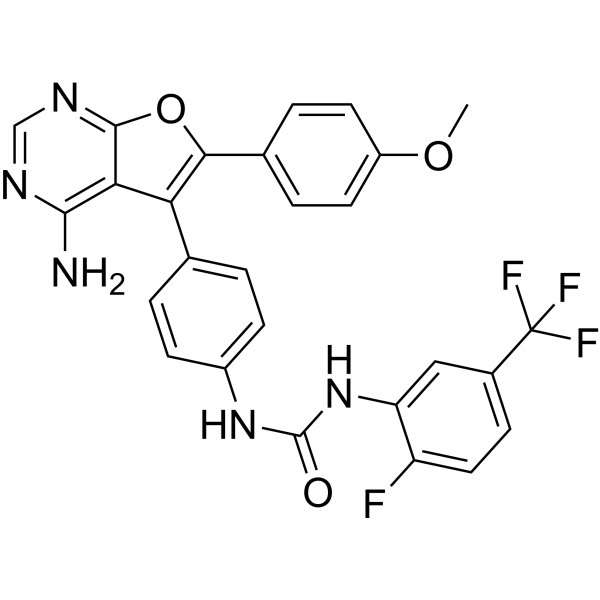
- HY-N6258
-
|
|
AMPK
Apoptosis
|
Metabolic Disease
|
|
Kahweol is one of the consituents of the coffee from Coffea Arabica with anti-inflammatory anti-angiogenic, and anti-cancerous activities. Kahweol inhibits adipogenesis and increase glucose uptake by AMP-activated protein kinase (AMPK) activation. Kahweol induces apoptosis.
|
-
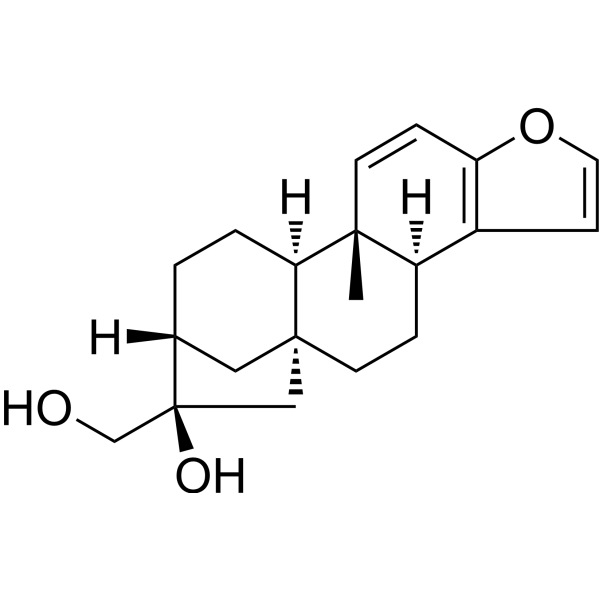
- HY-P9928
-
|
REGN 727; SAR 236553
|
Ser/Thr Protease
|
Cardiovascular Disease
|
|
Alirocumab (REGN 727) is a human monoclonal antibody inhibitor of PCSK9. Alirocumab is a monoclonal antibody. Alirocumab has anti-inflammatory, antiangiogenic and antioxidant effects. Alirocumab can be used in the study of hypercholesterolemia .
|
-
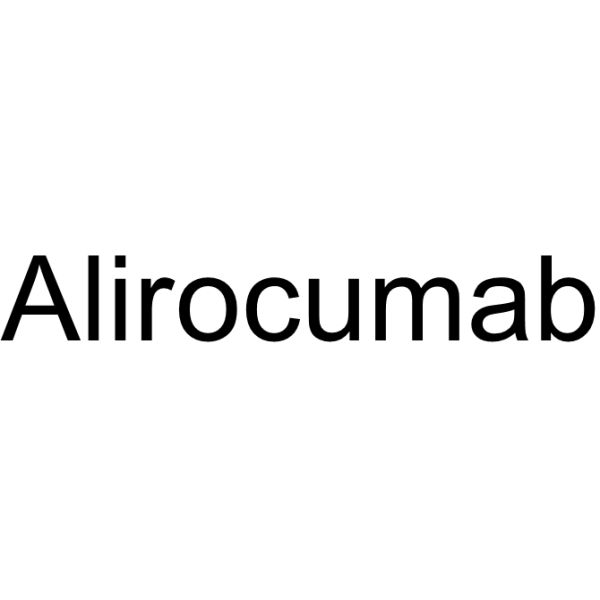
- HY-149260
-
-
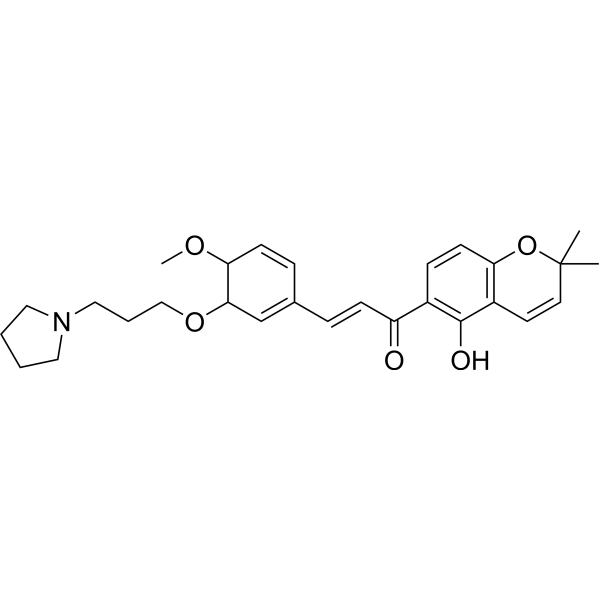
- HY-115436
-
|
|
Apoptosis
|
Cancer
|
|
LYG-202, a flavonoid, has potent anti-angiogenic and antitumor activity. LYG-202 inhibits VEGF-stimulated HUVEC migration and tube formation. LYG-202 induces cancer cell apoptosis .
|
-
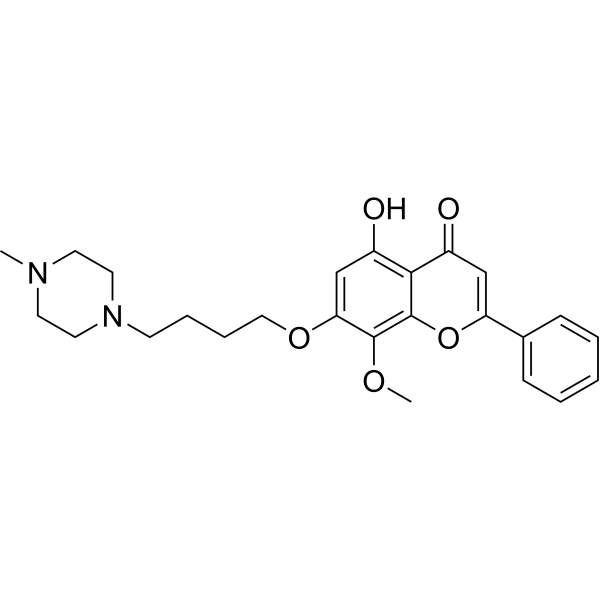
- HY-162064
-
|
|
VEGFR
|
Cancer
|
|
T-1-MBHEPA is a potent inhibitor of VEGFR-2, with the IC50 value of 0.121±0.051 μM. T-1-MBHEPA has anti-tumor and anti-angiogenic effect .
|
-
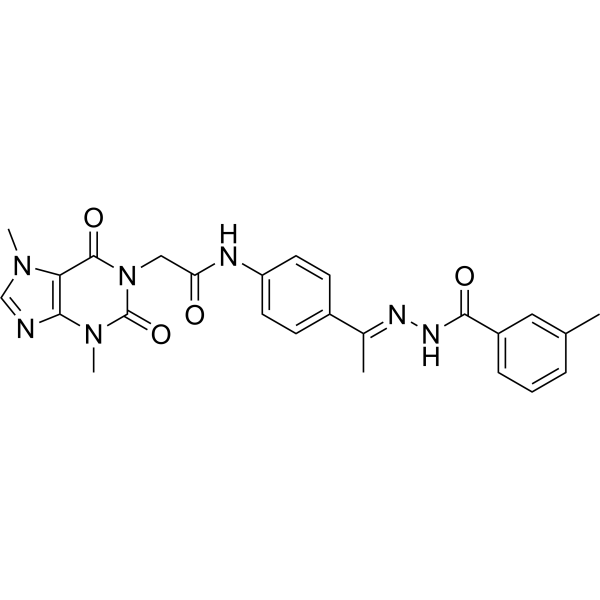
- HY-N0003
-
|
NSC 293100
|
Akt
Autophagy
HCV
ERK
|
Cancer
|
|
Honokiol is a bioactive, biphenolic phytochemical that possesses potent antioxidative, anti-inflammatory, antiangiogenic, and anticancer activities by targeting a variety of signaling molecules. It inhibits the activation of Akt. Honokiol can readily cross the blood brain barrier .
|
-

- HY-N8342
-
|
|
VEGFR
|
Inflammation/Immunology
Cancer
|
|
Rhamnazin is an orally active inhibitor of VEGFR2 signaling with an IC50 of 4.68 μM against VEGFR2 kinase. Rhamnazin shows potent antiangiogenic activity and antitumor efficacy . Rhamnazin shows antioxidant and anti-inflammatory properties .
|
-
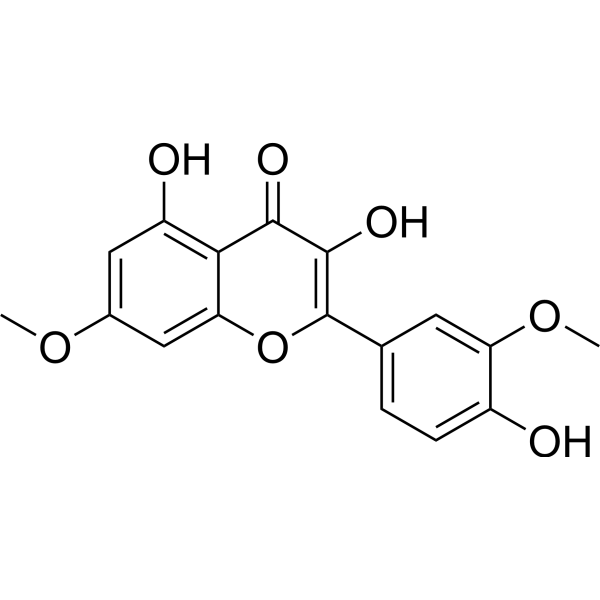
- HY-10528
-
|
ABR-215050
|
HDAC
|
Cancer
|
|
Tasquinimod is an oral antiangiogenic agent, which has the potential for castration-resistant prostate cancer treatment. Tasquinimod binds to the regulatory Zn 2+ binding domain of HDAC4 with Kd of 10-30 nM. Tasquinimod also is a S100A9 inhibitor .
|
-
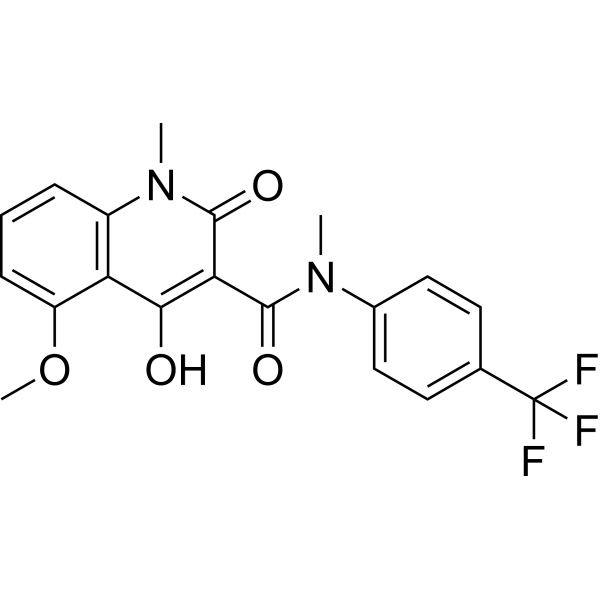
- HY-17503AS
-
-
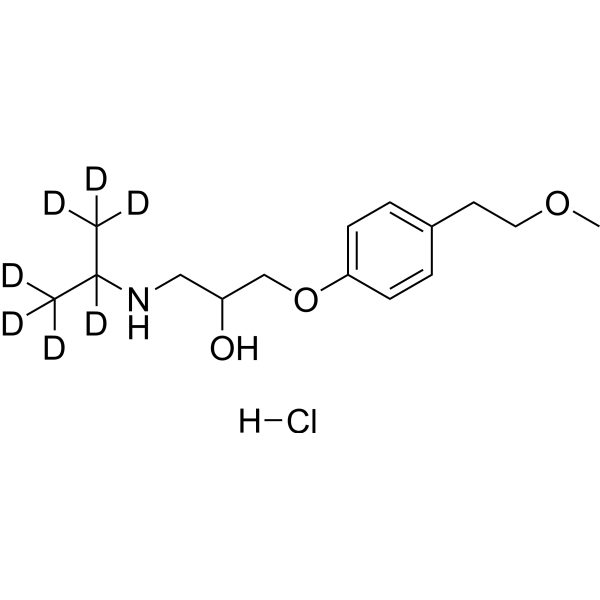
- HY-N2165
-
-
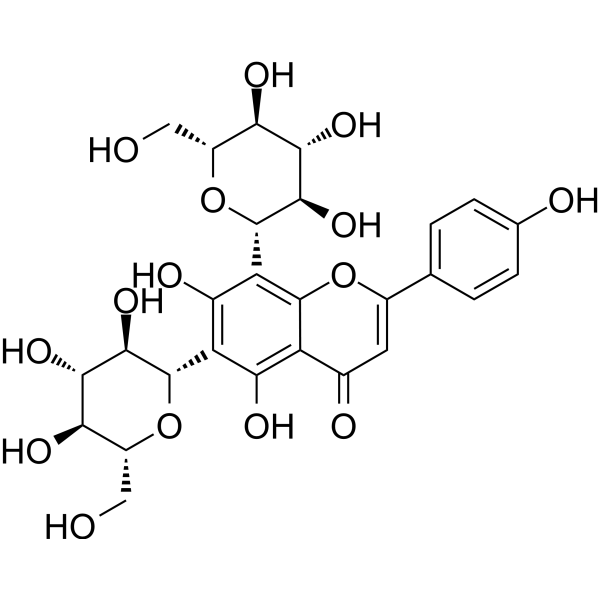
- HY-100898
-
|
|
Others
|
Cancer
|
|
OGT 2115 is a potent, cell-permeable and orally active heparanase inhibitor with an IC50 of 0.4 μM. OGT 2115 has anti-angiogenic properties (IC50 of 1 μM). OGT 2115 also inhibits heparan sulfate degradation activity .
|
-
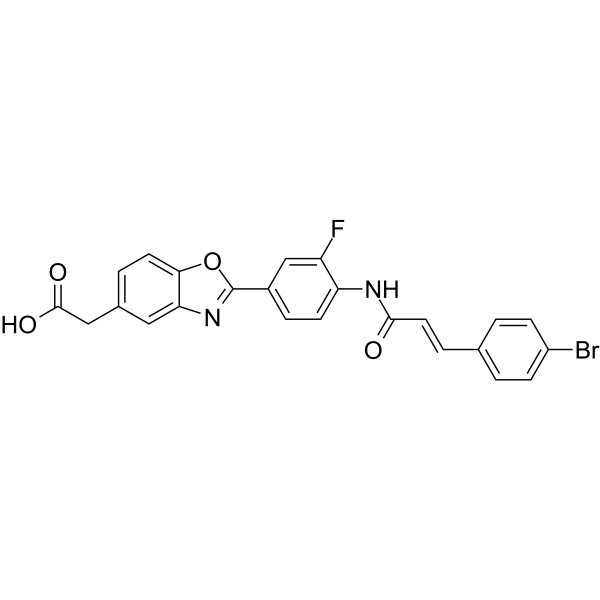
- HY-143491
-
|
|
VEGFR
Apoptosis
Reactive Oxygen Species
|
Cancer
|
|
VS 8 (Compound VS 8) is a potent, orally active VEGFR-2 inhibitor with significant anti-angiogenic effects. VS 8 induces cancer cell apoptosis and migration. VS 8 is active against CSCs (Cancer stem cells) .
|
-
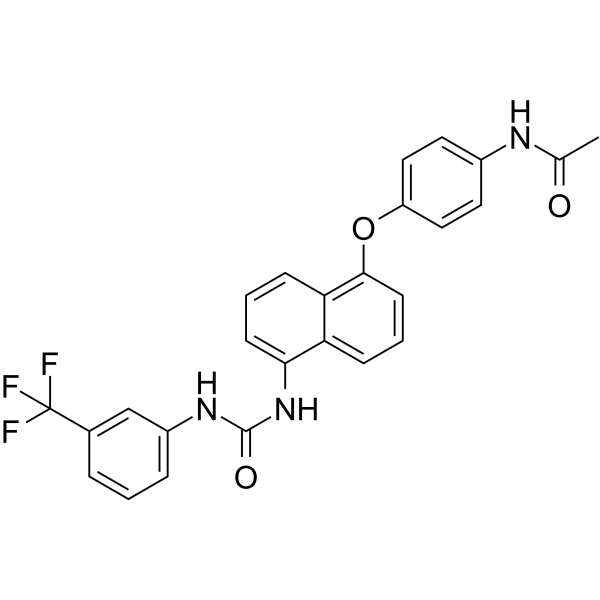
- HY-152087
-
|
|
ERK
p38 MAPK
|
Cardiovascular Disease
|
|
DCZ19931 is a potent multi-targeting kinase inhibitor. DCZ19931 has anti-angiogenic effects on ocular neovascularization. DCZ19931 also inhibits ERK1/2-MAPK and p38-MAPK signaling .
|
-
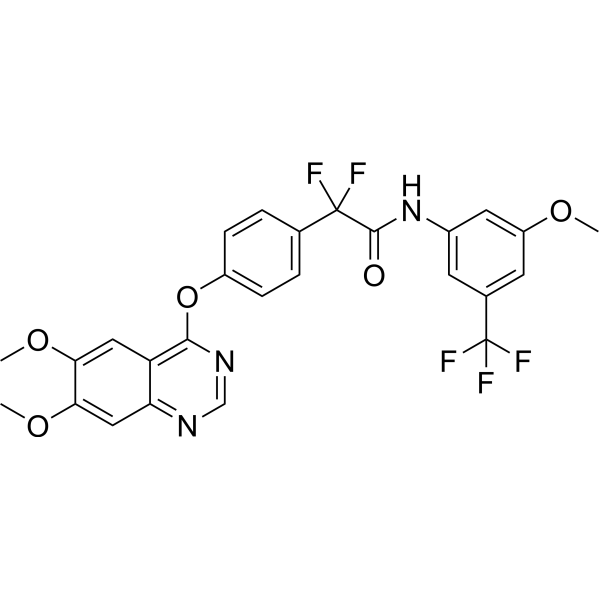
- HY-129325
-
|
|
Antibiotic
Bacterial
Apoptosis
Bcl-2 Family
Caspase
|
Infection
Cancer
|
|
Cytochalasin H is a nature product that could be isolated from fungus Phomopsis sp. Cytochalasin H inhibits cell growth and induces apoptosis. Cytochalasin H has anti-angiogenic activity. Cytochalasin H is an antibiotic and has antibacterial activity .
|
-
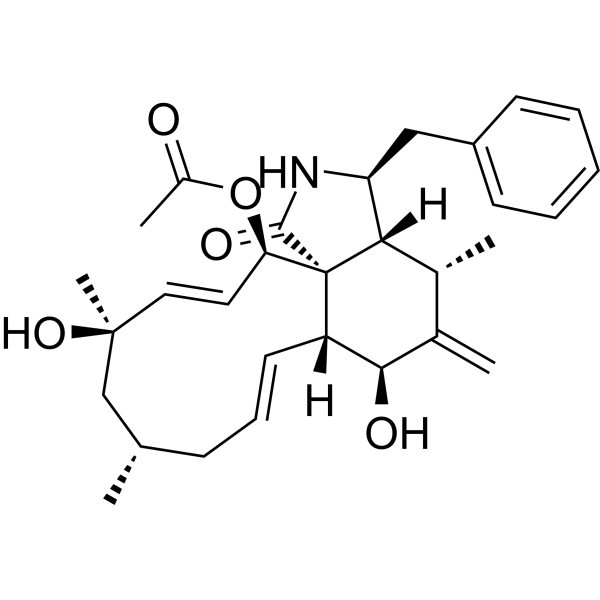
- HY-12017
-
|
|
c-Met/HGFR
|
Cancer
|
|
PF-04217903 is a potent ATP-competitive c-Met kinase inhibitor with Ki of 4.8 nM for human c-Met. PF-04217903 shows more than 1,000-fold selectivity relative to 208 kinases. Antiangiogenic properties .
|
-
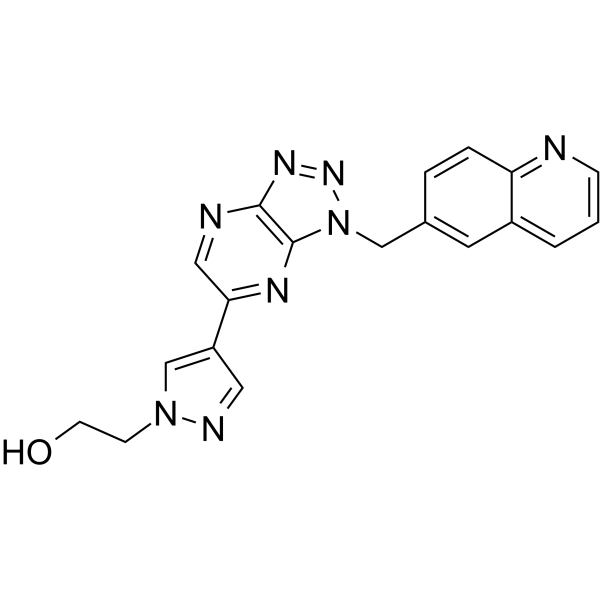
- HY-12017A
-
|
|
c-Met/HGFR
|
Cancer
|
|
PF-04217903 mesylate is a potent ATP-competitive c-Met kinase inhibitor with Ki of 4.8 nM for human c-Met. PF-04217903 mesylate shows more than 1,000-fold selectivity relative to 208 kinases. Antiangiogenic properties .
|
-
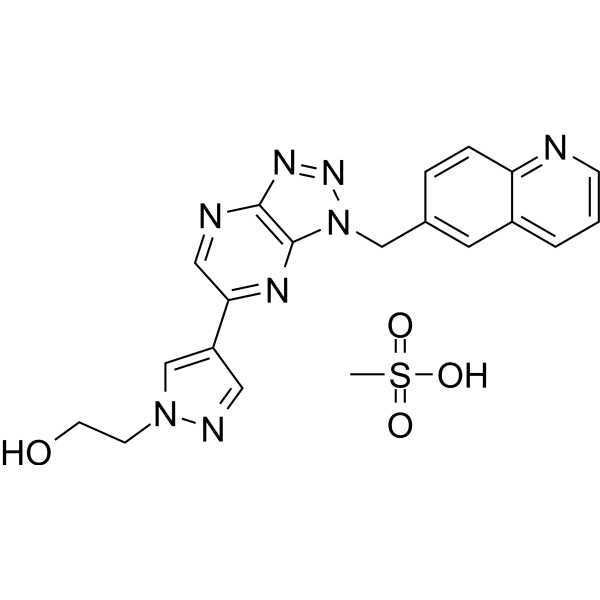
- HY-144818
-
|
|
Apoptosis
Microtubule/Tubulin
|
Cancer
|
|
Tubulin inhibitor 23 is a potent Tubulin inhibitor with an IC50 of 4.8 µM. Tubulin inhibitor 23 induces cell apoptosis. Tubulin inhibitor 23 shows antiangiogenic activity in a dose-dependent manner. Tubulin inhibitor 23 has the potential for the research of leukaemia .
|
-

- HY-17503S3
-
|
|
Apoptosis
Adrenergic Receptor
|
|
|
Metoprolol-d5 is the deuterium labeled Metoprolol[1]. Metoprolol is an orally active, selective β1-adrenoceptor antagonist. Metoprolol shows anti-inflammation, antitumor and anti-angiogenic properties[2][3][4].
|
-
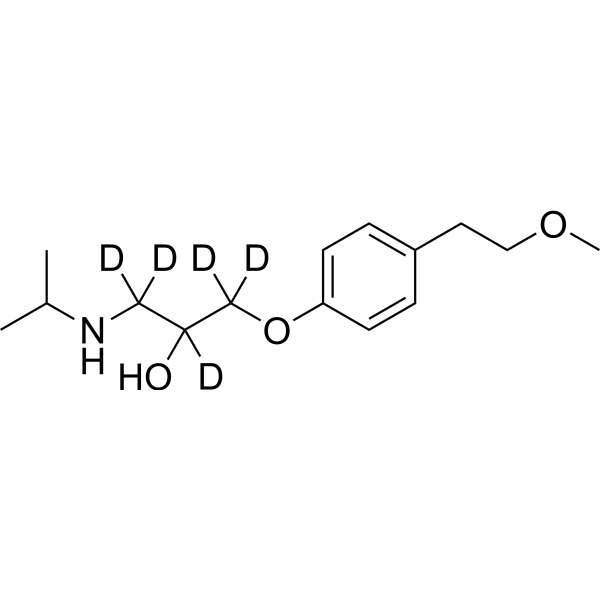
- HY-16135A
-
|
ESK981 tosylate; BOL 303213X tosylate
|
VEGFR
FGFR
|
Others
|
|
CEP-11981 (tosylate) (ESK981 (tosylate), BOL 303213X (tosylate)) is an orally active tyrosine kinase inhibitor (TKI), which can target TIE2, VEGFR1-3 and FGFR1, and has potential anti-tumor and anti-angiogenic effects .
|
-
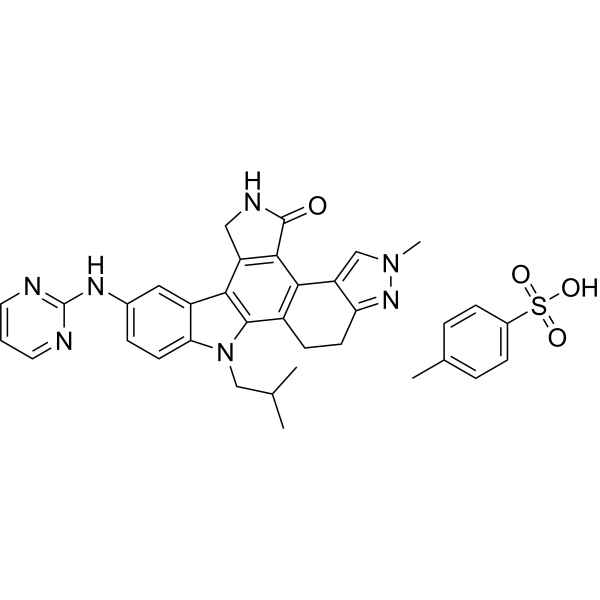
- HY-17503BS
-
-
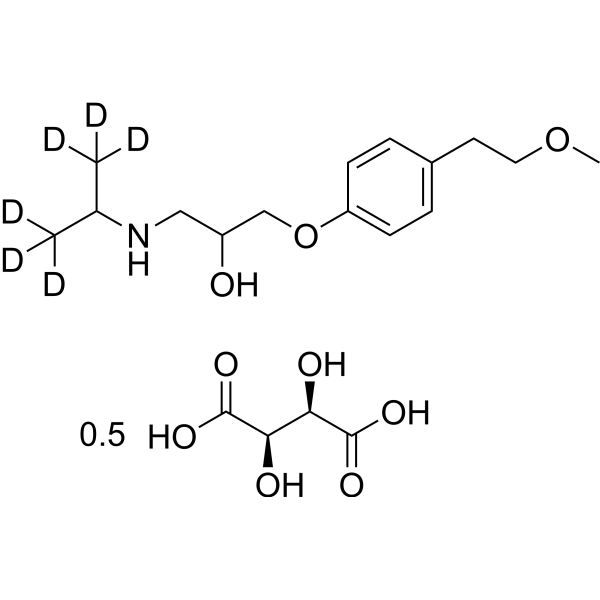
- HY-12017B
-
|
|
c-Met/HGFR
|
Cancer
|
|
PF-04217903 phenolsulfonate is a potent ATP-competitive c-Met kinase inhibitor with Ki of 4.8 nM for human c-Met. PF-04217903 phenolsulfonate shows more than 1,000-fold selectivity relative to 208 kinases. Antiangiogenic properties .
|
-

- HY-16147
-
|
Oxi4503; CA1P; Combretastatin A1 diphosphate
|
Others
|
Cancer
|
|
Combretastatin A1 phosphate (Oxi4503; CA1P; Combretastatin A1 diphosphate) is a potent vascular disruptive agent. Combretastatin A1 phosphate exerts anti-angiogenic effects on tumors. Combretastatin A1 phosphate has the potential for the research of pancreatic neuroendocrine tumors .
|
-
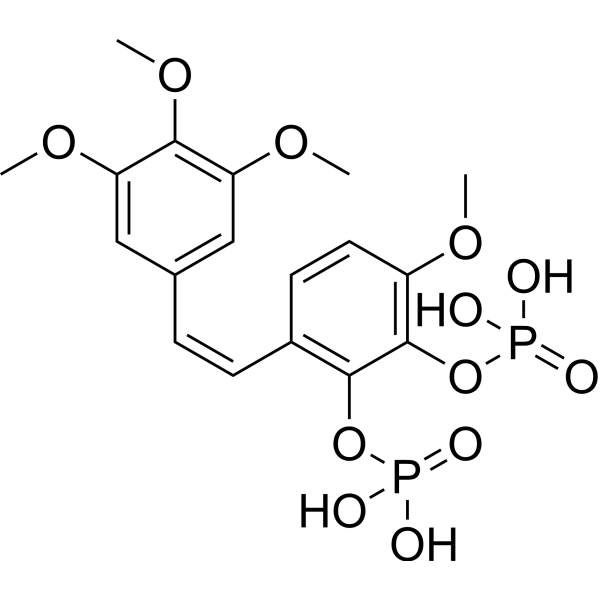
- HY-16135
-
|
ESK981; BOL 303213X
|
VEGFR
FGFR
|
Cancer
|
|
CEP-11981(ESK981; BOL 303213X) is an orally active tyrosine kinase inhibitor (TKI), which can target TIE2, VEGFR1-3 and FGFR1, and has potential anti-tumor and anti-angiogenic effects .
|
-
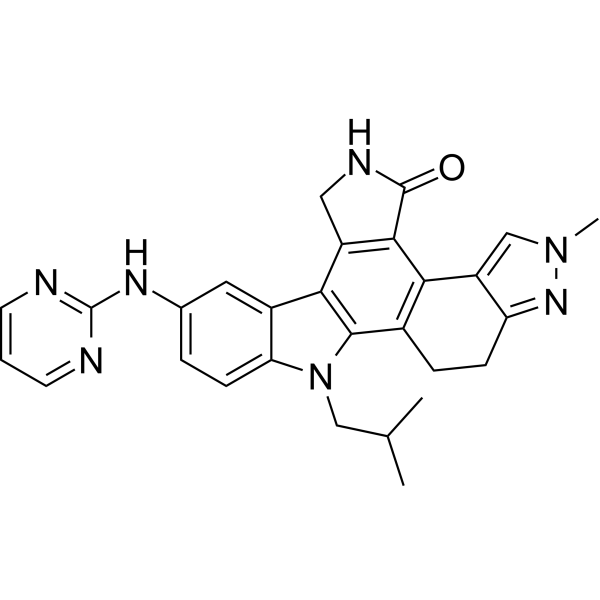
- HY-163402
-
|
|
EGFR
Apoptosis
|
Cancer
|
|
EGFR-IN-108 chloride (Compound Ru3S) is an EGFR inhibitor with an IC50 value of 5.8 nM for hEGFR. EGFR-IN-108 chloride induces apoptosis and has anti-proliferative activity against cancer cells. EGFR-IN-108 chloride also has anti-angiogenic effects .
|
-

- HY-W011434
-
|
TGIC; Teroxirone
|
MDM-2/p53
Apoptosis
|
Inflammation/Immunology
Cancer
|
|
Triglycidyl isocyanurate (TGIC; Teroxirone) is a triazene triepoxide with antiangiogenic and antineoplastic activities. Triglycidyl isocyanurate inhibits the growth of non-small-cell-lung cancer cells via p53 activation. Triglycidyl isocyanurate induces cell apoptosis. Triglycidyl isocyanurate can be used for cancer research .
|
-
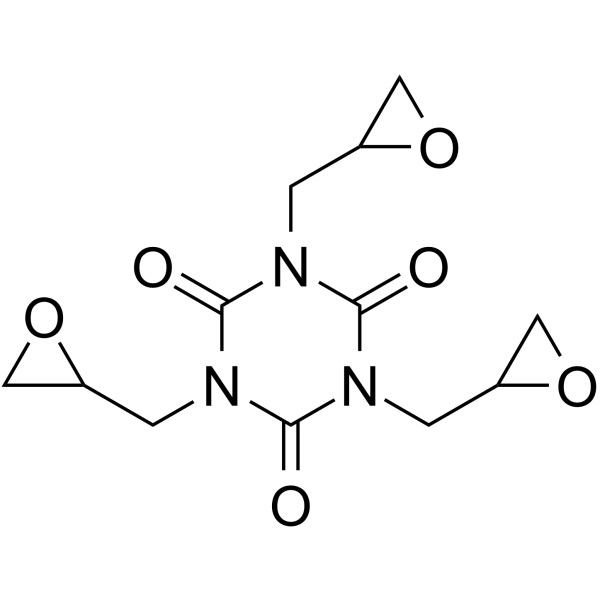
- HY-149361
-
|
|
VEGFR
|
Inflammation/Immunology
|
|
VEGFR2-IN-4 (compound 25) is a potent and selective VEGFR2 kinase inhibitor, with a GI50 of 0.7 nM. VEGFR2-IN-4 shows anti-angiogenic effect. VEGFR2-IN-4 can be used for the research of rheumatoid arthritis .
|
-

- HY-156019
-
|
|
FGFR
|
Cancer
|
|
FGFR1 inhibitor-10 (Compound 4i) is an FGFR1 inhibitor (IC50: 28 nM). FGFR1 inhibitor-10 inhibits the phosphorylation of FGFR1. FGFR1 inhibitor-10 has anti-angiogenic, anti-invasion activity, and anti-tumor effect .
|
-
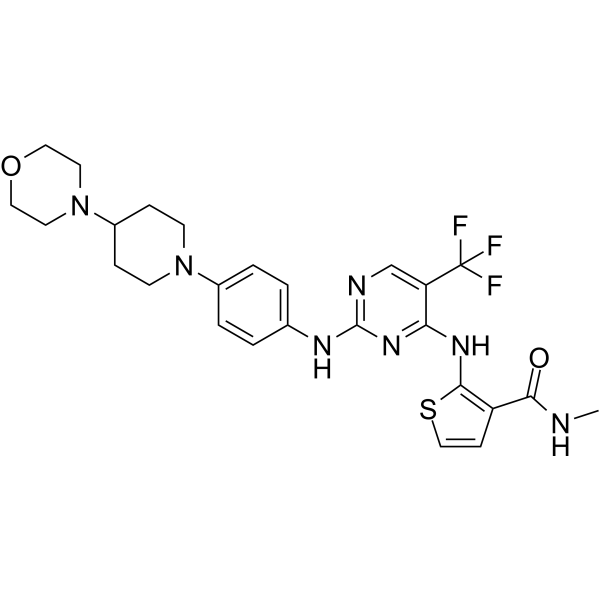
- HY-16196
-
|
IRC-110160
|
Microtubule/Tubulin
HIF/HIF Prolyl-Hydroxylase
STAT
|
Cancer
|
|
ENMD-1198 (IRC-110160), an orally active microtubule destabilizing agent, is a 2-methoxyestradiol analogue with antiproliferative and antiangiogenic activity. ENMD-1198 is suitable for inhibiting HIF-1alpha and STAT3 in human HCC cells and leads to reduced tumor growth and vascularization.
|
-
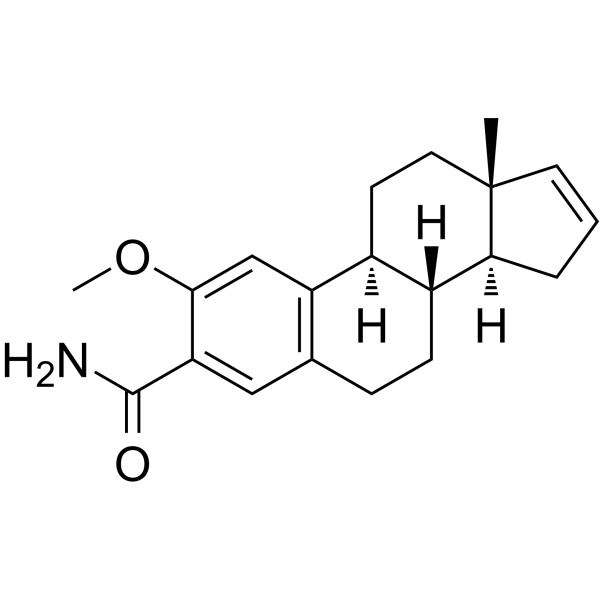
- HY-16125
-
|
L-651582 Orotate; CAI Orotate
|
Calcium Channel
|
Inflammation/Immunology
Cancer
|
|
Carboxyamidotriazole Orotate (L-651582 Orotate) is the orotate salt form of Carboxyamidotriazole (CAI), an orally bioavailable signal transduction inhibitor. Carboxyamidotriazole Orotate is a cytostatic inhibitor of nonvoltage-operated calcium channels and calcium channel-mediated signaling pathways. Carboxyamidotriazole Orotate shows anti-tumor, anti-inflammatory and antiangiogenic effects .
|
-
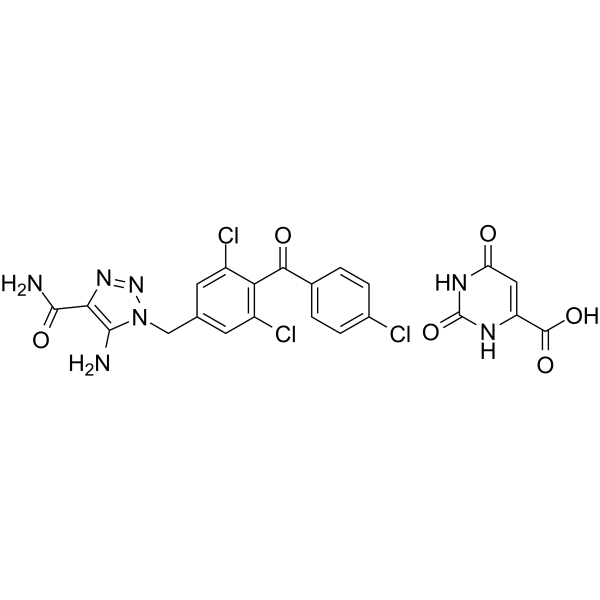
- HY-100450
-
|
|
|
|
|
BML-111, a lipoxin A4 analog, is a lipoxin A4 receptor agonist. BML-111 represses the activity of angiotensin converting enzyme (ACE) and increases the activity of angiotensinconverting enzyme 2 (ACE2). BML-111 has antiangiogenic, antitumor and anti-inflammatory properties .
|
-
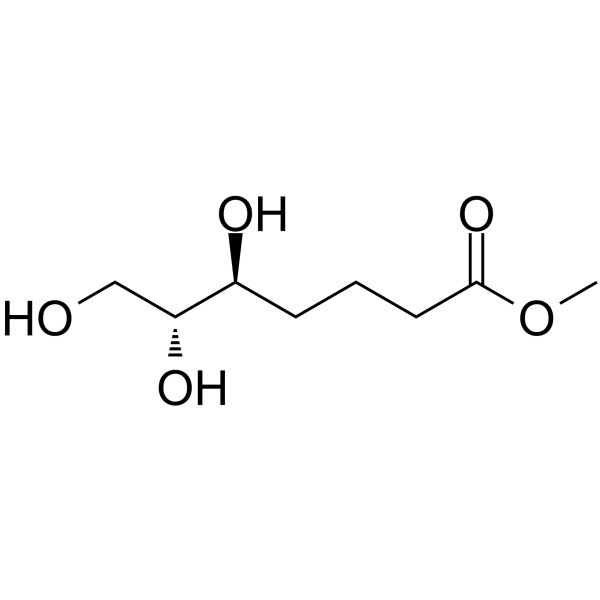
- HY-N6084
-
|
α-Lupulic acid
|
COX
GABA Receptor
Apoptosis
|
Cardiovascular Disease
|
|
Humulone (α-Lupulic acid), a prenylated phloroglucinol derivative, is a potent cyclooxygenase-2 (COX-2) inhibitor. Humulone acts as a positive modulator of GABAA receptor at low micromolar concentrations. Humulone is an inhibitor of bone resorption. Humulone possesses antioxidant, anti-angiogenic and apoptosis-inducing properties .
|
-
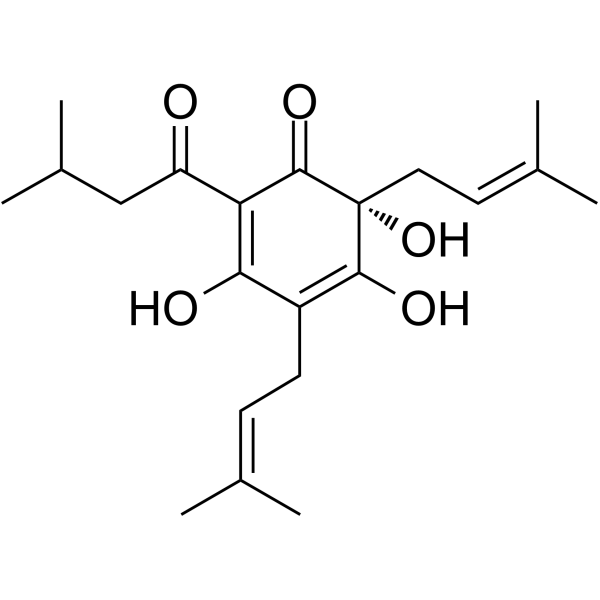
- HY-10330
-
|
SU11654; PHA 291639E
|
PDGFR
VEGFR
c-Kit
|
Cancer
|
|
Toceranib phosphate (SU11654 phosphate) is an orally active receptor tyrosine kinase (RTK) inhibitor, and it potently inhibits PDGFR, VEGFR, and Kit with Kis of 5 and 6 nM for PDGFRβ and Flk-1/KDR, respectively. Toceranib phosphate (SU11654 phosphate) has antitumor and antiangiogenic activity, and used in the treatment of canine mast cell tumors .
|
-

- HY-10330A
-
|
SU11654 phosphate; PHA 291639E phosphate
|
PDGFR
VEGFR
c-Kit
|
Cancer
|
|
Toceranib phosphate (SU11654 phosphate) is an orally active receptor tyrosine kinase (RTK) inhibitor, and it potently inhibits PDGFR, VEGFR, and Kit with Kis of 5 and 6 nM for PDGFRβ and Flk-1/KDR, respectively. Toceranib phosphate (SU11654 phosphate) has antitumor and antiangiogenic activity, and used in the treatment of canine mast cell tumors .
|
-

- HY-N5077
-
|
|
Cholinesterase (ChE)
P-glycoprotein
|
Neurological Disease
Inflammation/Immunology
Cancer
|
|
Sinapine is an alkaloid isolated from seeds of the cruciferous species. Sinapine exhibits anti-inflammatory, anti-oxidant, anti-tumor, anti-angiogenic and radio-protective effects. Sinapine is also an acetylcholinesterase (AChE) inhibitor and can be used for the research of Alzheimer’s disease, ataxia, myasthenia gravis, and Parkinson’s disease .
|
-
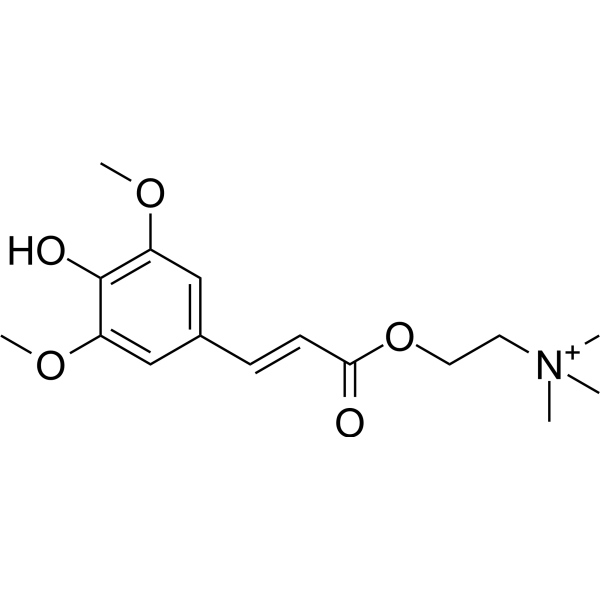
- HY-124953
-
|
|
MAP3K
Apoptosis
|
Cancer
|
|
7,3',4'-Trihydroxyisoflavone, a major metabolite of Daidzein, is an ATP-competitive inhibitor of Cot (Tpl2/MAP3K8) and MKK4. 7,3',4'-Trihydroxyisoflavone has anticancer, anti-angiogenic, chemoprotective, and free radical scavenging activities .
|
-
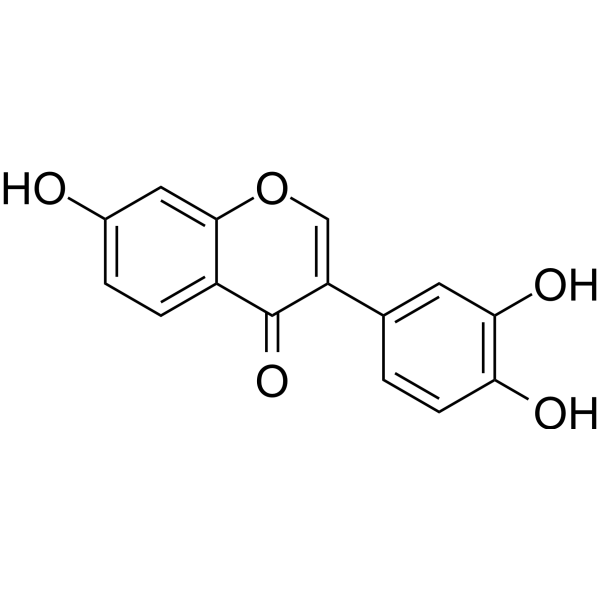
- HY-14658
-
|
|
Ligands for E3 Ligase
Autophagy
|
Inflammation/Immunology
Cancer
|
|
Thalidomide inhibits cereblon (CRBN), a part of the cullin-4 E3 ubiquitin ligase complex CUL4-RBX1-DDB1, with a Kd of ∼250 nM, and has immunomodulatory, anti-inflammatory and anti-angiogenic cancer properties. Thalidomide can work as molecular glue to potentiate substrate.
|
-
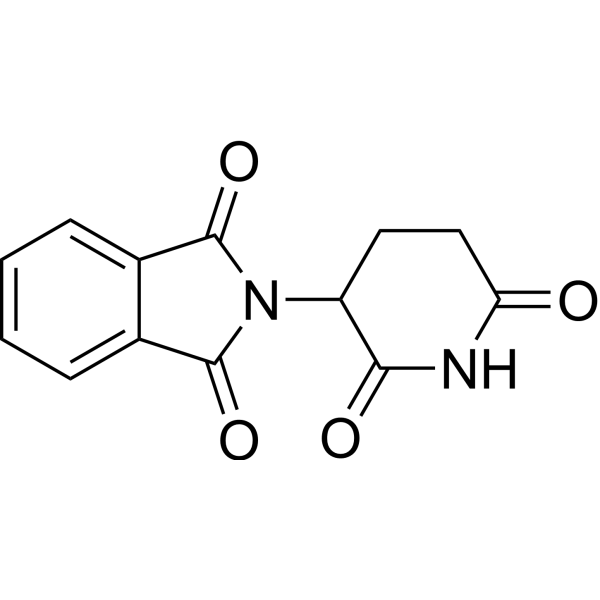
- HY-N1067
-
|
|
COX
Acyltransferase
Apoptosis
HSV
CMV
Influenza Virus
|
Infection
Cancer
|
|
Xanthohumol is one of the principal flavonoids isolated from hops, the inhibitor of diacylglycerol acetyltransferase (DGAT), COX-1 and COX-2, and shows anti-cancer and anti-angiogenic activities. Xanthohumol also has antiviral activity against bovine viral diarrhea virus (BVDV), rhinovirus, HSV-1, HSV-2 and cytomegalovirus (CMV).
|
-
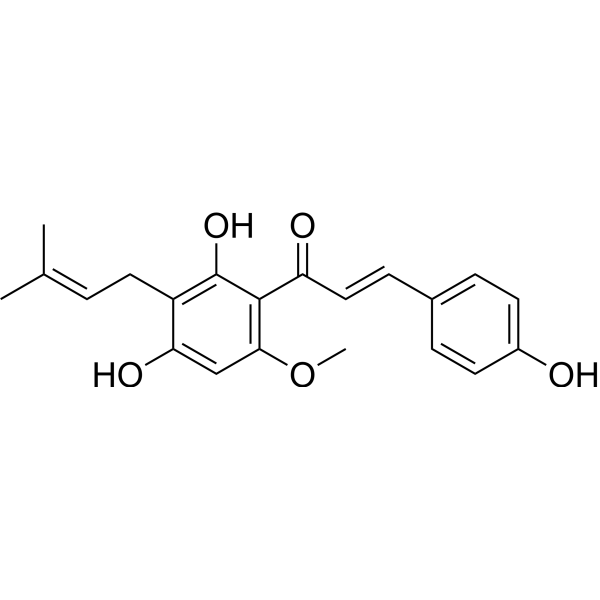
- HY-14658S
-
|
|
|
|
|
Thalidomide-d4 is a deuterium labeled Thalidomide. Thalidomide inhibits cereblon (CRBN), a part of the cullin-4 E3 ubiquitin ligase complex CUL4-RBX1-DDB1, with a Kd of ~250 nM, and has immunomodulatory, anti-inflammatory and anti-angiogenic cancer properties[1][2].
|
-
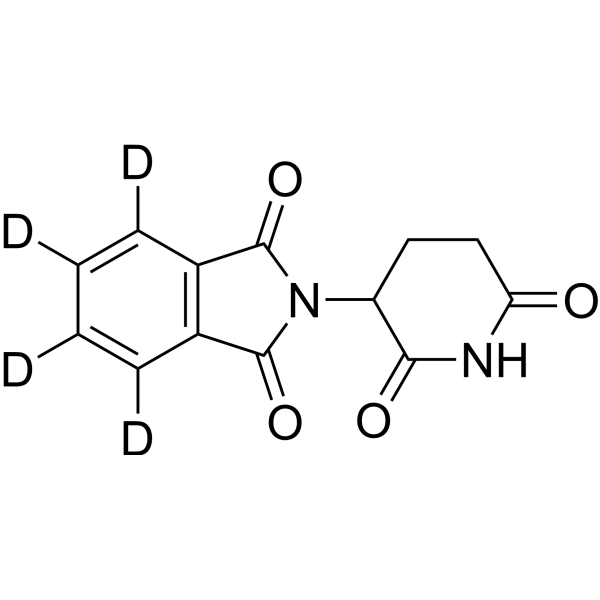
- HY-19867A
-
|
TG-0054 hydrobromide
|
CXCR
|
Cardiovascular Disease
Inflammation/Immunology
Endocrinology
Cancer
|
|
Burixafor hydrobromide (TG-0054 hydrobromide) is an orally bioavailable and potent antagonist of CXCR4 and a well anti-angiogenic drug that is of potential value in treating choroid neovascularization . Burixafor hydrobromide (TG-0054 hydrobromide) mobilizes mesenchymal stem cells, attenuates inflammation, and preserves cardiac systolic function in a porcine model of myocardial infarction .
|
-
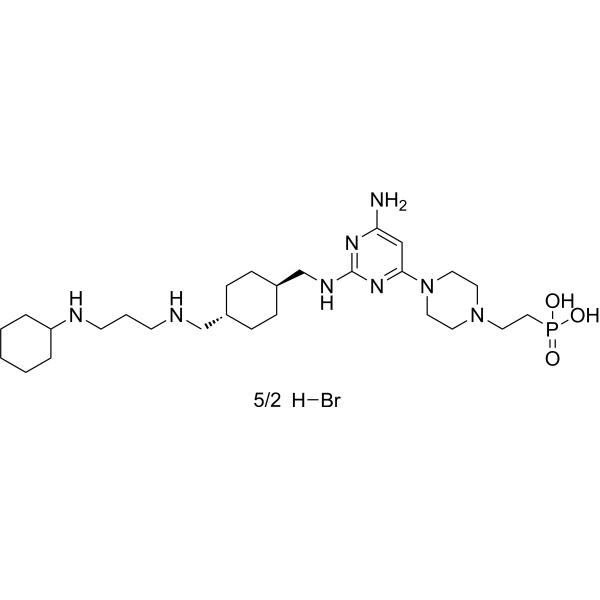
- HY-W008859
-
Tetrac
1 Publications Verification
Tetraiodothyroacetic acid; 3,3',5,5'-Tetraiodothyroacetic acid
|
Integrin
Endogenous Metabolite
|
Cancer
|
|
Tetrac (Tetraiodothyroacetic acid), a derivative of L-thyroxine (T4), is a thyrointegrin receptor antagonist. Tetrac blocks the actions of T4 and 3,5,3'-triiodo-L-thyronine (T3) at the cell surface receptor for thyroid hormone on integrin αvβ3. Tetra has anti-angiogenic and anti-tumor activities .
|
-
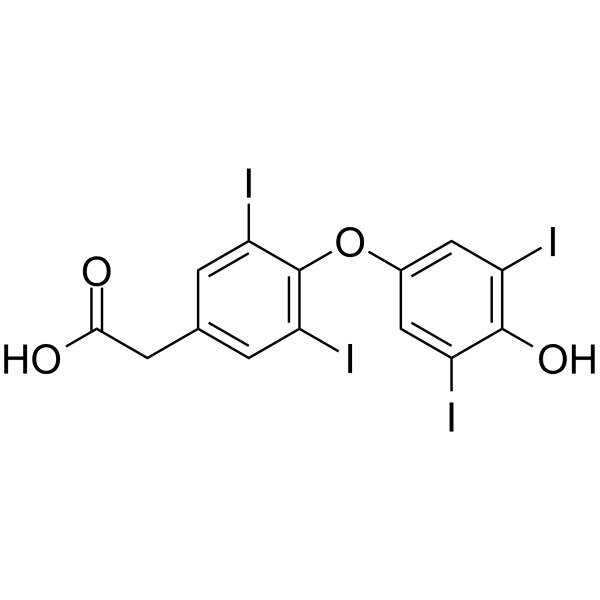
- HY-128530
-
|
|
Cuproptosis
Others
|
Cardiovascular Disease
Metabolic Disease
Inflammation/Immunology
|
|
Tetrathiomolybdate, an orally active anti-copper agent, reduces copper levels in the body. Tetrathiomolybdate has a protective effect on collagen-induced arthritis in mice. Tetrathiomolybdate also reduces blood sugar, but has no effect on mice with hereditary diabetes (db/db). Tetrathiomolybdate inhibit angiogenesis, also shows antiangiogenic effects in malignant pleural mesothelioma .
|
-
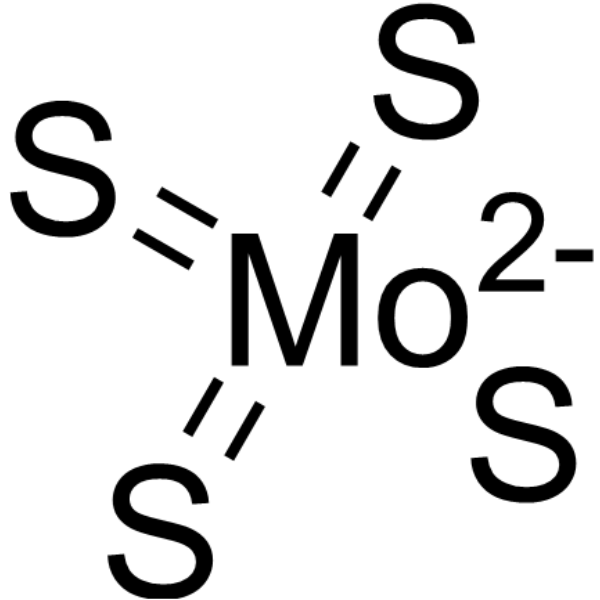
- HY-15205
-
|
STA-9090
|
HSP
Apoptosis
|
Cancer
|
|
Ganetespib (STA-9090) is a heat shock protein 90 (HSP90) inhibitor which exhibits potent cytotoxicity in a wide variety of hematological and solid tumor cell lines. Ganetespib has antiangiogenic effects in colorectal cancer mediated through inhibition of HIF-1α and STAT3 .
|
-
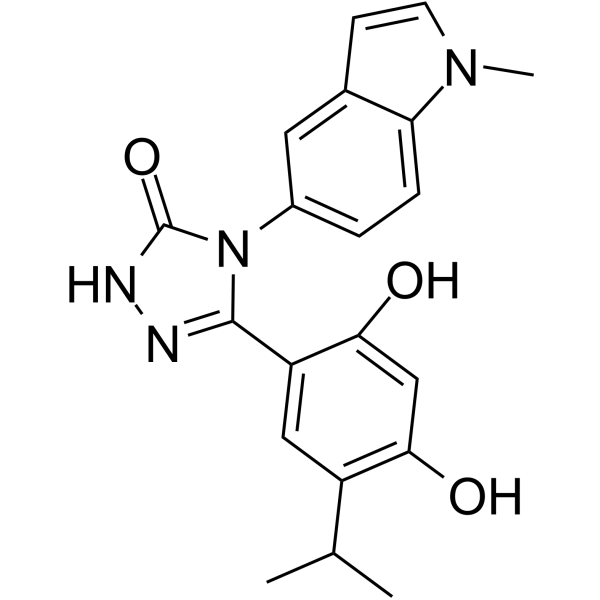
- HY-17364
-
Temozolomide
Maximum Cited Publications
109 Publications Verification
NSC 362856; CCRG 81045; TMZ
|
DNA Alkylator/Crosslinker
Autophagy
Apoptosis
|
Cancer
|
|
Temozolomide (NSC 362856) is an oral active DNA alkylating agent that crosses the blood-brain barrier. Temozolomide is also a proautophagic and proapoptotic agent. Temozolomide is effective against tumor cells that are characterized by low levels of O6-alkylguanine DNA alkyltransferase (OGAT) and a functional mismatch repair system. Temozolomide has antitumor and antiangiogenic effects .
|
-
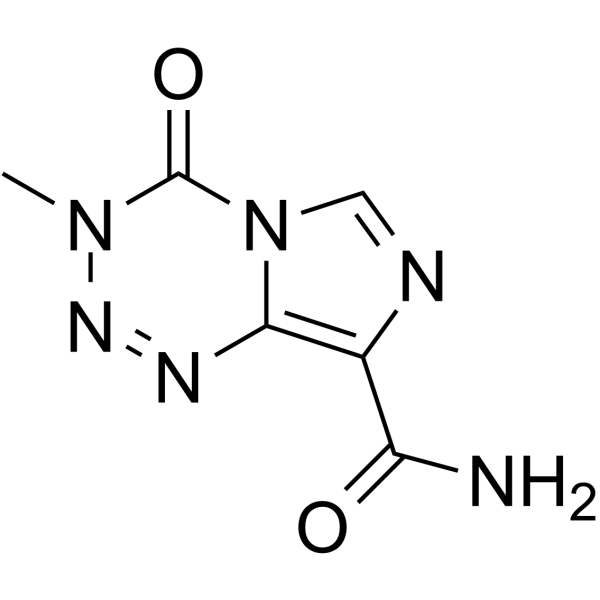
- HY-N0923
-
|
(+)-Corydaline; Corydalin
|
Cholinesterase (ChE)
Enterovirus
Opioid Receptor
|
Neurological Disease
|
|
Corydaline ((+)-Corydaline), an isoquinoline alkaloid isolated from Corydalis yanhusuo, is an AChE inhibitor with an IC50 of 226 µM. Corydaline is a μ-opioid receptor (Ki of 1.23 µM) agonist and inhibits enterovirus 71 (EV71) replication (IC50 of 25.23 µM). Corydaline has anti-angiogenic, anti-allergic and gastric-emptying and antinociceptive activities .
|
-
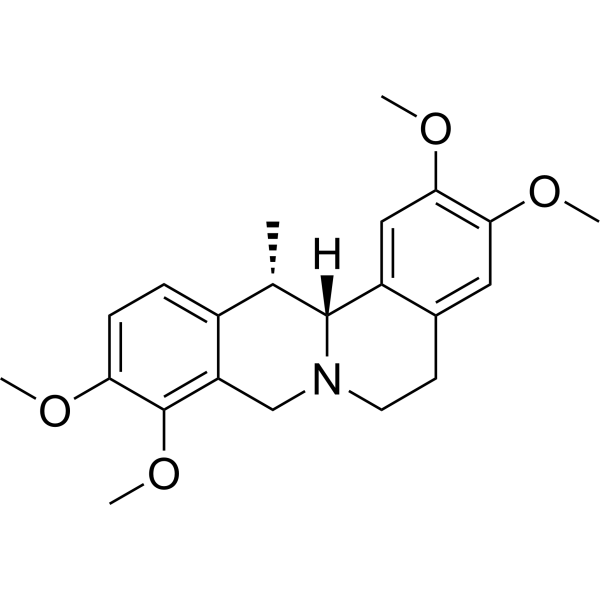
- HY-N0450
-
|
|
P-glycoprotein
Cholinesterase (ChE)
|
Cancer
|
|
Sinapine thiocyanate is an alkaloid isolated from seeds of the cruciferous species. Sinapine thiocyanate exhibits anti-inflammatory, anti-oxidant, anti-tumor, anti-angiogenic and radio-protective effects. Sinapine thiocyanate is also an acetylcholinesterase (AChE) inhibitor and can be used for the research of Alzheimer’s disease, ataxia, myasthenia gravis, and Parkinson’s disease .
|
-
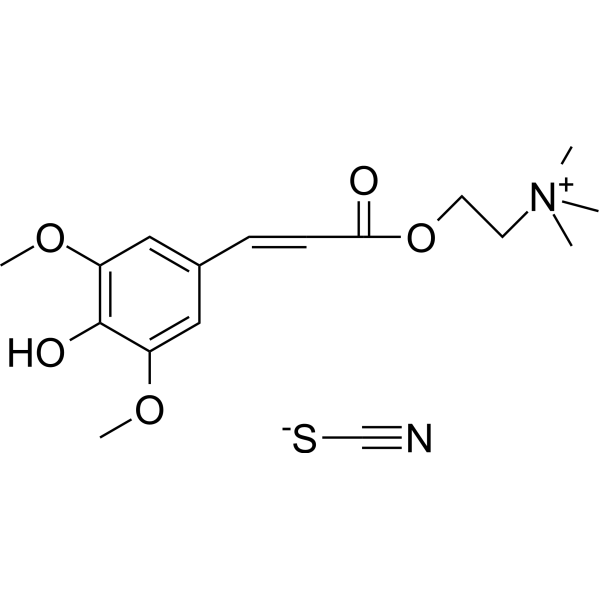
- HY-N5077B
-
|
|
Cholinesterase (ChE)
P-glycoprotein
|
Neurological Disease
Inflammation/Immunology
Cancer
|
|
Sinapine hydroxide is an alkaloid isolated from seeds of the cruciferous species. Sinapine hydroxide exhibits anti-inflammatory, anti-oxidant, anti-tumor, anti-angiogenic and radio-protective effects. Sinapine hydroxide is also an acetylcholinesterase (AChE) inhibitor and can be used for the research of Alzheimer’s disease, ataxia, myasthenia gravis, and Parkinson’s disease .
|
-

- HY-12572
-
|
|
Tie
VEGFR
|
Cancer
|
|
TIE-2/VEGFR-2 kinase-IN-2 is a potent dual VEGFR2 and Tie-2 inhibitor with pIC50 values of 8.61 and 8.56, respectively . TIE-2/VEGFR-2 kinase-IN-2 is an anti-angiogenic agent and can be used for cancer research .
|
-

- HY-B1074R
-
|
Etamsylate (Standard)
|
Prostaglandin Receptor
|
Cardiovascular Disease
Endocrinology
|
|
Ethamsylate (Standard) is the analytical standard of Ethamsylate. This product is intended for research and analytical applications. Ethamsylate (Etamsylate) is an orally active anti-hemorrhagic compound. Ethamsylate inhibits biosynthesis and action of prostaglandins. Ethamsylate has the potential to maintain early hemostasis as well as restores capillary resistance. Ethamsylate acts as an antiangiogenic factor, inhibiting wound healing and matrigel tubulogenesis. .
|
-
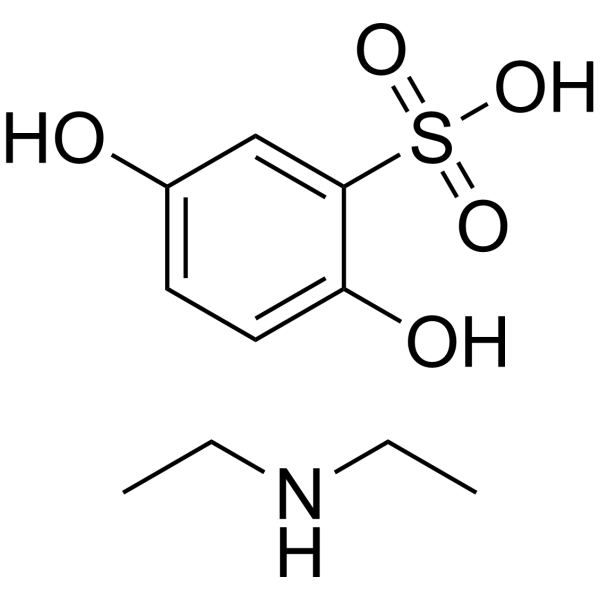
- HY-13737
-
R1530
1 Publications Verification
|
VEGFR
FGFR
Apoptosis
|
Cancer
|
|
R1530 is a highly potent, orally active, dual-acting mitosis/angiogenesis inhibitor, with anti-tumor and anti-angiogenic activities. R1530 is a multikinase inhibitor which binds to 31 kinases with Kd values of <500 nM. R1530 inhibits VGFR2 and FGFR1 with IC50 of 10 nM and 28 nM, respectively. R1530 triggers apoptosis (mitotic catastrophe) or senescence .
|
-
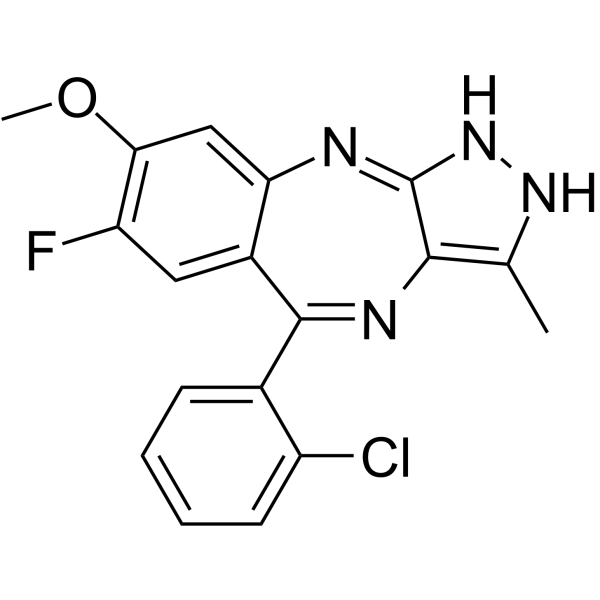
- HY-10220
-
|
|
PI3K
Apoptosis
|
Cancer
|
|
SF1126 is a relevant pan and dual first-in-class PI3K/BRD4 inhibitor, has antitumor and anti-angiogenic activity. SF1126 is an RGDS-conjugated LY294002 proagent, which is designed to exhibit increased solubility and bind to specific integrins within the tumor compartment. SF1126 induces cell apoptosis .
|
-
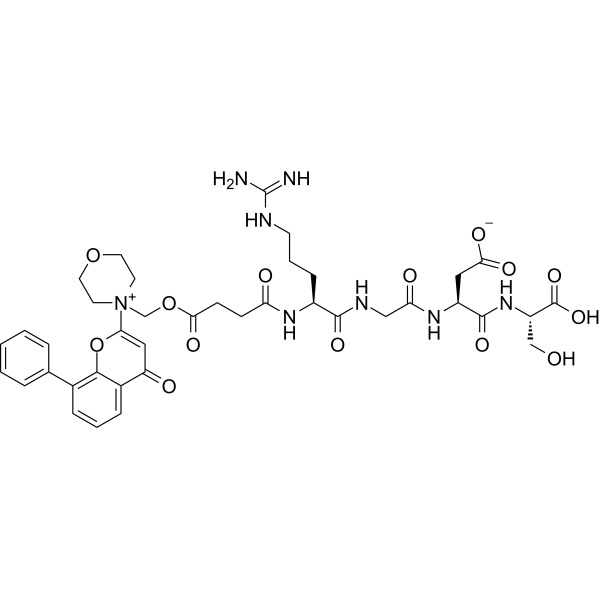
- HY-N2329
-
|
Piplartine
|
ERK
Reactive Oxygen Species
Autophagy
Apoptosis
Bacterial
Ferroptosis
|
Infection
Cardiovascular Disease
Cancer
|
|
Piperlongumine is a alkaloid , possesses ant-inflammatory, antibacterial, antiangiogenic, antioxidant, antitumor, and antidiabetic activities . Piperlongumine induces ROS, and induces apoptosis in cancer cell lines . Piperlongumine shows anti-cardiac fibrosis activity, suppresses myofibroblast transformation via suppression of the ERK1/2 signaling pathway. Piperlongumin could be used in the study of migrasome .
|
-
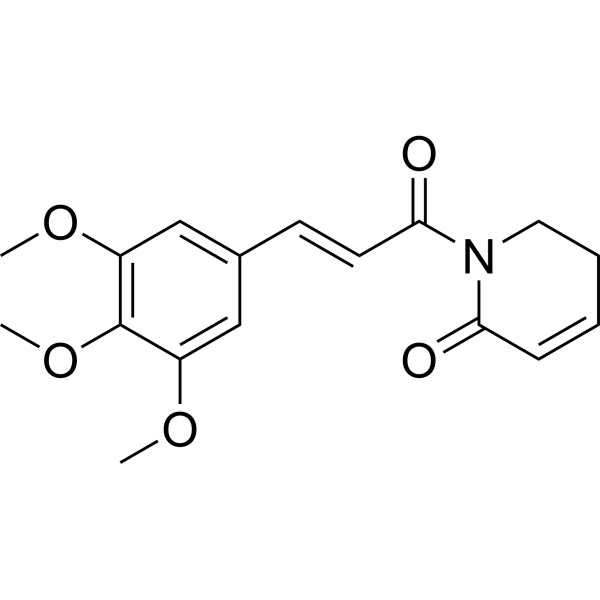
- HY-107818
-
|
|
NF-κB
|
Cardiovascular Disease
Inflammation/Immunology
|
|
4-Hydroxychalcone is a chalcone metabolite with anti-angiogenic and anti-inflammatory activities. 4-Hydroxychalcone suppresses angiogenesis by suppression of growth factor pathway with no signs of cytotoxicity . 4-Hydroxychalcone inhibits TNF-α induced NF-κB pathway activation and activates BMP signaling, reduces resistant hypertension (RH) by attenuating hyperaldosteronism and renal injury in mice .
|
-
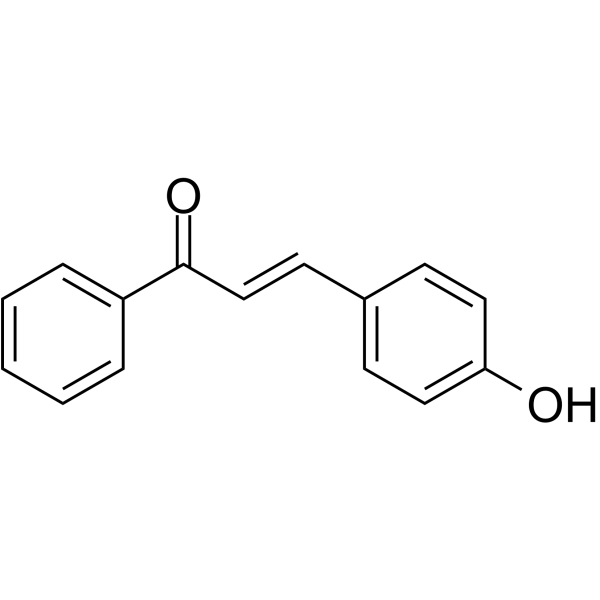
- HY-15995
-
|
TubA
|
ADC Cytotoxin
Antibiotic
Microtubule/Tubulin
|
Cancer
|
|
Tubulysin A (TubA) is an anticancer and antiangiogenic agent with anti-microtubule, anti-mitosis and anti-proliferative activity against a variety of cancer cells with IC50 values in the pmol range. It can induce apoptosis of cancer cells and has no effect on normal cells. Tubulysins are a group of potent cytotoxins consisting of nine members (A-I). Tubulysin A can synthesize ADC as ADC Cytotoxin< b>ADC Cytotoxin .
|
-
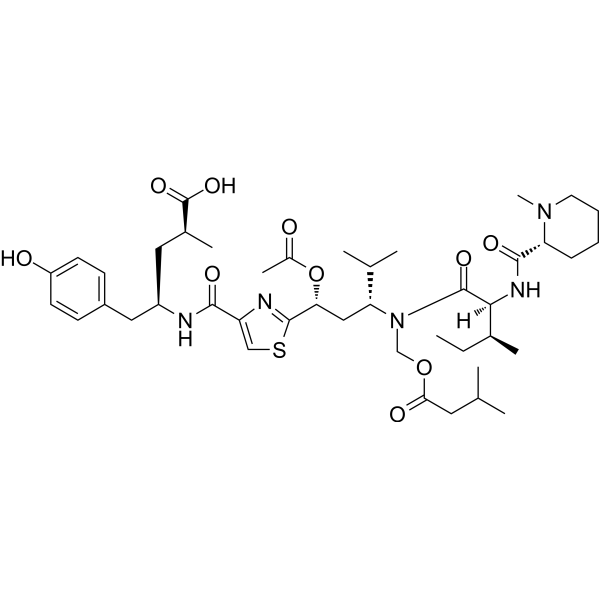
- HY-10330S
-
|
|
Isotope-Labeled Compounds
PDGFR
VEGFR
c-Kit
|
Cancer
|
|
Toceranib-d8 is the deuterium labeled Toceranib. Toceranib (SU11654) is an orally active receptor tyrosine kinase (RTK) inhibitor, and it potently inhibits PDGFR, VEGFR, and Kit with Kis of 5 and 6 nM for PDGFRβ and Flk-1/KDR, respectively. Toceranib (SU11654) has antitumor and antiangiogenic activity, and used in the treatment of canine mast cell tumors[1][2].
|
-
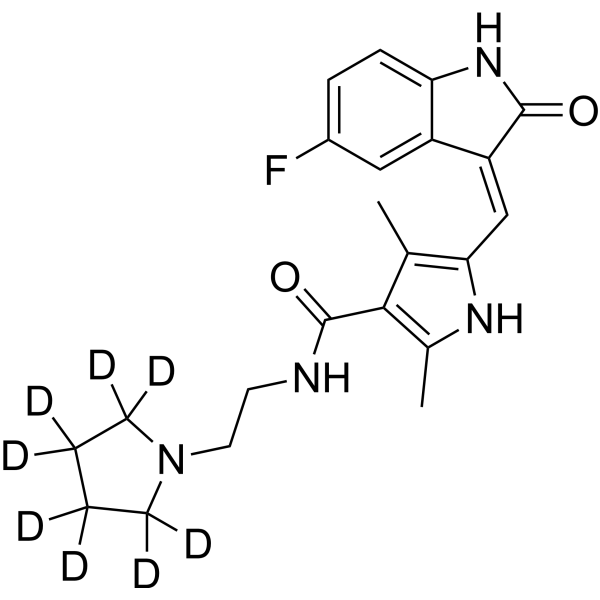
- HY-N2132
-
|
Flavokavain B
|
Apoptosis
|
Cancer
|
|
Flavokawain B (Flavokavain B) is a chalcone isolated from the root extracts of kava-kava plant and a potent apoptosis inducer for inhibiting the growth of various cancer cell lines. Flavokawain B (Flavokavain B) shows strong antiangiogenic activity. Flavokawain B (Flavokavain B) inhibits human brain endothelial cell (HUVEC) migration and tube formation with very low and non-toxic concentrations .
|
-
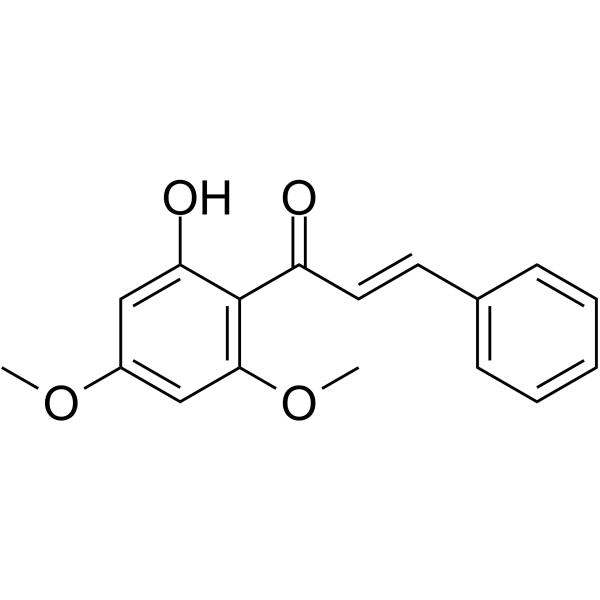
- HY-19827
-
|
(+)-Aeroplysinin-1
|
Bacterial
HIV
Apoptosis
|
Infection
Cancer
|
|
Aeroplysinin 1 ((+)-Aeroplysinin-1), a secondary metabolite isolated from marine sponges, shows potent antibiotic effects on Gram-positive bacteria and exerts antiviral activity against HIV-1 (IC50=14.6 μM). Aeroplysinin 1 has anti-inflammatory, anti-angiogenic and anti-tumor activities. Aeroplysinin 1 induces apoptosis in endothelial cells .
|
-
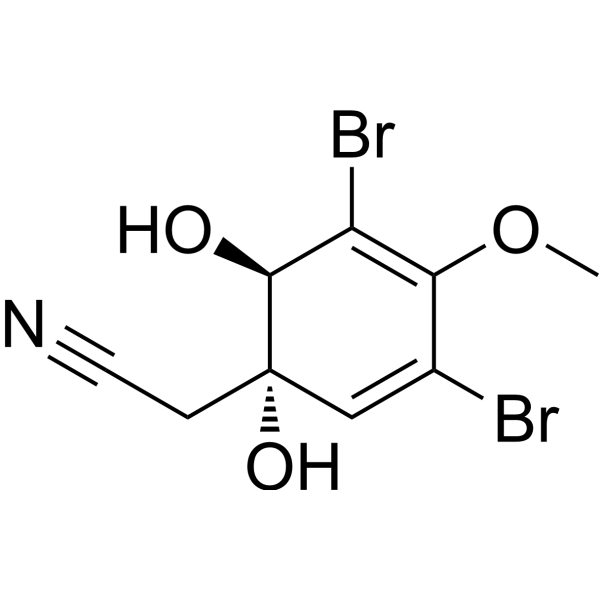
- HY-P99386
-
|
MNRP-1685A
|
Complement System
|
Cancer
|
|
Vesencumab (MNRP-1685A) is IG1 antibody against neuropilin-1 (NRP-1). Vesencumab binds to NRP-1 and prevents the subsequent coupling of NRP-1 to VEGFR-2. Vesencumab has anti-angiogenic and anti-neoplastic activities. Vesencumab can be used in the research of metastatic solid tumors, including ovarian cancer .
|
-

- HY-10528S
-
|
ABR-215050-d3
|
HDAC
Isotope-Labeled Compounds
|
Cancer
|
|
Tasquinimod-d3 (ABR-215050-d3) is the deuterium labeled Tasquinimod (HY-10528). Tasquinimod is an oral antiangiogenic agent, which plays an important role in castration-resistant prostate cancer. Tasquinimod binds to the regulatory Zn 2+ binding domain of HDAC4 with Kd of 10-30 nM. Tasquinimod also is a S100A9 inhibitor .
|
-

- HY-161284
-
|
|
MMP
|
Cancer
|
|
MMP-9/10-IN-1 (Compound 6b) is a potent dual MMP-9/10 Inhibotor with IC50s of 0.076 and 0.139 μM against NSCLC and A549 cells, respectively. MMP-9/10-IN-1 has anti-invasive and anti-angiogenic activities when in combination with Sorafenib (HY-10201) .
|
-
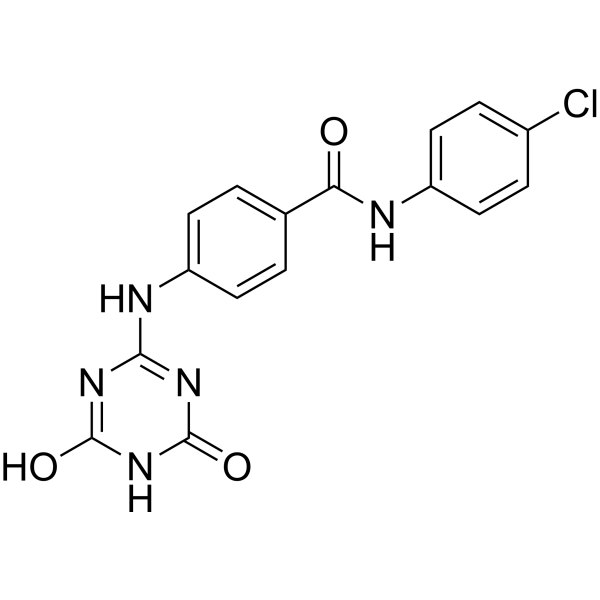
- HY-17514S
-
|
R51211-d5
|
Fungal
Hedgehog
Cytochrome P450
Autophagy
Antibiotic
|
Infection
Cancer
|
|
Itraconazole-d5 is the deuterium labeled Itraconazole. Itraconazole (R51211) is a triazole antifungal agent and a potent and orally active Hedgehog (Hh) signaling pathway antagonist with an IC50 of ~800 nM. Itraconazole potently inhibits lanosterol 14α-demethylase (cytochrome P450 enzyme), thereby inhibits the oxidative conversion of lanosterol to ergosterol. Itraconazole has anticancer and antiangiogenic effects[1][2][3].
|
-

- HY-N6712
-
|
Acetopyrrothin
|
Bacterial
Antibiotic
Endogenous Metabolite
Deubiquitinase
|
Infection
Metabolic Disease
|
|
Thiolutin (Acetopyrrothin) is a disulfide-containing antibiotic and anti-angiogenic compound produced by Streptomyces. Thiolutin inhibits the JAMM metalloproteases Csn5, Associated-molecule-with-the-SH3-Domain-of-STAM (AMSH) and Brcc36 . Thiolutin is a potent and selective inhibitor of endothelial cell adhesion accompanied by rapid induction of Heat-shock protein beta-1 (Hsp27) phosphorylation .
|
-
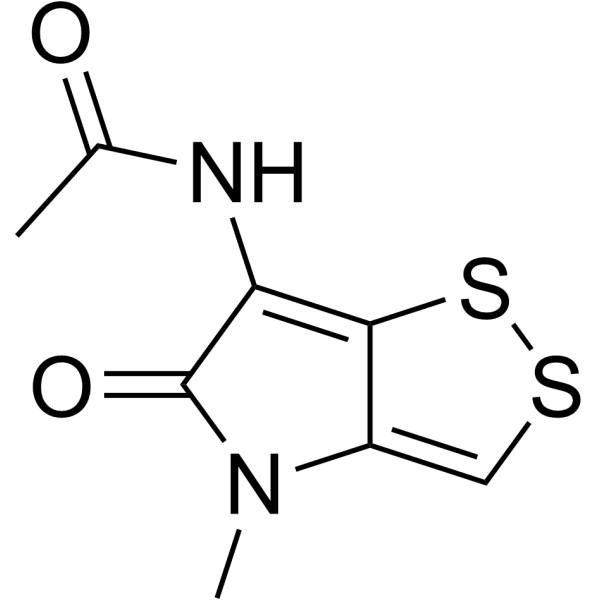
- HY-N2533
-
|
Cyanidin-3-O-sambubioside chloride
|
Influenza Virus
Angiotensin-converting Enzyme (ACE)
|
Infection
Inflammation/Immunology
Cancer
|
|
Cyanidin 3-sambubioside chloride (Cyanidin-3-O-sambubioside chloride), a major anthocyanin, a natural colorant, and is a potent NO inhibitor. Cyanidin 3-sambubioside chloride is a H274Y mutation inhibitor, and inhibits influenza neuraminidase activity with an IC50 of 72 μM. Cyanidin 3-sambubioside chloride inhibits angiotensin-converting enzyme (ACE) activity and has antioxidant, anti-angiogenic and antiviral properties .
|
-
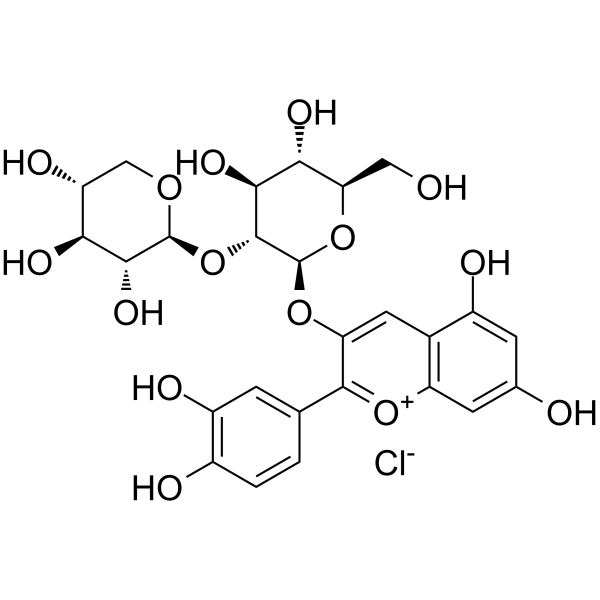
- HY-P99333
-
|
M200; Eos 200-4
|
Integrin
|
Cardiovascular Disease
Cancer
|
|
Volociximab (M200) is a chimeric human/murine IgG4 antibody IIA1 targeting integrin α5β1 (EC50=0.2 nM). Integrin α5β1 is a major fibronectin receptor involved in angiogenesis. Volociximab has antiangiogenic and antitumor activities and inhibits the proliferation of human umbilical vein vascular endothelial cells (HUVECs) .
|
-
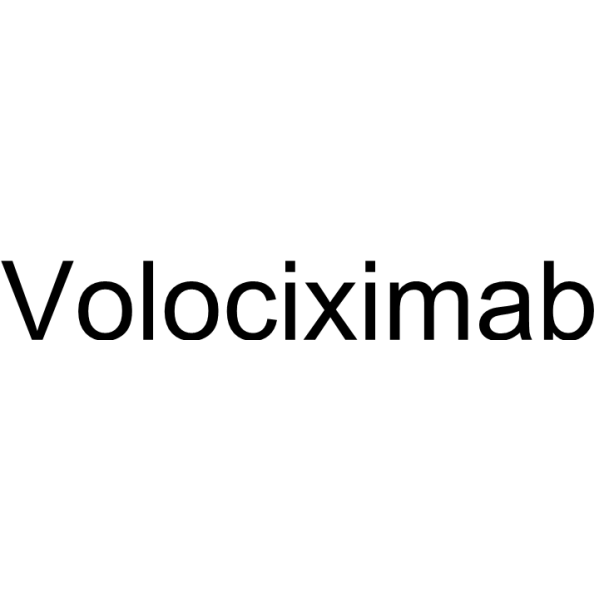
- HY-17364S
-
|
|
DNA Alkylator/Crosslinker
Autophagy
Apoptosis
|
Cancer
|
|
Temozolomide-d3 is the deuterium labeled Temozolomide. Temozolomide (NSC 362856) is an oral active DNA alkylating agent that crosses the blood-brain barrier. Temozolomide is also a proautophagic and proapoptotic agent. Temozolomide is effective against tumor cells that are characterized by low levels of O6-alkylguanine DNA alkyltransferase (OGAT) and a functional mismatch repair system. Temozolomide has antitumor and antiangiogenic effects[1][2].
|
-

- HY-B0965A
-
|
|
|
|
|
Thioridazine, an antagonist of the dopamine receptor D2 family proteins, exhibits potent anti-psychotic and anti-anxiety activities. Thioridazine is also a potent inhibitor of PI3K-Akt-mTOR signaling pathways with anti-angiogenic effect. Thioridazine shows antiproliferative and apoptosis induction effects in various types of cancer cells, with specificity on targeting cancer stem cells (CSCs) .
|
-

- HY-13545
-
|
|
Apoptosis
|
Inflammation/Immunology
Cancer
|
|
ABT-510 is an anti-angiogenic TSP peptide (Thrombospondin-1 analogue) that induces apoptosis and inhibits ovarian tumour growth in an orthotopic, syngeneic model of epithelial ovarian cancer. ABT-510 also reduces angiogenesis and inflammatory responses in a murine model of inflammatory bowel disease. ABT-510 can be used in studies of cancer (particularly epithelial ovarian cancer) and inflammatory bowel disease (IBD) .
|
-
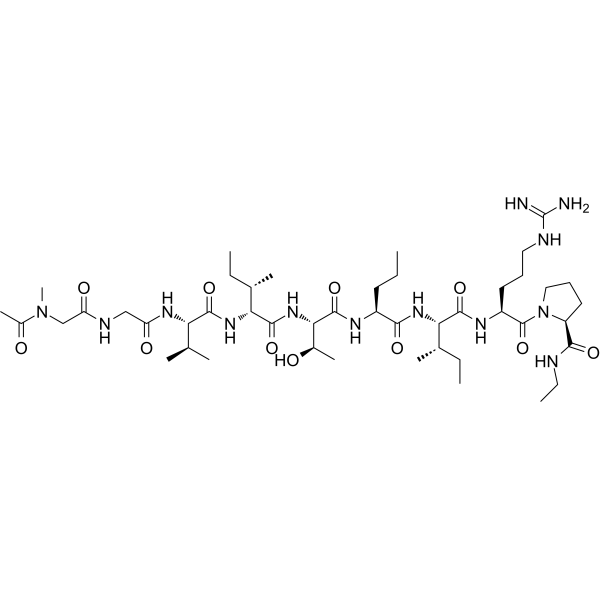
- HY-13545B
-
|
|
Apoptosis
|
Inflammation/Immunology
Cancer
|
|
ABT-510 acetate is an anti-angiogenic TSP peptide (Thrombospondin-1 analogue) that induces apoptosis and inhibits ovarian tumour growth in an orthotopic, syngeneic model of epithelial ovarian cancer. ABT-510 acetate also reduces angiogenesis and inflammatory responses in a murine model of inflammatory bowel disease. ABT-510 acetate can be used in studies of cancer (particularly epithelial ovarian cancer) and inflammatory bowel disease (IBD) .
|
-
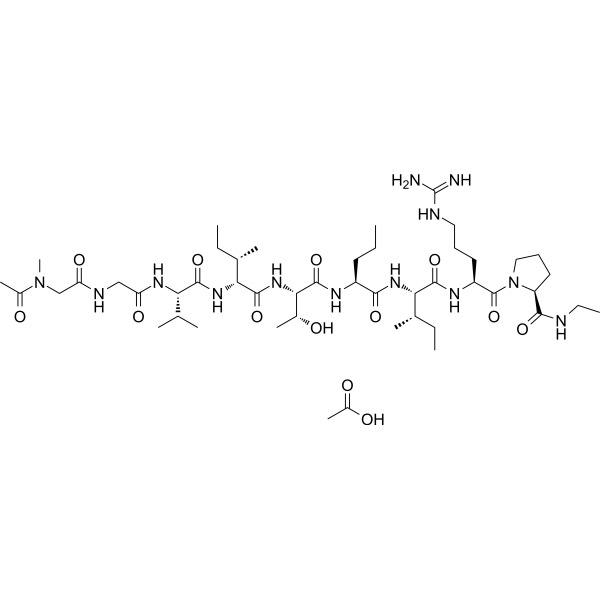
- HY-B0965
-
|
|
Dopamine Receptor
Apoptosis
5-HT Receptor
Autophagy
Bacterial
|
Infection
Neurological Disease
Cancer
|
|
Thioridazine hydrochloride, an orally active antagonist of the dopamine receptor D2 family proteins, exhibits potent anti-psychotic and anti-anxiety activities. Thioridazine hydrochloride is also a potent inhibitor of PI3K-Akt-mTOR signaling pathways with anti-angiogenic effect. Thioridazine hydrochloride shows antiproliferative and apoptosis induction effects in various types of cancer cells, with specificity on targeting cancer stem cells (CSCs) .
|
-

- HY-W011266
-
|
|
PDGFR
|
Cancer
|
|
JNJ-10198409 is a relatively selective, orally active, and ATP competitive PDGF-RTK (platelet-derived growth factor receptor tyrosine kinase) inhibitor (IC50=2 nM). It is a dual-mechanism, antiangiogenic, and tumor cell antiproliferative agent. JNJ-10198409 has good activity against PDGFR-β kinase (IC50=4.2 nM) and PDGFR-α kinase (IC50=45 nM) .
|
-

- HY-D0803
-
|
|
Apoptosis
VEGFR
PI3K
Akt
|
Infection
Cardiovascular Disease
Neurological Disease
Inflammation/Immunology
Cancer
|
|
Thymoquinone is an orally active natural product isolated from N. sativa Thymoquinone down-regulates the VEGFR2-PI3K-Akt pathway. Thymoquinone has antioxidant, anti-inflammatory, anticancer, antiviral, anticonvulsant, antifungal, antiviral, antiangiogenic activity and hepatoprotective effects. Thymoquinone can be used to study Alzheimer's disease, cancer, cardiovascular disease, infectious disease and inflammation .
|
-

- HY-N0005
-
|
Diferuloylmethane; Natural Yellow 3; Turmeric yellow
|
Histone Acetyltransferase
Epigenetic Reader Domain
Keap1-Nrf2
Autophagy
Mitophagy
Influenza Virus
Ferroptosis
|
Cancer
|
|
Curcumin (Diferuloylmethane), a natural phenolic compound, is a p300/CREB-binding protein-specific inhibitor of acetyltransferase, represses the acetylation of histone/nonhistone proteins and histone acetyltransferase-dependent chromatin transcription. Curcumin shows inhibitory effects on NF-κB and MAPKs, and has diverse pharmacologic effects including anti-inflammatory, antioxidant, antiproliferative and antiangiogenic activities. Curcumin induces stabilization of Nrf2 protein through Keap1 cysteine modification.
|
-

- HY-N0615
-
|
Sanchinoside R1; Sanqi glucoside R1
|
Amyloid-β
Apoptosis
|
Others
|
|
Notoginsenoside R1 (Sanchinoside R1), a saponin, is isolated from P. notoginseng. Notoginsenoside R1 exhibits anti-oxidation, anti-inflammatory, anti-angiogenic, and anti-apoptosis activities. Notoginsenoside R1 provides cardioprotection against ischemia/reperfusion (I/R) injury. Notoginsenoside R1 also provides neuroprotection in H2O2-induced oxidative damage in PC12 cells .
|
-
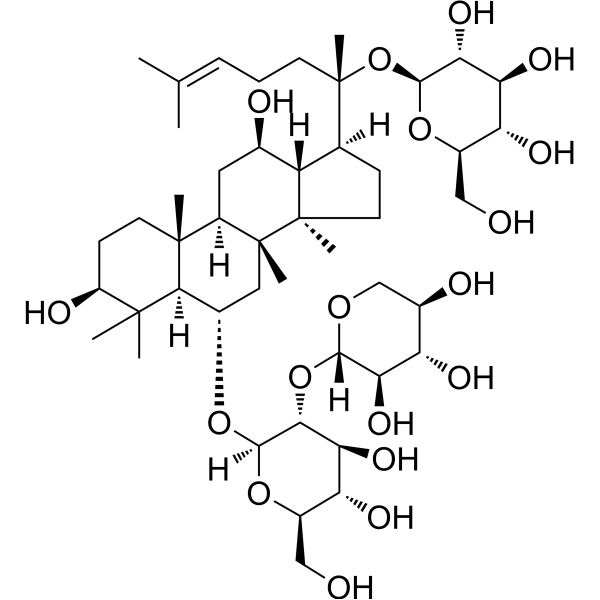
- HY-147056
-
|
PKRA7
|
Others
|
Inflammation/Immunology
Cancer
|
|
PKRA83 (PKRA7) is a potent prokineticin (PK2) antagonist, which can compete for the binding of PK2 to its receptors PKR1 and PKR2. PKRA83 potently inhibits PK2 receptors, with IC50 values of 5.0 nM and 8.2 nM for PKR1 and PKR2, respectively. PKRA83 has anticancer, anti-arthritis and anti-angiogenic activities. PKRA83 can penetrate the blood-brain barrier .
|
-

- HY-17514S2
-
|
R51211-d9
|
Fungal
Hedgehog
Bacterial
Autophagy
Cytochrome P450
Antibiotic
|
|
|
Itraconazole-d9 is the deuterium labeled Itraconazole[1]. Itraconazole (R51211) is a triazole antifungal agent and a potent and orally active Hedgehog (Hh) signaling pathway antagonist with an IC50 of ~800 nM. Itraconazole potently inhibits lanosterol 14α-demethylase (cytochrome P450 enzyme), thereby inhibits the oxidative conversion of lanosterol to ergosterol. Itraconazole has anticancer and antiangiogenic effects. Itraconazole is a oxysterol-binding protein (OSBP) inhibitor[2][3][4][5].
|
-

- HY-156638
-
|
|
Tie
VEGFR
|
Cardiovascular Disease
|
|
TIE-2/VEGFR-2 kinase-IN-5 is an anti-angiogenic agent. TIE-2/VEGFR-2 kinase-IN-5 also is a potent TIE-2 and VEGFR-2 tyrosine kinase inhibitor with pIC50 values of 7.78 nM and 8.11 nM, respectively. TIE-2/VEGFR-2 kinase-IN-5 can be used for the research of angiogenesis .
|
-

- HY-14571
-
E7820
4 Publications Verification
ER68203-00
|
Molecular Glues
Integrin
|
Cancer
|
|
E7820 (ER68203-00), an orally active aromatic sulfonamide derivative, is a unique angiogenesis inhibitor suppressing an expression of integrin alpha2 subunit on endothelium. E7820 inhibits rat aorta angiogenesis with an IC50 of 0.11 μg/ml. E7820 modulates α-1, α-2, α-3, and α-5 integrin mRNA expression. Antiangiogenic and antitumor activity .
|
-

- HY-B0965AS
-
|
|
Dopamine Receptor
Apoptosis
5-HT Receptor
Autophagy
Bacterial
|
Neurological Disease
|
|
Thioridazine-d3 (hydrochloride) is the deuterium labeled Thioridazine. Thioridazine, an antagonist of the dopamine receptor D2 family proteins, exhibits potent anti-psychotic and anti-anxiety activities. Thioridazine is also a potent inhibitor of PI3K-Akt-mTOR signaling pathways with anti-angiogenic effect. Thioridazine shows antiproliferative and apoptosis induction effects in various types of cancer cells, with specificity on targeting cancer stem cells (CSCs)[1][2][3][4].
|
-

- HY-N6924
-
|
|
HIV
|
Infection
Metabolic Disease
|
|
Zingibroside R1 is dammaranae-type triterpenoid saponin, isolated from rhizomes, taproots, and lateral roots of Panax japonicas C. A. Meyer, shows excellent anti-tumor effects as well as anti-angiogenic activity .
Zingibroside R1 possesses some anti-HIV-1 activity.
Zingibroside R1 has inhibitory effects on the 2-deoxy-D-glucose (2-DG) uptake by EAT cells (IC50=91.3 μM) .
|
-

- HY-19754
-
|
|
|
|
|
CRA-026440 is a potent, broad-spectrum HDAC inhibitor. The Ki values against recombinant HDAC isoenzymes HDAC1, HDAC2, HDAC3, HDAC6, HDAC8, and HDAC10 are 4, 14, 11, 15, 7, and 20 nM respectively. CRA-026440 shows antitumor and antiangiogenic activities . CRA-026440 is a click chemistry reagent, it contains an Alkyne group and can undergo copper-catalyzed azide-alkyne cycloaddition (CuAAc) with molecules containing Azide groups.
|
-

- HY-107146
-
|
P1pal-7
|
Protease Activated Receptor (PAR)
|
Cardiovascular Disease
Cancer
|
|
PZ-128 (P1pal-7), a cell-penetrating lipopeptide pepducin, is a first-in-class, specific and reversible protease-activated receptor-1 (PAR1) antagonist. PZ-128 targets the cytoplasmic surface of PAR1 and interrupts signaling to internally-located G (PAR1-G) proteins. PZ-128 has antiplatelet, anti-metastatic, anti-angiogenic and anticancer effects .
|
-
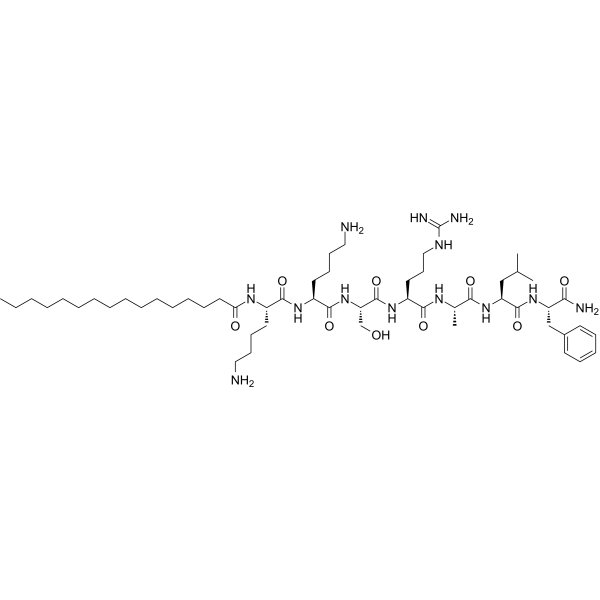
- HY-101849
-
|
|
GLUT
TNF Receptor
Apoptosis
|
Cardiovascular Disease
Cancer
|
|
Fasentin, a potent glucose uptake inhibitor, inhibits GLUT-1/GLUT-4 transporters. Fasentin preferentially inhibits GLUT4 (IC50=68 μM) over GLUT1. Fasentin is a death receptor stimuli (FAS) sensitizer and sensitizes cells to FAS-induced cell death. Fasentin is also a tumor necrosis factor (TNF) apoptosis-inducing ligand sensitizer. Fasentin blocks glucose uptake in cancer cell lines and has anti-angiogenic activity .
|
-

- HY-400684
-
|
|
Others
|
Cancer
|
|
Tubulysin A intermediate-1 is an intermediate in the synthesis of the cytotoxic peptide Tubulysin A (HY-15995). Tubulysin A (TubA) is an antibiotic, anti-microtubule toxins, and apoptosis inducer isolated from myxobacteria. Tubulysin A has anti-angiogenic, anti-microtubule, anti-mitotic, and anti-proliferative activities. Tubulysin A arrests cells in the G2/M phase, effectively inhibits tubulin polymerization, and induces depolymerization of detached microtubules. Tubulysin A acts as an ADC cytotoxin (ADC Cytotoxin) to synthesize ADC .
|
-
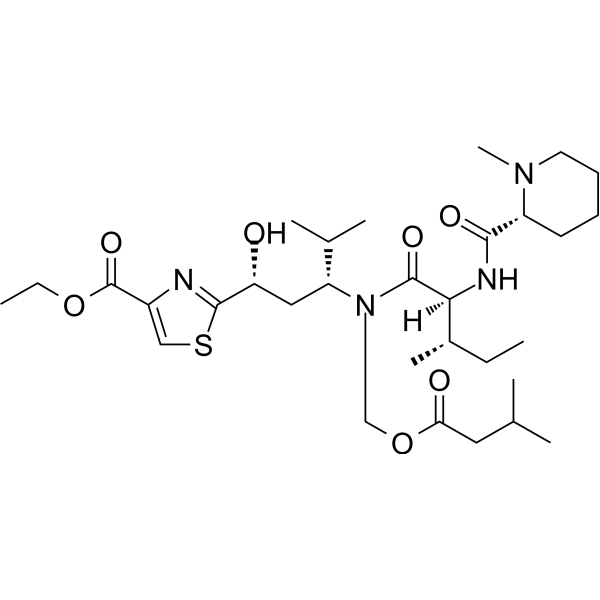
- HY-149630
-
|
|
VEGFR
HDAC
Apoptosis
|
Cancer
|
|
VEGFR2/HDAC1-IN-1 (compound 13) is a potent VEGFR-2/HDAC dual inhibitor, with IC50s of 57.83 nM and 9.82 nM, respectively. VEGFR2/HDAC1-IN-1 arrests the cell cycle at the S and G2 phases, and induces apoptosis in HeLa cells. VEGFR2/HDAC1-IN-1 exhibits anti-angiogenic effect .
|
-

- HY-16141
-
|
EMD 121974
|
Integrin
Autophagy
Apoptosis
STAT
PD-1/PD-L1
|
Cancer
|
|
Cilengitide (EMD 121974) is a potent integrins antagonist with IC50s of 0.61 nM (ανβ3), 8.4 nM (ανβ5) and 14.9 nM (α5β1), respectively. Cilengitide inhibits the binding of ανβ3 and ανβ5 to Vitronectin with IC50s of 4 nM and 79 nM, respectively. Cilengitide inhibits TGF-β/Smad signaling, mediates PD-L1 expression. Cilengitide also induces apoptosis, shows antiangiogenic effect in the research against glioblastoma and other cancers .
|
-

- HY-N0234
-
|
7-O-Methylbavachin; Bavachinin A
|
Amyloid-β
PPAR
HIF/HIF Prolyl-Hydroxylase
|
Inflammation/Immunology
|
|
Bavachinin is agonist of pan-peroxisome proliferator-activated receptor (PPAR), with the IC50 value of 21.043 μM, 12.819 μM, and 0.622 μM to PPAR-α, RRAR-β/δ, and PPAR-γ, respectively. Bavachinin is an inhibitor of HIF-1α. Bavachinin exhibits antitumor activity against non-small cell lung cancer by targeting RRAR-γ. Bavachinin is a natural compound with anti-inflammatory and anti-angiogenic activities. Bavachinin has orally bioactivity. .
|
-
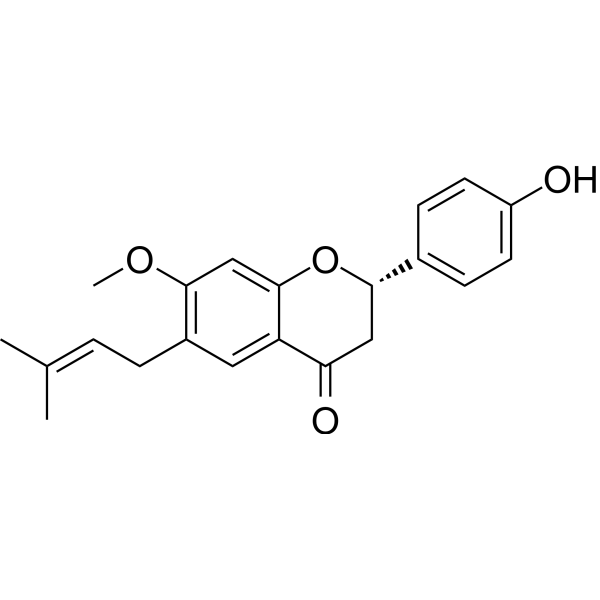
- HY-108933
-
|
|
VEGFR
FGFR
|
Cancer
|
|
JK-P3 is a potent and pan VEGFR2 inhibitor, with IC50s of 7.83 μM, 27 μM and 5.18 μM for VEGFR2, FGFR1 and FGFR3, respectively. JK-P3 can inhibit VEGF-A-stimulated VEGFR2 activation and intracellular signalling, also inhibits endothelial monolayer wound closure and angiogenesis, as well as fibroblast growth factor receptor kinase activity in vitro. JK-P3 has anti-angiogenic activity .
|
-

- HY-B0965R
-
|
|
Dopamine Receptor
Apoptosis
5-HT Receptor
Autophagy
Bacterial
|
Infection
Neurological Disease
Cancer
|
|
Thioridazine (hydrochloride) (Standard) is the analytical standard of Thioridazine (hydrochloride). This product is intended for research and analytical applications. Thioridazine hydrochloride, an orally active antagonist of the dopamine receptor D2 family proteins, exhibits potent anti-psychotic and anti-anxiety activities. Thioridazine hydrochloride is also a potent inhibitor of PI3K-Akt-mTOR signaling pathways with anti-angiogenic effect. Thioridazine hydrochloride shows antiproliferative and apoptosis induction effects in various types of cancer cells, with specificity on targeting cancer stem cells (CSCs) .
|
-

- HY-N4226
-
|
|
AP-1
|
Inflammation/Immunology
Cancer
|
|
1-Methyl-6-oxo-1,6-dihydropyridine-3-carboxylic acid is from Cordyceps bassiana, which is one of Cordyceps species with anti-oxidative, anti-cancer, anti-inflammatory, anti-diabetic, anti-obesity, anti-angiogenic, and anti-nociceptive activities. 1-Methyl-6-oxo-1,6-dihydropyridine-3-carboxylic acid targets to block AP-1-mediated luciferase activity, implying it has an anti-inflammatory function .
|
-

- HY-N0668
-
|
|
GLUT
Amylases
NF-κB
|
Metabolic Disease
Inflammation/Immunology
Cancer
|
|
Rubusoside is a diterpene glycoside that is also a sweetener and solubilizer with anti-angiogenic, anti-cancer, anti-obesity, anti-allergic and anti-asthmatic effects. Rubusoside attenuates airway hyperresponsiveness and reduces inflammatory cells in bronchoalveolar lavage fluid (BALF), reducing OVA (HY-W250978)-induced airway inflammation. Rubusoside also prevents palmitic acid-induced lipotoxicity in pancreatic INS-1 cells, reduces the transport of human glucose transporters GLUT-1 and fructose GLUT-5, and inhibits NF-κB and α-amylase (α-amylase) .
|
-
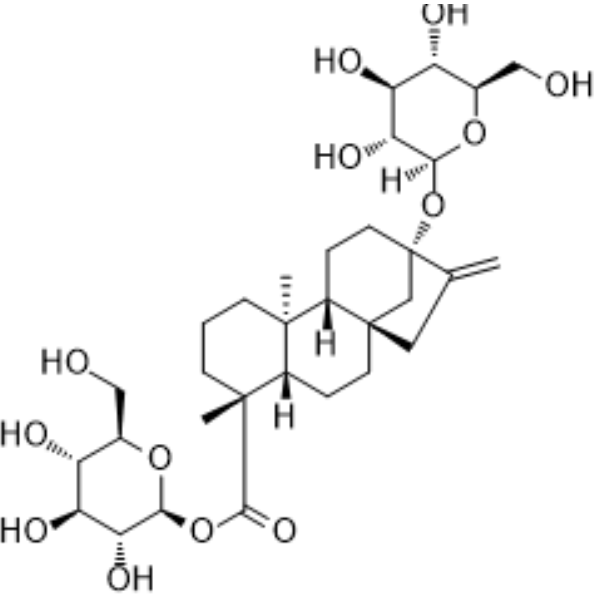
- HY-12403A
-
|
TXA127 acetate; Angiotensin (1-7) (acetate); Ang-(1-7) (acetate)
|
Angiotensin Receptor
Angiotensin-converting Enzyme (ACE)
Endogenous Metabolite
|
Cardiovascular Disease
Inflammation/Immunology
Endocrinology
|
|
Angiotensin 1-7 (Ang-(1-7)) acetate is an endogenous heptapeptide from the renin-angiotensin system (RAS) with a cardioprotective role due to its anti-inflammatory and anti-fibrotic activities in cardiac cells. Angiotensin 1-7 acetate inhibits purified canine ACE activity (IC50=0.65 μM). Angiotensin 1-7 acetate acts as a local synergistic modulator of kinin-induced vasodilation by inhibiting ACE and releasing nitric oxide. Angiotensin 1-7 acetate blocks Ang II-induced smooth muscle cell proliferation and hypertrophy and shows antiangiogenic and growth-inhibitory effects on the endothelium .
|
-
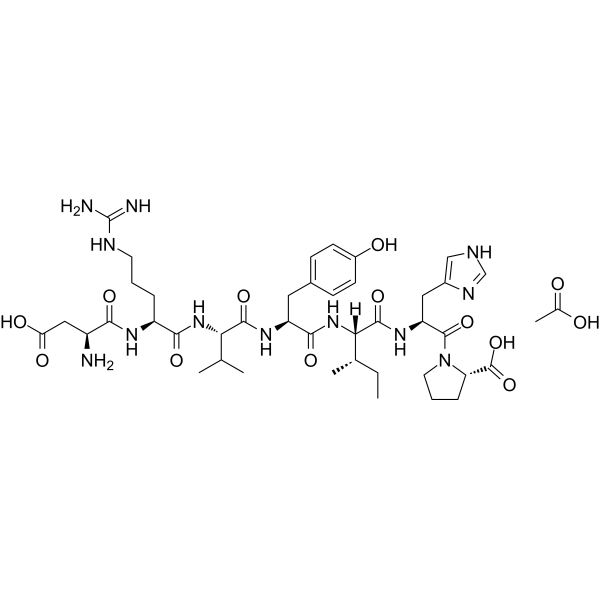
- HY-W016412
-
-
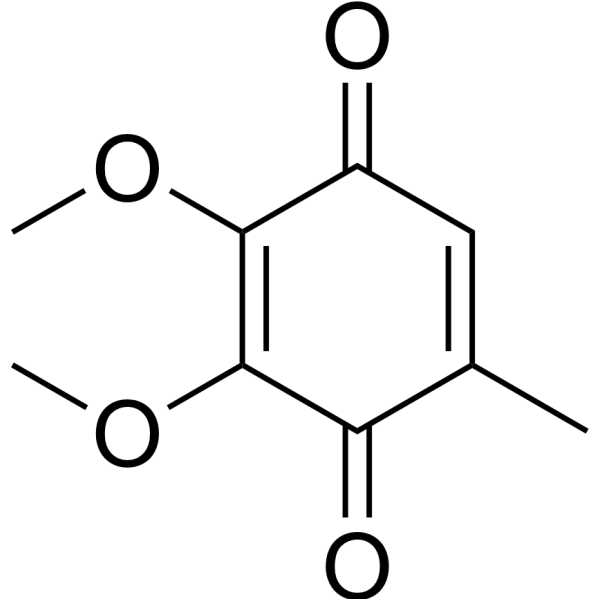
- HY-B0879
-
|
|
Phosphatase
Sirtuin
Reverse Transcriptase
Topoisomerase
SARS-CoV
Parasite
Apoptosis
|
Infection
Cardiovascular Disease
Cancer
|
|
Suramin is a reversible and competitive protein-tyrosine phosphatases (PTPases) inhibitor . Suramin is a potent inhibitor of sirtuins: SirT1 (IC50=297 nM), SirT2 (IC50=1.15 μM), and SirT5 (IC50=22 μM) . Suramin is a competitive inhibitor of reverse transcriptase (DNA topoisomerase II: IC50=5 μM) . Suramin is a potent SARS-CoV-2 RNA-dependent RNA polymerase (RdRp) inhibitor .Suramin efficiently inhibits IP5K and is an antiparasitic, anti-neoplastic and anti-angiogenic agent .
|
-
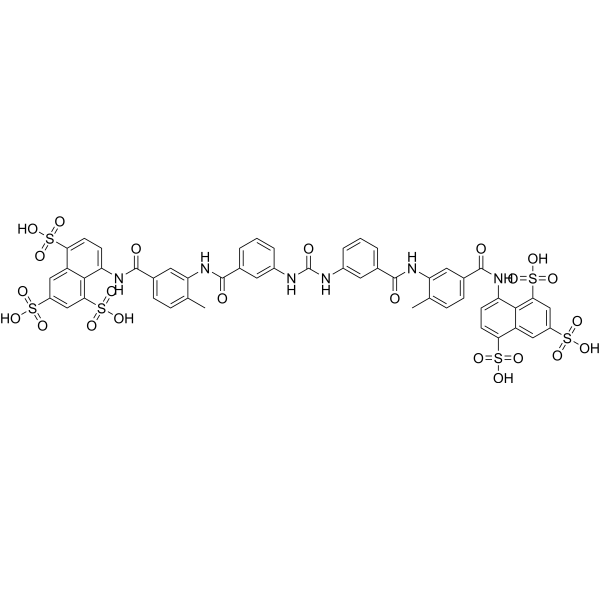
- HY-136065
-
|
|
PTEN
Phosphatase
Parasite
Apoptosis
|
Infection
Metabolic Disease
Inflammation/Immunology
Cancer
|
|
bpV(phen), a insulin-mimetic agent, is a potent protein tyrosine phosphatase (PTP) and PTEN inhibitor with IC50s of 38 nM, 343 nM and 920 nM for PTEN, PTP-β and PTP-1B, respectively. bpV(phen) inhibits proliferation of the protozoan parasite Leishmania in vitro. bpV(phen) strongly induces the secretion of a large number of chemokines and pro-inflammatory cytokines, and it activates a Th1-type pathway (IL-12, IFNγ). bpV(phen) can also induce cell apoptosis, and has anti-angiogenic and anti-tumor activity .
|
-

- HY-12403
-
|
TXA127; Angiotensin (1-7); Ang-(1-7)
|
Angiotensin Receptor
Angiotensin-converting Enzyme (ACE)
Endogenous Metabolite
|
Cardiovascular Disease
Inflammation/Immunology
Endocrinology
|
|
Angiotensin 1-7 (Ang-(1-7)) is an endogenous heptapeptide from the renin-angiotensin system (RAS) with a cardioprotective role due to its anti-inflammatory and anti-fibrotic activities in cardiac cells. Angiotensin 1-7 inhibits purified canine ACE activity (IC50=0.65 μM). Angiotensin 1-7 acts as a local synergistic modulator of kinin-induced vasodilation by inhibiting ACE and releasing nitric oxide. Angiotensin 1-7 blocks Ang II-induced smooth muscle cell proliferation and hypertrophy and shows antiangiogenic and growth-inhibitory effects on the endothelium. Angiotensin 1-7 shows anti-inflammatory activity .
|
-

- HY-B0879A
-
|
Suramin hexasodium salt
|
Phosphatase
Sirtuin
Reverse Transcriptase
Topoisomerase
SARS-CoV
Parasite
Apoptosis
|
Infection
Cardiovascular Disease
Cancer
|
|
Suramin sodium salt (Suramin hexasodium salt) is a reversible and competitive protein-tyrosine phosphatases (PTPases) inhibitor . Suramin sodium salt is a potent inhibitor of sirtuins: SirT1 (IC50=297 nM), SirT2 (IC50=1.15 μM), and SirT5 (IC50=22 μM) . Suramin sodium salt is a competitive inhibitor of reverse transcriptase (DNA topoisomerase II: IC50=5 μM) . Suramin sodium salt is a potent SARS-CoV-2 RNA-dependent RNA polymerase (RdRp) inhibitor . Suramin sodium salt efficiently inhibits IP5K and is an antiparasitic, anti-neoplastic and anti-angiogenic agent .
|
-
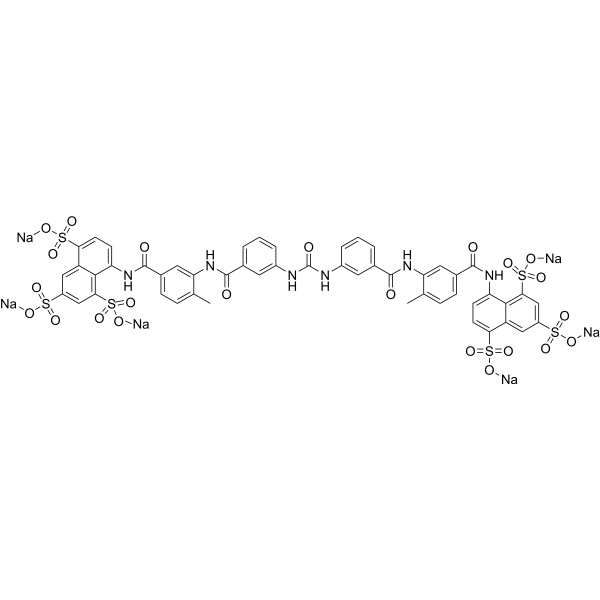
- HY-122818
-
|
|
PTEN
Phosphatase
Parasite
Apoptosis
|
Infection
Metabolic Disease
Inflammation/Immunology
Cancer
|
|
bpV(phen) trihydrate, a insulin-mimetic agent, is a potent protein tyrosine phosphatase (PTP) and PTEN inhibitor with IC50s of 38 nM, 343 nM and 920 nM for PTEN, PTP-β and PTP-1B, respectively. bpV(phen) trihydrate inhibits proliferation of the protozoan parasite Leishmania in vitro. bpV(phen) trihydrate strongly induces the secretion of a large number of chemokines and pro-inflammatory cytokines, and it activates a Th1-type pathway (IL-12, IFNγ). bpV(phen) trihydrate can also induce cell apoptosis, and has anti-angiogenic and anti-tumor activity .
|
-

- HY-13342AS
-
|
YN968D1-d8 free base
|
Src
VEGFR
Autophagy
c-Kit
RET
|
Cancer
|
|
Apatinib-d8 (free base) is the deuterium labeled Apatinib free base[1]. Apatinib free base (YN968D1 free base) is an orally bioavailable tyrosine kinase inhibitor, which selectively targets VEGFR-2 (IC50=1 nM). Apatinib free base (YN968D1 free base) is an anti-angiogenic drug for the research of advanced or metastatic gastric cancer. Apatinib free base (YN968D1 free base) potently inhibits Ret, c-Kit and c-Src with IC50s of 13, 429 and 530 nM, respectively. It also inhibits cellular phosphorylation of VEGFR-2, c-kit and PDGFRβ[2][3][4].
|
-

| Cat. No. |
Product Name |
Type |
-
- HY-W016412
-
|
CoQ0
|
Biochemical Assay Reagents
|
|
Coenzyme Q0 (CoQ0) is a potent, oral active ubiquinone compound can be derived from Antrodia cinnamomea. Coenzyme Q0 induces apoptosis and autophagy, suppresses of HER-2/AKT/mTOR signaling to potentiate the apoptosis and autophagy mechanisms. Coenzyme Q0 regulates NFκB/AP-1 activation and enhances Nrf2 stabilization in attenuation of inflammation and redox imbalance. Coenzyme Q0 has anti-angiogenic activity through downregulation of MMP-9/NF-κB and upregulation of HO-1 signaling .
|
| Cat. No. |
Product Name |
Target |
Research Area |
-
- HY-P1415A
-
-
- HY-P1415
-
-
- HY-P5910
-
|
|
MDM-2/p53
Apoptosis
|
Cancer
|
|
Azurin p28 peptide is a tumor-penetrated antitumor peptide. Azurin p28 peptide redues proteasomal degradation of p53 through formation of a p28: p53 complex. Azurin p28 peptide induces apoptosis or cell cycle arrest. Azurin p28 peptide inhibits p53-positive tumor growths. Azurin p28 peptide shows antiangiogenic effect by inhibiting phosphorylation of VEGFR-2, FAK and Akt .
|
-
- HY-P4001
-
|
|
ADAMTS
|
Cardiovascular Disease
|
|
Adamtsostatin 4 is an anti-angiogenic peptide. Adamtsostatin 4 can be used for the research of anti-angiogenic .
|
-
- HY-P4000
-
-
- HY-P3998
-
-
- HY-P3997
-
-
- HY-P4003
-
-
- HY-P3995
-
|
|
Peptides
|
Cardiovascular Disease
|
|
Scospondistatin is an anti-angiogenic peptide that can inhibit proliferation and migration of human umbilical vein endothelial cells in vitro .
|
-
- HY-P3999
-
|
|
Peptides
|
Cardiovascular Disease
|
|
Fibulostatin 6.2 is an anti-angiogenic peptide that can inhibit migration of human umbilical vein endothelial cells in vitro .
|
-
- HY-P1615
-
|
|
Peptides
|
Cancer
|
|
Cenupatide (UPARANT) is a Urokinase-type plasminogen activator receptor (uPAR) inhibitor. Cenupatide has anti-angiogenic and anti-inflammatory efficacy .
|
-
- HY-P4016
-
|
|
Peptides
|
Cardiovascular Disease
|
|
Semastatin 5A.2 is an anti-angiogenic 19-amino acid peptides that are derived from proteins containing type I thrombospondin motifs .
|
-
- HY-P4017
-
|
|
Peptides
|
Cardiovascular Disease
|
|
Semastatin 5A.1 is an anti-angiogenic 19-amino acid peptides that are derived from proteins containing type I thrombospondin motifs .
|
-
- HY-P4002
-
|
|
ADAMTS
|
Cancer
|
|
Adamtsostatin 18 is an anti-angiogenic peptide derived from proteins containing type I thrombospondin motifs. Adamtsostatin 18 inhibits cell migration and proliferation .
|
-
- HY-P5840
-
|
|
Biochemical Assay Reagents
Liposome
|
Cancer
|
|
Cyclo(RGDyC) is a cyclic pentapeptide with anti-angiogenic abilities. Cyclo(RGDyC) can be combined with liposome delivery systems for research on ocular neovascular diseases and cancer .
|
-
- HY-P5840A
-
|
|
Peptides
|
Cancer
|
|
Cyclo(RGDyC) TFA is a cyclic pentapeptide with anti-angiogenic abilities. Cyclo(RGDyC) TFA can be combined with liposome delivery systems for research on ocular neovascular diseases and cancer .
|
-
- HY-P10097
-
|
|
Peptides
|
Others
|
|
Flt2?11 is a anti‐angiogenic peptide, and specifically binds NRP‐1. Flt2?11 inhibits NRP‐1/sVEGFR‐1 interaction.
|
-
- HY-P3974
-
|
|
Peptides
|
Cardiovascular Disease
|
|
Semastatin-5B is an anti-angiogenic 17-amino acid peptide. Semastatin-5B can be derived from proteins containing type I thrombospondin motifs .
|
-
- HY-P2333
-
|
|
Peptides
|
Cardiovascular Disease
|
|
LCKLSL is a N-terminal hexapeptide and a competitive annexin A2 (AnxA2) inhibitor. LCKLSL potently inhibits the binding of tissue plasminogen activator (tPA) to AnxA2. LCKLSL also inhibits the generation of plasmin and has anti-angiogenic roles .
|
-
- HY-P2333A
-
|
|
Peptides
|
Cardiovascular Disease
|
|
LCKLSL hydrochloride is a N-terminal hexapeptide and a competitive annexin A2 (AnxA2) inhibitor. LCKLSL hydrochloride potently inhibits the binding of tissue plasminogen activator (tPA) to AnxA2. LCKLSL hydrochloride also inhibits the generation of plasmin and has anti-angiogenic roles .
|
-
- HY-P4324
-
|
|
Peptides
|
Cardiovascular Disease
|
|
Cys-Asp-Pro-Gly-Tyr-Ile-Gly-Ser-Arg-NH2 is a linear peptide from laminin B1 chain that interferes with tumor cell attachment and invasion into basement membrane and has anti-angiogenic effects .
|
-
- HY-P1798
-
|
|
Peptides
|
Cardiovascular Disease
|
|
Platelet Factor 4 (58-70), human, a peptide based on the amino acid sequence corresponding to residues 58-70 of platelet factor-4 (PF-4), contains the major heparin-binding domain, which is not sufficient for full antiangiogenic activity .
|
-
- HY-P2284
-
|
|
Peptides
|
Cancer
|
|
AD 01, a 24 amino acid peptide of FKBPL (FK506-binding protein like), possesses potent anti-angiogenic activity. AD 01 bind to the CD44 receptor and inhibit tumour cell migration in a CD44 dependant manner .
|
-
- HY-13545
-
|
|
Apoptosis
|
Inflammation/Immunology
Cancer
|
|
ABT-510 is an anti-angiogenic TSP peptide (Thrombospondin-1 analogue) that induces apoptosis and inhibits ovarian tumour growth in an orthotopic, syngeneic model of epithelial ovarian cancer. ABT-510 also reduces angiogenesis and inflammatory responses in a murine model of inflammatory bowel disease. ABT-510 can be used in studies of cancer (particularly epithelial ovarian cancer) and inflammatory bowel disease (IBD) .
|
-
- HY-13545B
-
|
|
Apoptosis
|
Inflammation/Immunology
Cancer
|
|
ABT-510 acetate is an anti-angiogenic TSP peptide (Thrombospondin-1 analogue) that induces apoptosis and inhibits ovarian tumour growth in an orthotopic, syngeneic model of epithelial ovarian cancer. ABT-510 acetate also reduces angiogenesis and inflammatory responses in a murine model of inflammatory bowel disease. ABT-510 acetate can be used in studies of cancer (particularly epithelial ovarian cancer) and inflammatory bowel disease (IBD) .
|
-
- HY-107146
-
|
P1pal-7
|
Protease Activated Receptor (PAR)
|
Cardiovascular Disease
Cancer
|
|
PZ-128 (P1pal-7), a cell-penetrating lipopeptide pepducin, is a first-in-class, specific and reversible protease-activated receptor-1 (PAR1) antagonist. PZ-128 targets the cytoplasmic surface of PAR1 and interrupts signaling to internally-located G (PAR1-G) proteins. PZ-128 has antiplatelet, anti-metastatic, anti-angiogenic and anticancer effects .
|
-
- HY-12403A
-
|
TXA127 acetate; Angiotensin (1-7) (acetate); Ang-(1-7) (acetate)
|
Angiotensin Receptor
Angiotensin-converting Enzyme (ACE)
Endogenous Metabolite
|
Cardiovascular Disease
Inflammation/Immunology
Endocrinology
|
|
Angiotensin 1-7 (Ang-(1-7)) acetate is an endogenous heptapeptide from the renin-angiotensin system (RAS) with a cardioprotective role due to its anti-inflammatory and anti-fibrotic activities in cardiac cells. Angiotensin 1-7 acetate inhibits purified canine ACE activity (IC50=0.65 μM). Angiotensin 1-7 acetate acts as a local synergistic modulator of kinin-induced vasodilation by inhibiting ACE and releasing nitric oxide. Angiotensin 1-7 acetate blocks Ang II-induced smooth muscle cell proliferation and hypertrophy and shows antiangiogenic and growth-inhibitory effects on the endothelium .
|
-
- HY-12403
-
Talfirastide
Maximum Cited Publications
9 Publications Verification
TXA127; Angiotensin (1-7); Ang-(1-7)
|
Angiotensin Receptor
Angiotensin-converting Enzyme (ACE)
Endogenous Metabolite
|
Cardiovascular Disease
Inflammation/Immunology
Endocrinology
|
|
Angiotensin 1-7 (Ang-(1-7)) is an endogenous heptapeptide from the renin-angiotensin system (RAS) with a cardioprotective role due to its anti-inflammatory and anti-fibrotic activities in cardiac cells. Angiotensin 1-7 inhibits purified canine ACE activity (IC50=0.65 μM). Angiotensin 1-7 acts as a local synergistic modulator of kinin-induced vasodilation by inhibiting ACE and releasing nitric oxide. Angiotensin 1-7 blocks Ang II-induced smooth muscle cell proliferation and hypertrophy and shows antiangiogenic and growth-inhibitory effects on the endothelium. Angiotensin 1-7 shows anti-inflammatory activity .
|
| Cat. No. |
Product Name |
Target |
Research Area |
-
- HY-P99768
-
|
TTAC-0001
|
VEGFR
|
Cancer
|
|
Olinvacimab (TTAC-0001) is a fully human anti-VEGFR2 monoclonal antibody. Olinvacimab inhibits VEGF binds to KDR with a Kd value of 0.23 nM. Olinvacimab has antiangiogenic activity. Olinvacimab can be used for the research of recurrent glioblastoma and breast cancer .
|
-
- HY-P99330
-
|
Anti-Human VEGFA Recombinant Antibody; RO5520985
|
VEGFR
Tie
|
Cancer
|
|
Vanucizumab is a first-in-class, bispecific IgG1-like monoclonal antibody that simultaneously blocks VEGF-A and angiopoietin-2 (Ang-2) from interacting with their receptors. Vanucizumab has antiangiogenic and anticancer effects .
|
-
- HY-P9928
-
|
REGN 727; SAR 236553
|
Ser/Thr Protease
|
Cardiovascular Disease
|
|
Alirocumab (REGN 727) is a human monoclonal antibody inhibitor of PCSK9. Alirocumab is a monoclonal antibody. Alirocumab has anti-inflammatory, antiangiogenic and antioxidant effects. Alirocumab can be used in the study of hypercholesterolemia .
|
-
- HY-P99386
-
|
MNRP-1685A
|
Complement System
|
Cancer
|
|
Vesencumab (MNRP-1685A) is IG1 antibody against neuropilin-1 (NRP-1). Vesencumab binds to NRP-1 and prevents the subsequent coupling of NRP-1 to VEGFR-2. Vesencumab has anti-angiogenic and anti-neoplastic activities. Vesencumab can be used in the research of metastatic solid tumors, including ovarian cancer .
|
-
- HY-P99333
-
|
M200; Eos 200-4
|
Integrin
|
Cardiovascular Disease
Cancer
|
|
Volociximab (M200) is a chimeric human/murine IgG4 antibody IIA1 targeting integrin α5β1 (EC50=0.2 nM). Integrin α5β1 is a major fibronectin receptor involved in angiogenesis. Volociximab has antiangiogenic and antitumor activities and inhibits the proliferation of human umbilical vein vascular endothelial cells (HUVECs) .
|
| Cat. No. |
Product Name |
Category |
Target |
Chemical Structure |
-
- HY-N4094
-
-

-
- HY-108486
-
-

-
- HY-B0421
-
-

-
- HY-N7830
-
-

-
- HY-B0421A
-
-

-
- HY-W592871
-
|
10-HDA
|
Structural Classification
Animals
Ketones, Aldehydes, Acids
Source classification
|
mTOR
|
|
10-Hydroxy-2-decenoic acid (10-HDA) is the major lipid component of royal jelly produced by honeybees. 10-Hydroxy-2-decenoic acid has several health-beneficial effects in mammals, such as antitumor activity, anti-inflammatory activity, and antiangiogenic activity. 10-Hydroxy-2-decenoic acid also extends the lifespan of C. elegans .
|
-

-
- HY-N9396
-
-

-
- HY-121382
-
-

-
- HY-N1408
-
-

-
- HY-N1983
-
-

-
- HY-N5074
-
-

-
- HY-N0793A
-
-

-
- HY-N0793
-
-

-
- HY-17503
-
-

-
- HY-N0205
-
-

-
- HY-136901
-
-

-
- HY-N2732
-
-

-
- HY-N8178
-
-

-
- HY-N6258
-
-

-
- HY-N0003
-
-

-
- HY-N8342
-
-

-
- HY-N2165
-
-

-
- HY-129325
-
-

-
- HY-N6084
-
-

-
- HY-N5077
-
-

-
- HY-N1067
-
-

-
- HY-W008859
-
-

-
- HY-N0923
-
-

-
- HY-N0450
-
-

-
- HY-N5077B
-
-

-
- HY-N2329
-
-

-
- HY-107818
-
-

-
- HY-N2132
-
-

-
- HY-19827
-
-

-
- HY-N6712
-
-

-
- HY-N2533
-
-

-
- HY-D0803
-
|
|
Quinones
Structural Classification
Classification of Application Fields
Nigella sativa L.
Ranunculaceae
Benzene Quinones
Plants
Inflammation/Immunology
Disease Research Fields
|
Apoptosis
VEGFR
PI3K
Akt
|
|
Thymoquinone is an orally active natural product isolated from N. sativa Thymoquinone down-regulates the VEGFR2-PI3K-Akt pathway. Thymoquinone has antioxidant, anti-inflammatory, anticancer, antiviral, anticonvulsant, antifungal, antiviral, antiangiogenic activity and hepatoprotective effects. Thymoquinone can be used to study Alzheimer's disease, cancer, cardiovascular disease, infectious disease and inflammation .
|
-

-
- HY-N0005
-
-

-
- HY-N0615
-
-

-
- HY-N6924
-
-

-
- HY-N0234
-
-

-
- HY-N4226
-
|
|
other families
Microorganisms
Classification of Application Fields
Ketones, Aldehydes, Acids
Source classification
Plants
Disease Research Fields
Cancer
|
AP-1
|
|
1-Methyl-6-oxo-1,6-dihydropyridine-3-carboxylic acid is from Cordyceps bassiana, which is one of Cordyceps species with anti-oxidative, anti-cancer, anti-inflammatory, anti-diabetic, anti-obesity, anti-angiogenic, and anti-nociceptive activities. 1-Methyl-6-oxo-1,6-dihydropyridine-3-carboxylic acid targets to block AP-1-mediated luciferase activity, implying it has an anti-inflammatory function .
|
-

-
- HY-N0668
-
-

-
- HY-12403A
-
-

-
- HY-12403
-
-

| Cat. No. |
Compare |
Product Name |
Species |
Source |
Compare Products
|
| Products |
|
| Cat. No. |
|
| Species |
|
| Source |
|
| Tag |
|
| Accession |
|
| Gene ID |
|
| Molecular Weight |
|
| Purity |
|
| Endotoxin Level |
|
| Biological Activity |
|
| Appearance |
|
| Formulation |
|
| Storage & Stability |
|
| Shipping |
|
| Free Sample |
Yes
No
|
| Size |
* This product has been "discontinued".
Optimized version of product available:
|
| Cat. No. |
Product Name |
Chemical Structure |
-
- HY-N0005S
-
|
|
|
Curcumin-d6is a deuterium labeled Curcumin (Turmeric yellow). Curcumin (Turmeric yellow) is a natural phenolic compound with diverse pharmacologic effects including anti-inflammatory, antioxidant, antiproliferative and antiangiogenic activities. Curcumin is an inhibitor of p300 histone acetylatransferase (HATs) and also shows inhibitory effects on NF-κB and MAPKs.
|
-

-
- HY-17503AS
-
|
|
|
Metoprolol-d7 (hydrochloride) is the deuterium labeled Metoprolol. Metoprolol is an orally active, selective β1-adrenoceptor antagonist. Metoprolol shows anti-inflammation, antitumor and anti-angiogenic properties[1][2][3][4].
|
-

-
- HY-12289S
-
|
|
|
Defactinib-d6 is a deuterium labeled Defactinib (HY-12289). Defactinib is a novel FAK inhibitor with potential antiangiogenic and antineoplastic activities .
|
-

-
- HY-B0421S2
-
|
|
|
Mycophenolic acid-13C17 (Mycophenolate-13C17) is the 13C labeled Mycophenolic acid (HY-B0421). Mycophenolic acid is a potent uncompetitive inosine monophosphate dehydrogenase (IMPDH) inhibitor with an EC50 of 0.24 μM. Mycophenolic acid demonstrates antiviral effects against a wide range of RNA viruses including influenza. Mycophenolic acid is an immunosuppressive agent. Antiangiogenic and antitumor effects.
|
-

-
- HY-17503S3
-
|
|
|
Metoprolol-d5 is the deuterium labeled Metoprolol[1]. Metoprolol is an orally active, selective β1-adrenoceptor antagonist. Metoprolol shows anti-inflammation, antitumor and anti-angiogenic properties[2][3][4].
|
-

-
- HY-17503BS
-
|
|
|
Metoprolol-d6 (tartrate) is the deuterium labeled Metoprolol tartrate. Metoprolol is an orally active, selective β1-adrenoceptor antagonist. Metoprolol shows anti-inflammation, antitumor and anti-angiogenic properties[1][2][3][4].
|
-

-
- HY-10330S
-
|
|
|
Toceranib-d8 is the deuterium labeled Toceranib. Toceranib (SU11654) is an orally active receptor tyrosine kinase (RTK) inhibitor, and it potently inhibits PDGFR, VEGFR, and Kit with Kis of 5 and 6 nM for PDGFRβ and Flk-1/KDR, respectively. Toceranib (SU11654) has antitumor and antiangiogenic activity, and used in the treatment of canine mast cell tumors[1][2].
|
-

-
- HY-10528S
-
|
|
|
Tasquinimod-d3 (ABR-215050-d3) is the deuterium labeled Tasquinimod (HY-10528). Tasquinimod is an oral antiangiogenic agent, which plays an important role in castration-resistant prostate cancer. Tasquinimod binds to the regulatory Zn 2+ binding domain of HDAC4 with Kd of 10-30 nM. Tasquinimod also is a S100A9 inhibitor .
|
-

-
- HY-17514S
-
|
|
|
Itraconazole-d5 is the deuterium labeled Itraconazole. Itraconazole (R51211) is a triazole antifungal agent and a potent and orally active Hedgehog (Hh) signaling pathway antagonist with an IC50 of ~800 nM. Itraconazole potently inhibits lanosterol 14α-demethylase (cytochrome P450 enzyme), thereby inhibits the oxidative conversion of lanosterol to ergosterol. Itraconazole has anticancer and antiangiogenic effects[1][2][3].
|
-

-
- HY-17364S
-
|
|
|
Temozolomide-d3 is the deuterium labeled Temozolomide. Temozolomide (NSC 362856) is an oral active DNA alkylating agent that crosses the blood-brain barrier. Temozolomide is also a proautophagic and proapoptotic agent. Temozolomide is effective against tumor cells that are characterized by low levels of O6-alkylguanine DNA alkyltransferase (OGAT) and a functional mismatch repair system. Temozolomide has antitumor and antiangiogenic effects[1][2].
|
-

-
- HY-17514S2
-
|
|
|
Itraconazole-d9 is the deuterium labeled Itraconazole[1]. Itraconazole (R51211) is a triazole antifungal agent and a potent and orally active Hedgehog (Hh) signaling pathway antagonist with an IC50 of ~800 nM. Itraconazole potently inhibits lanosterol 14α-demethylase (cytochrome P450 enzyme), thereby inhibits the oxidative conversion of lanosterol to ergosterol. Itraconazole has anticancer and antiangiogenic effects. Itraconazole is a oxysterol-binding protein (OSBP) inhibitor[2][3][4][5].
|
-

-
- HY-B0965AS
-
|
|
|
Thioridazine-d3 (hydrochloride) is the deuterium labeled Thioridazine. Thioridazine, an antagonist of the dopamine receptor D2 family proteins, exhibits potent anti-psychotic and anti-anxiety activities. Thioridazine is also a potent inhibitor of PI3K-Akt-mTOR signaling pathways with anti-angiogenic effect. Thioridazine shows antiproliferative and apoptosis induction effects in various types of cancer cells, with specificity on targeting cancer stem cells (CSCs)[1][2][3][4].
|
-

-
- HY-13342AS
-
|
|
|
Apatinib-d8 (free base) is the deuterium labeled Apatinib free base[1]. Apatinib free base (YN968D1 free base) is an orally bioavailable tyrosine kinase inhibitor, which selectively targets VEGFR-2 (IC50=1 nM). Apatinib free base (YN968D1 free base) is an anti-angiogenic drug for the research of advanced or metastatic gastric cancer. Apatinib free base (YN968D1 free base) potently inhibits Ret, c-Kit and c-Src with IC50s of 13, 429 and 530 nM, respectively. It also inhibits cellular phosphorylation of VEGFR-2, c-kit and PDGFRβ[2][3][4].
|
-

Your information is safe with us. * Required Fields.
Inquiry Information
- Product Name:
- Cat. No.:
- Quantity:
- MCE Japan Authorized Agent:































































































































































































